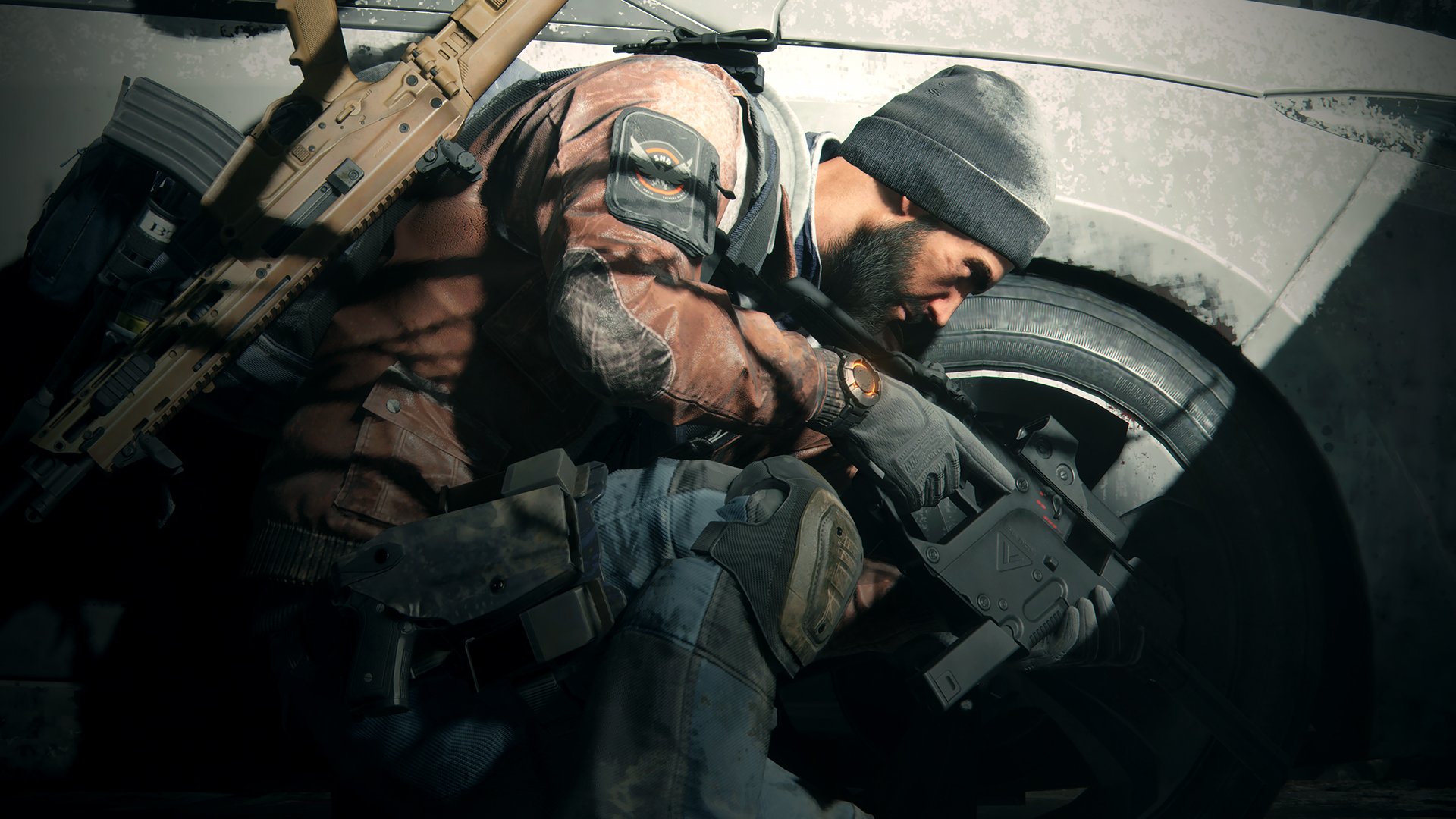This is how the world ends, with plenty of ammo.
I make my way through an immense, beautiful world. The attention to detail, based on a real-life city, is impeccable. My first mission has me killing a lot of people to reach a seemingly more important one. Along the way there are mini-quests and a few elaborate side missions. I get lost in the conspiracies and the feeling that the narrative is building to something bigger, something more thoughtful than the typical third-person actioneer. But about twelve hours in I get concerned that while the world is big, the gameplay—and what I’m actually tasked to be doing—is extremely repetitive.
And no, it wasn't 2016. The year was 2007. The game? Assassin’s Creed. Years later, the sequel would remedy a lot of issues, and Ubisoft’s flagship series has thrived with many high points like ACIV: Black Flag and last year’s Syndicate, so it can be easy to forget that the first iteration was, in hindsight, more like a twenty-hour tech demo. Two years ago, Ubisoft made a similar overreach with a too-good-to-be-true premise that was indeed too good to be true: Watch Dogs.
Now, we have Tom Clancy’s The Division, a venture that was hyped several E3s ago as an always-online third-person shooter set in a modern post-apocalyptic setting mainly in Midtown Manhattan. The results are a lot like going back to the original Assassin's Creed: wonderful detail on a new console, tons of potential, saddled with generic campaigns, a level-up system that matters little, and a lack of save points that matters way too much. With that in mind, does waiting for The Division 2 makes more sense?
[NOTE: My initial impressions—which were much more enthusiastic—can be read here.]
After a fiendish outbreak is created by a group of terrorists, Black Friday is doomed as infected twenty-dollar bills are dispersed among shoppers. The result is a deadly strain of flu virus leaving millions dead. What’s left in the world (or NYC as far as you’re concerned) is the weak, the crazy marauders and looters, and you, an agent for a military group that intends on cleaning up the streets. In essence, you’re way too similar on paper to the neo-fascist police groups that got dispatched by Alice in every Resident Evil film. Sure, the person you take orders from, Faye Lau, seems decent enough, but just why are we killing so many people with hoodies? Moral dilemmas are a staple of the Assassin’s Creed games, but I’m not sure being a badass gun-toting agent is quite the same.
On the one hand, I think it’s admirable that by and large Ubisoft doesn’t venture into the morally shallow argument of killing aliens like in Destiny, the game The Division is clearly the most like in terms of gameplay and target audience. On the other hand, taking down a regular human in The Division is beyond ridiculous as you riddle them with endless bullets in the head. This ammo-sponge thing was already a problem in Uncharted, but this is next level annoying, though it makes gaming-sense if you're comparing it to Borderlands.
The main mechanic of course is based on cover-based shooting. Hitting A will snap you to the nearest wall, car, or other stationary mound. Just like a Assassin's Creed game, the HUD will highlight next to cover so you know exactly where you’ll end up. You can blind fire, but the normal shooting via the left and right trigger is preferable. Depending on what skills you have decided to focus on, you can enhance your abilities. If you’re behind a wall of fire, you can hit the left/right button to put down a turret to shoot back or drop a mini-health station nearby to create a green radius that restores the health of any allies within. All of this takes no time to get the hang of.
The cover, it should be noted, is more nuanced than the typical system. Cover is not always at 90-degree angles so it's easier for you and for enemies to be hit from different angles. Also, like most modern shooters there’s an emphasis on verticality so some positions can leave you vulnerable from above or below, especially in an abandoned highrise or an electrical plant. Regardless, as shooting is the primary staple, it’s great that by and large the ‘pop and stop’ way of playing works really well.
To keep players invested, there are plenty of weapons to collect and a level system that amounts to having to be over level 30 to finish the main story, but unlike Borderlands, the gameplay doesn’t seem to get more complex. Just longer. Seeing an mid-boss called a “cleaner” with a big purple hit-point bar above their head feels off since the guy still just looks like a person in regular clothes. Again, he’s not a twenty-foot monster with thick skin, so why am I using a level-ten machine gun to slowly drain his health? Because game.
Okay, that’s not the whole game. One of my favorite aspects early on is the triggering of an ECHO. Each ECHO is a digital recreation of an event that has happened in the past. Some are more for flavor, like seeing an abandoned ration van that, when the ECHO is activated, shows how a riot broke out with civilians fighting for scraps of food. Others are more detective-like, with the players finding an ECHO and searching another area to add more pieces of a narrative puzzle. They aren’t as fun or clever as Detective Mode in Syndicate, but it’s a welcome change of pace from killing 24/7.
Speaking of narrative, the main story is solid until a weird non-ending. It’s not really a surprise though, since we can most likely expect additional main missions in the future. If you get stuck on a mission difficulty, something that happens a lot in the first ten hours, you can hit Y to match for someone to play with, but in my experience hardly anyone communicates with each other unless you're in a party with friends. Unlike Resident Evil 5, there are no quick in-game player alerts here: “I need health”, “go this way”, etc. Instead, you only have those dumb wave, salute, and other emotes that are typically only used at the end of mission and have no audio.
There are three ways to play: solo, online with friends, or online by using the matchmaking system. As a solo experience, my time has been way more consistently engaging than Destiny or Titanfall. There’s a lot to explore / loot while on your own accompanied by an eerie sense that isolation fits. What can be frustrating are the unforgiving save points. In an online session you can at least hope to be revived by a teammate, but a solo death means respawning in one of three known locations, which are the last checkpoint and the nearest safe houses. Too many times, I’ve died only to realize that I now need to walk (there are no working cars) half a kilometer away. This can be extremely frustrating when you were just trying to do a few random encounters to level up. Having to return to the spot where you died, which is marked with a red X, can be grating as this is the game indirectly saying “yep, I know exactly where you were, but I’m not gonna put you any where close to that.” Often I would just give up and move on to another part of the city.
Still, in an odd way this can be sometimes preferable to using the matchmaking. As mentioned before there really is no way to talk to people you don’t know online, so there’s no real way to coordinate an assault. Sometimes things work out, but often it feels like a bunch of randos trying to complete the same level without much regard for one another. Seeing a new teammate just stand there, I can’t tell if he/she is on their inventory screen, if the game is lagging, or they went to get a sandwich. Argh.
The best way to play, which is the way Ubisoft highlighted at E3, is online with friends. Being able to chat is key, obviously. And it also can make things unintentionally funny, like shouting to your friend that now is not the time to head back and grab that extra recon collectible while in a firefight. We’ve all played online with friends, and in a game like this, running down the streets chatting away about your real day as you see a metropolis in ruin is strangely comforting. Is that the intention? Maybe not, but online with a good group of pals is one of The Division's highlights for sure.
For a deeper challenge, a Dark Zone highlighted in red on the map is home to the game's PvP mode. The idea, one of the better ones, is that this section has been contaminated, but there are supplies there: valuable ones. So you can venture in with a gas mask, find these items, and fend off other players or NPCs while the items are being made “clean.” If you do decide to start killing off others to loot their stuff, you will be marked rogue for the session. This was a fun distraction of sorts for a few hours, although I don’t really find the looting all that compelling.
Another small complaint is the limited range of clothing options. I love how varied and gorgeous the attire in Assassin’s Creed have become. Here, I get that it’s the "real world," but parkas, jackets, and baseball caps are fairly lame for outfit options. Where’s the sense of style? I’m not asking for a bunny suit like in Saints Row, but maybe something just as outlandish made from what’s leftover from the clothing district.
As for the world-building part of The Division, there is a base of operations where you can put points into developing three departments: medical, security, and tech. The most obvious correlation is that as you put more in medical, your health gets stronger. And so on. At any time you can look at your 3D map to see which of the three branches you care to focus on. There are also tons of encounters or other smallish quests to do.
While you can move the right stick to select which task to take on next, it’s easier to use the mission list and just scroll down. Part of the reason is it’s just simpler to use the directional buttons up and down, but the other is that like all Ubisoft games of late, your HUD and map gets cluttered fast. Ubisoft always goes the extra mile for have more content than any one player ever needs, which is great, but a lot of it are distractions. Even when you’re not on the map or your inventory, display icons will pop up on your way to a mission. Hey, checkout this cell phone! Crafting materials right here!
A few hours in, I switched off a lot of these alerts. Kudos to the developers for giving the option to do so. What’s been impressive since the first Assassin’s Creed is Ubisoft’s illusion of open-world possibilities. And that is one of the best things about The Division. Except for the initial boot-up and the occasional fast travel, load times are seamless—an impressive feat when you consider this not only includes all the streets of Manhattan, the subways, and some apartment interiors, but also a spooky sewer system. All of it is gorgeous. Walking by a building on fire as heaps of glass shatter onto the snowy ground feels authentic. The creepy holiday-time vibe as you enter a Macy’s-like department store to see a Christmas tree ablaze leaves an impression. Compare that to the short bite-size levels in Destiny, and it’s really no contest which world sucks you in more. (And doesn’t kick you out.)
To my memory, The Division is the only post-apocalyptic setting where "the incident” just happened. As such, electricity is abundant, which makes trekking around less like the end of the world and more like a horrible breakdown in society. Yet as much as that can deliver a “real” feeling, sadly, you can’t do much. In most instances you can only kill or cause chaos. Stray dogs will pop up which can’t be fed or pet, but if you’re a jerk, you can shoot them. That’s how much “just shooting” describes your range of possible actions. Even a common gameplay option like stealth is not an option. [Can we actually help the citizens of NYC beyond giving them a stray bottle of water? ~Ed. Nick]
The worst and strangest thing about The Division is that like Destiny, the narrow focus on shooting narrows a world that is actually compelling and would have been richer if the developers took the world, the characters, and populated it with much more to do. That’s right, I’m saying it… I wish there was a fan-fiction version of the game until we get the much better sequel. Better still, imagine a mash-up with Watch Dogs. Having the option to play someone that is a hacker against the agents in Division could provide engaging morality issues. You’re welcome, Ubisoft.
Will Division II spring the series into greatness? Fortunately, we might not have to wait that long since the always-online element means that we’ll most likely get a lot of patches, updates, and additional content. While I doubt all my issues will be fixed, there’s a good chance some might be addressed by next year. For now, though, the world is gorgeous. You'll want to stay immersed even when you’re brain tells you there’s not much to do.
They say to avoid the pitfalls of the future, we must look to the past. At the very least for Ubisoft, this mantra could have been thought of a lot more in creating The Division. Like BioWare and Rockstar Games, the French-Canadian publisher has proved time and time again that they are near unbeatable when it comes to hatching up brilliant new IPs. Sadly, they are just as frustrating in what exactly these grand idea games add up to. Watch Dogs, Assassin’s Creed, and now The Division are all the kinds of worlds I love to lose myself in. But I think we’re at impasse. Entertainment is ever evolving, and that goes double for videogames. It’s just not enough to make a game that is big and richly-detailed, only to then tie down players by saying “look at all this, but seriously just do this… pew pew pew!”
-
A beautifully realized "after the fall of civilization" version of Midtown Manhattan
-
For an online game, works extremely well for solo players
-
A lot of little things, but not a lot of variety?
-
RPG elements too simple, too generic
-
Somehow makes shooting boring
-
HUD can be distracting, not intuitive
tom-clancys-the-division
-
tom-clancys-the-division #1
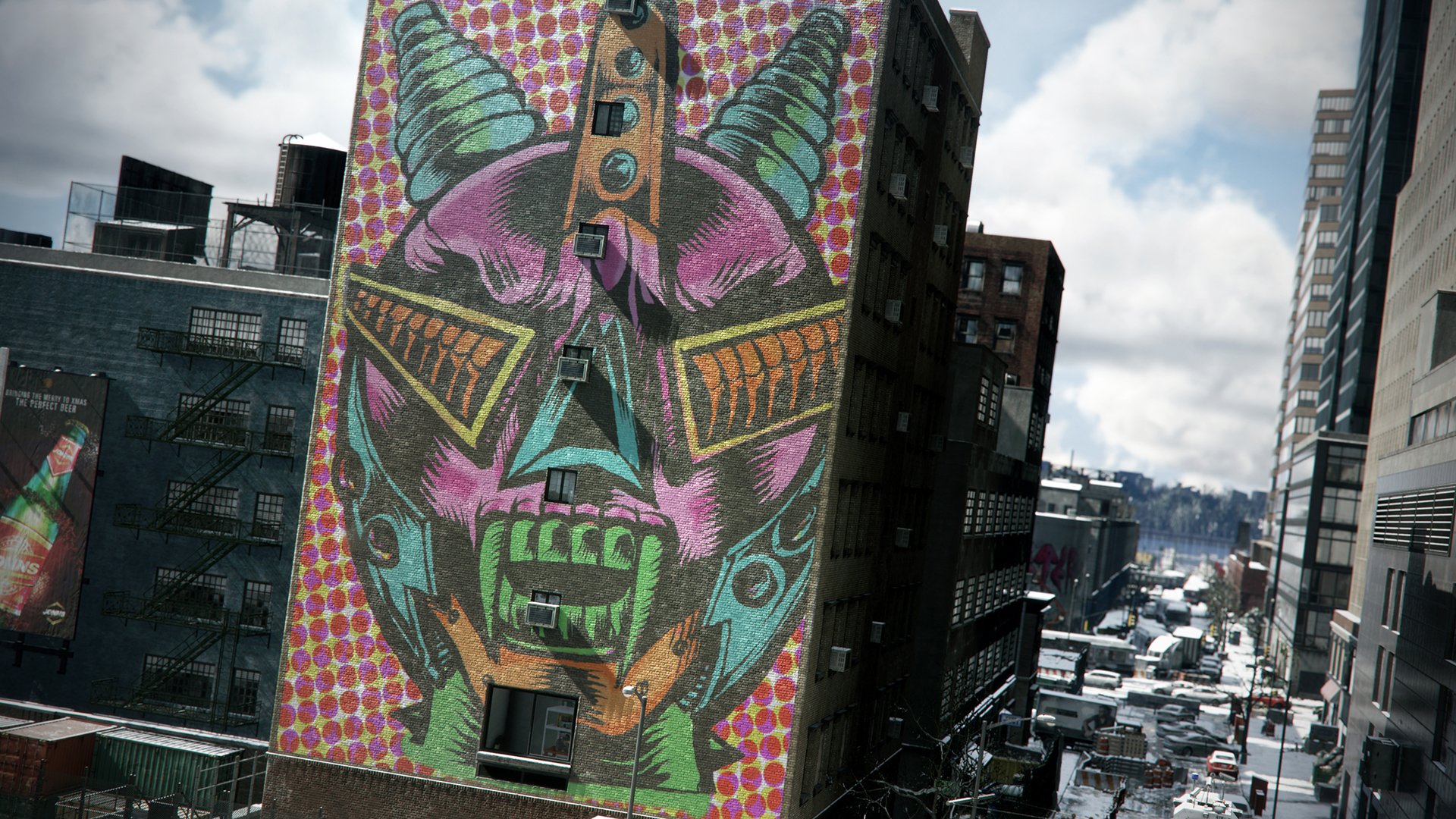
-
tom-clancys-the-division #2
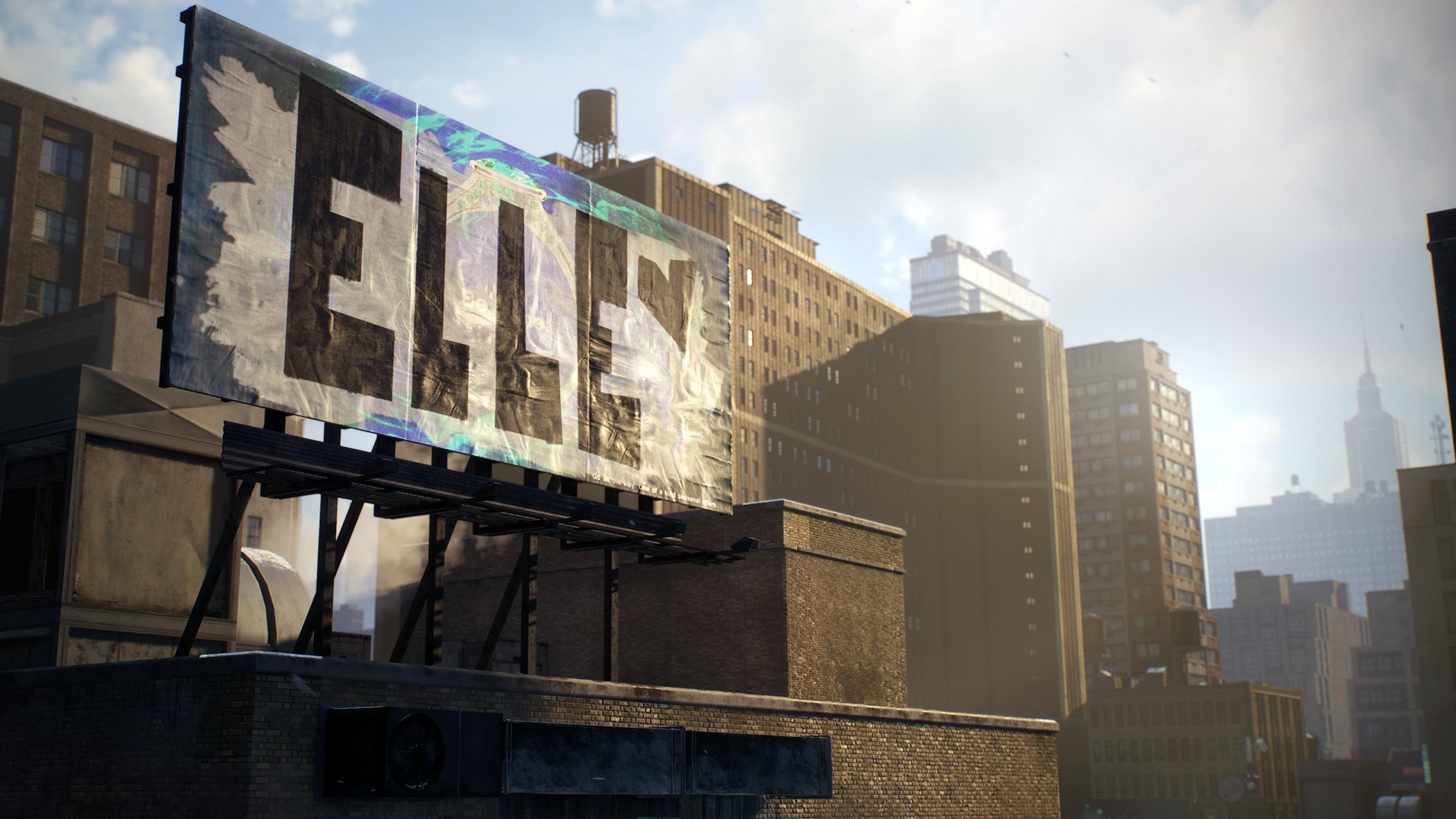
-
tom-clancys-the-division #3

-
tom-clancys-the-division #4
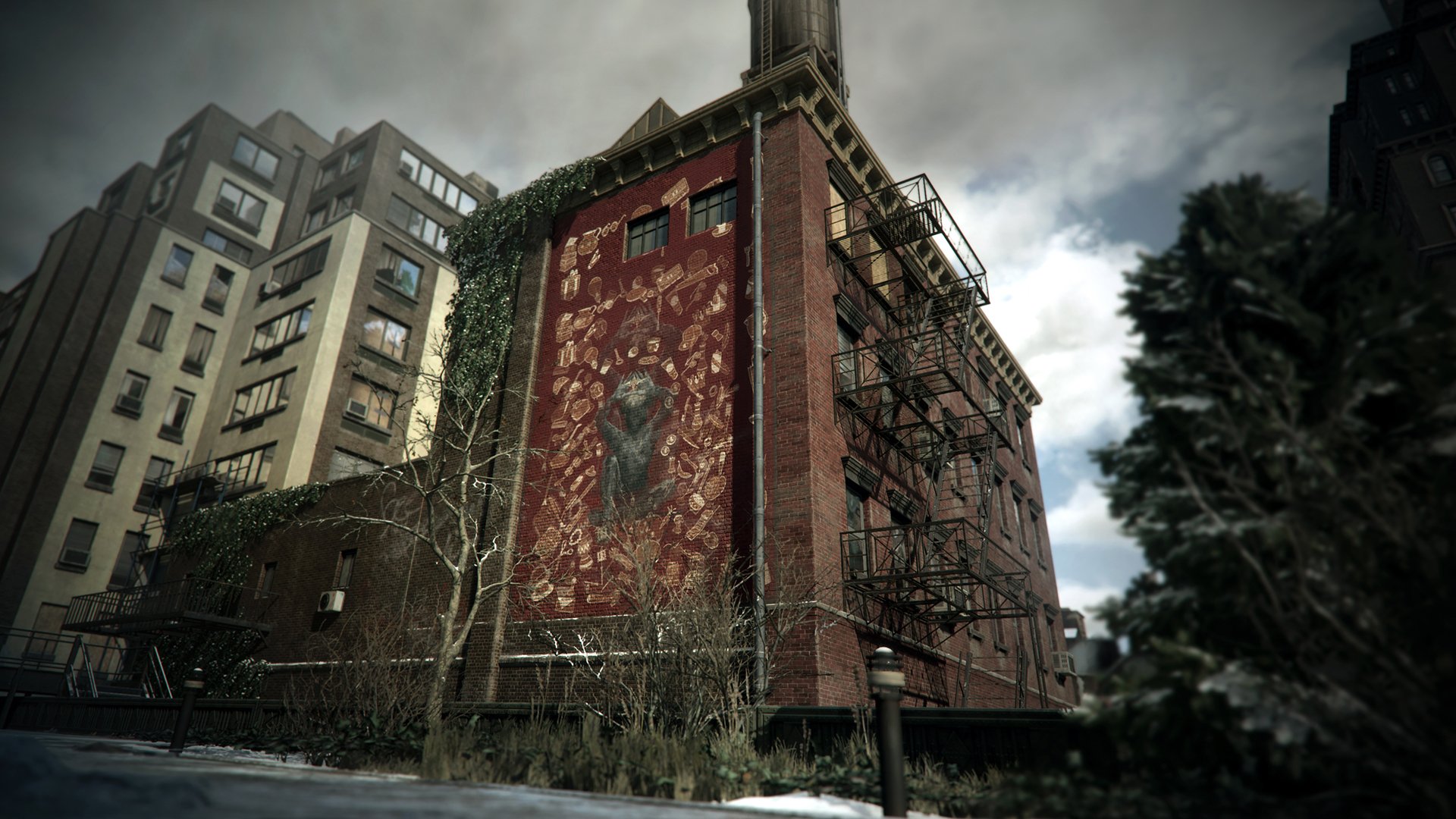
-
tom-clancys-the-division #5
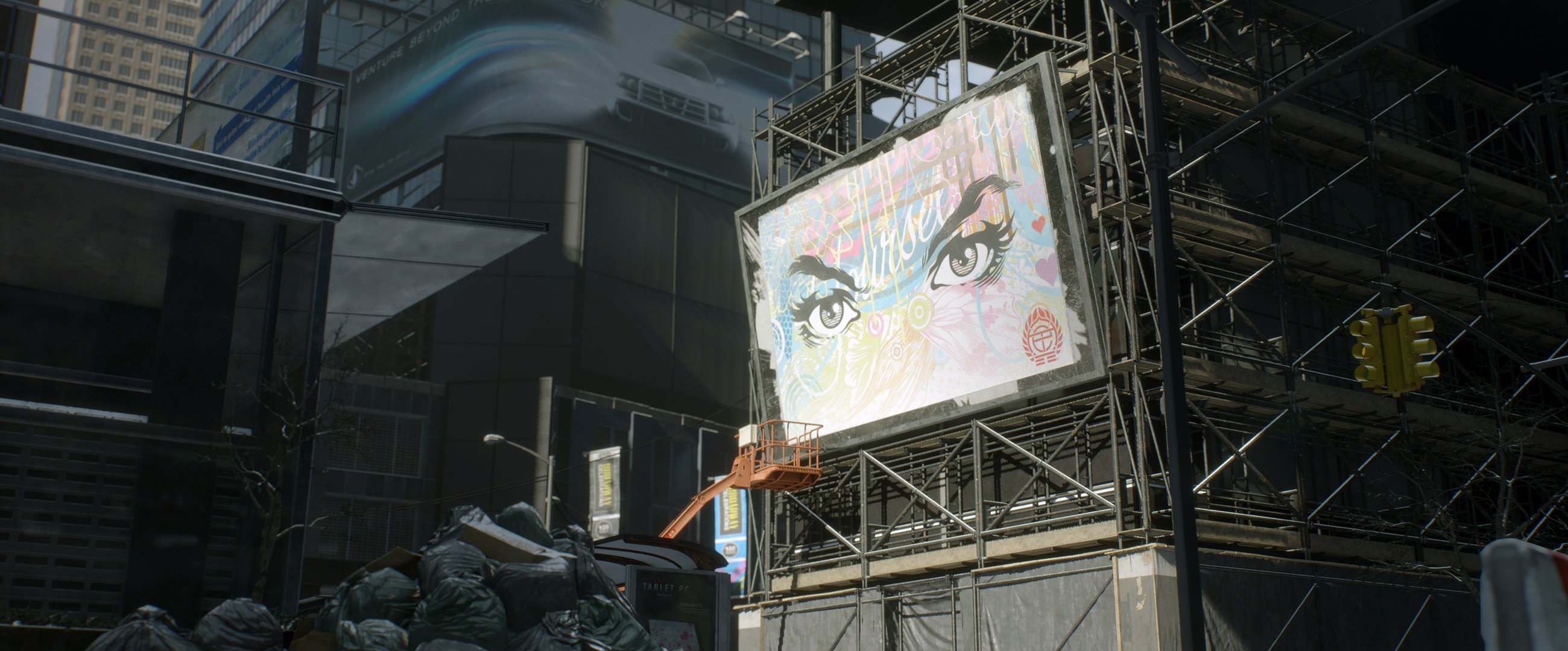
-
tom-clancys-the-division #6
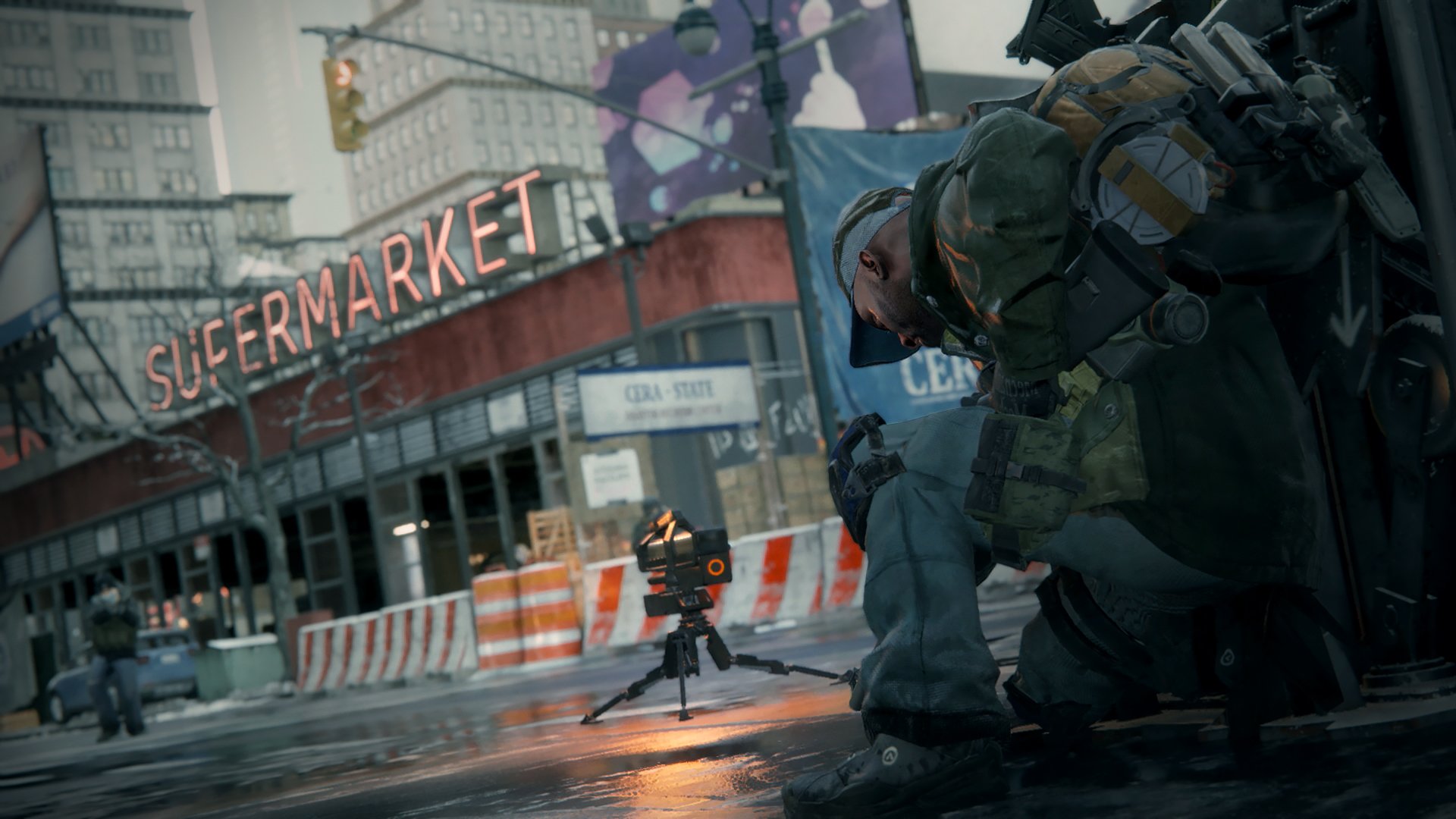
-
tom-clancys-the-division #7
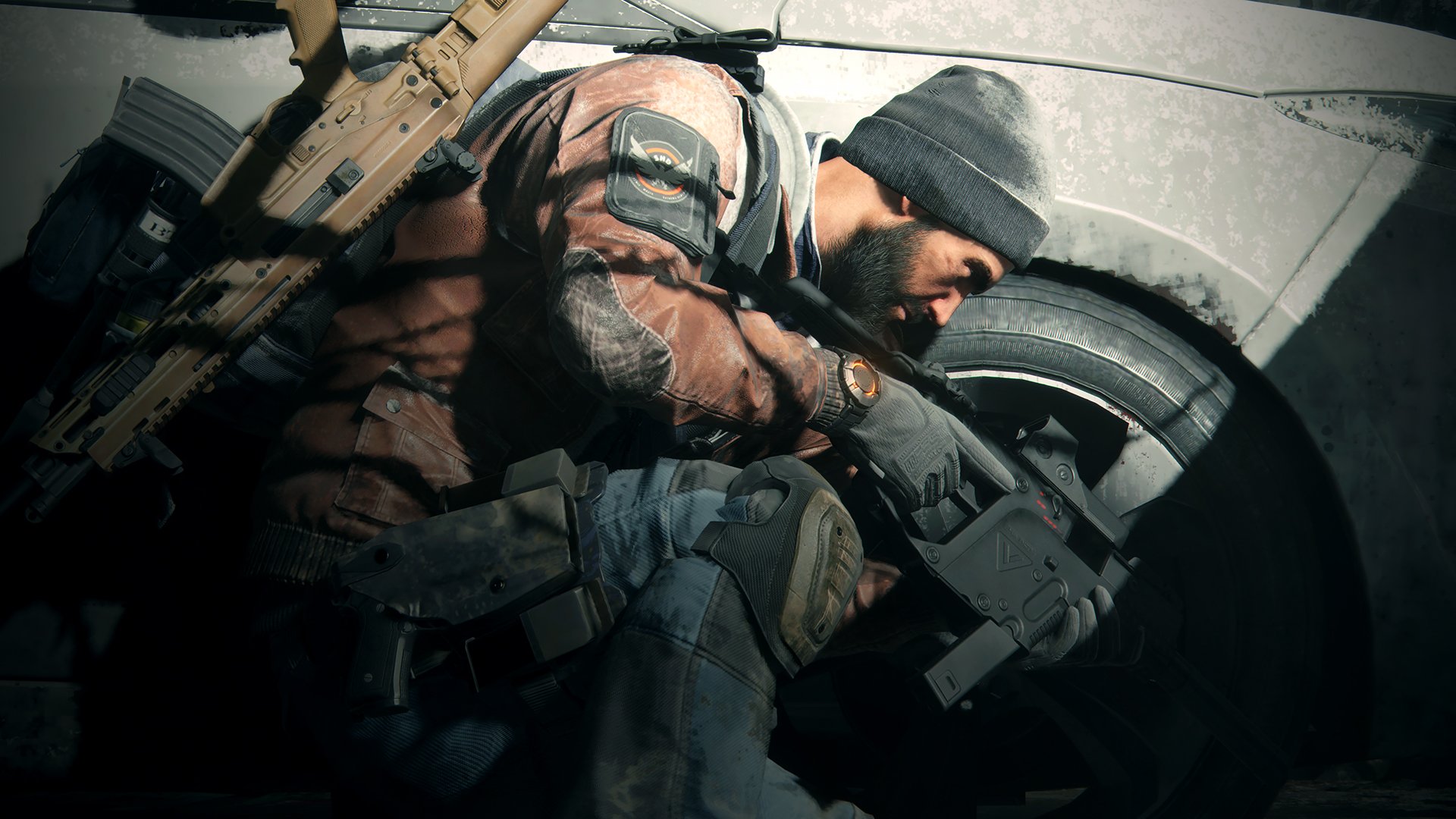
-
tom-clancys-the-division #8
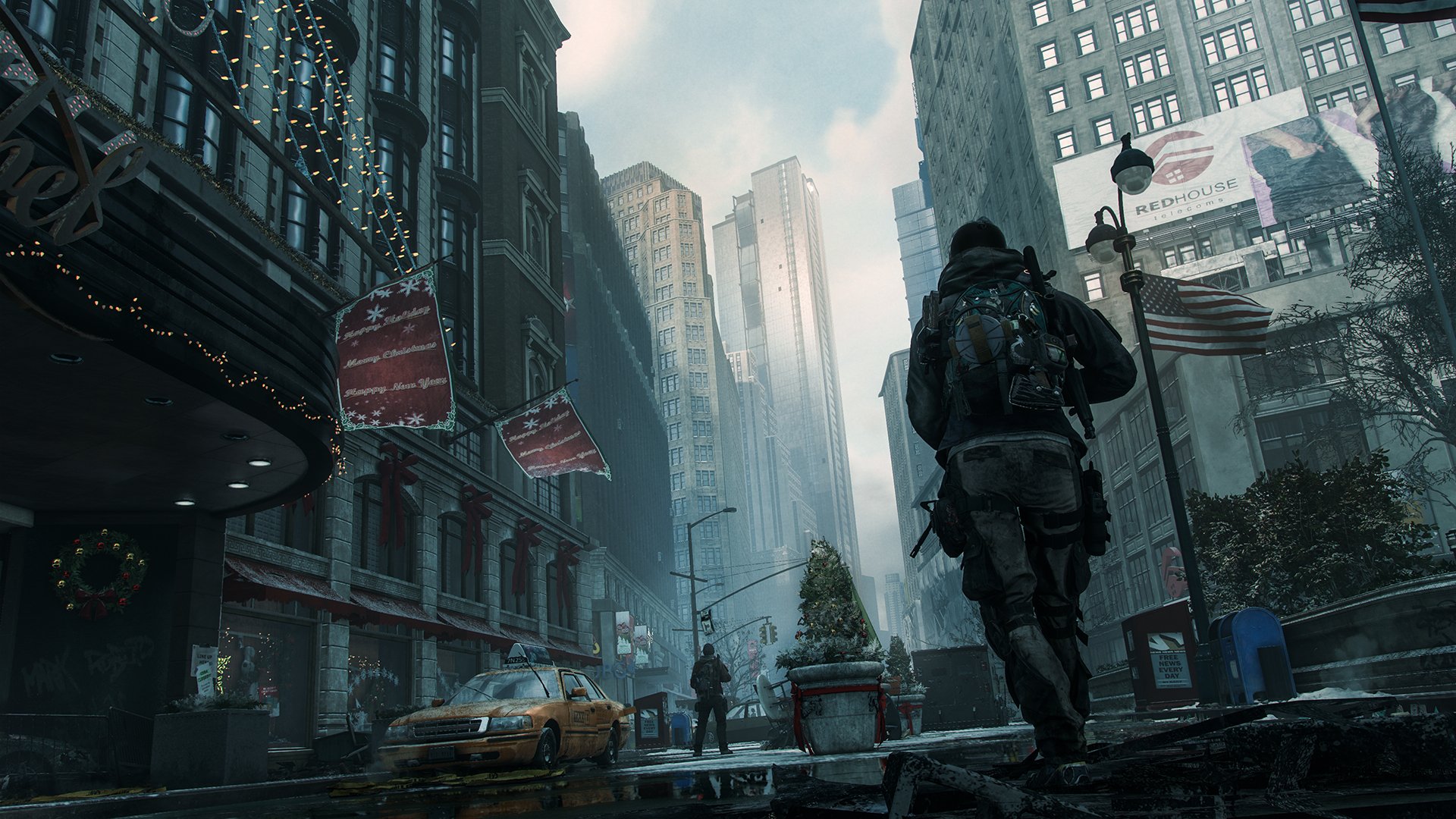
-
tom-clancys-the-division #9
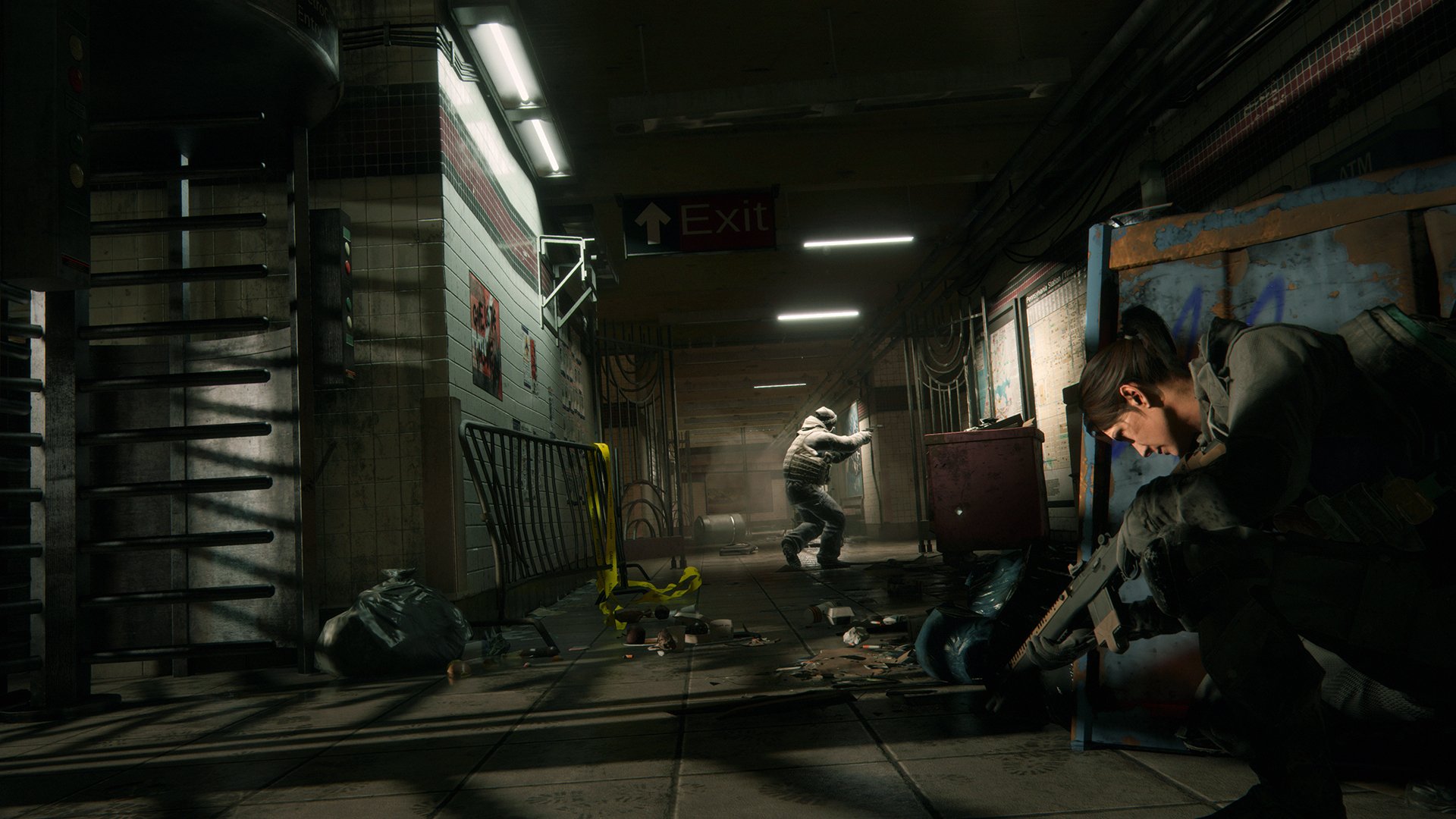
-
tom-clancys-the-division #10
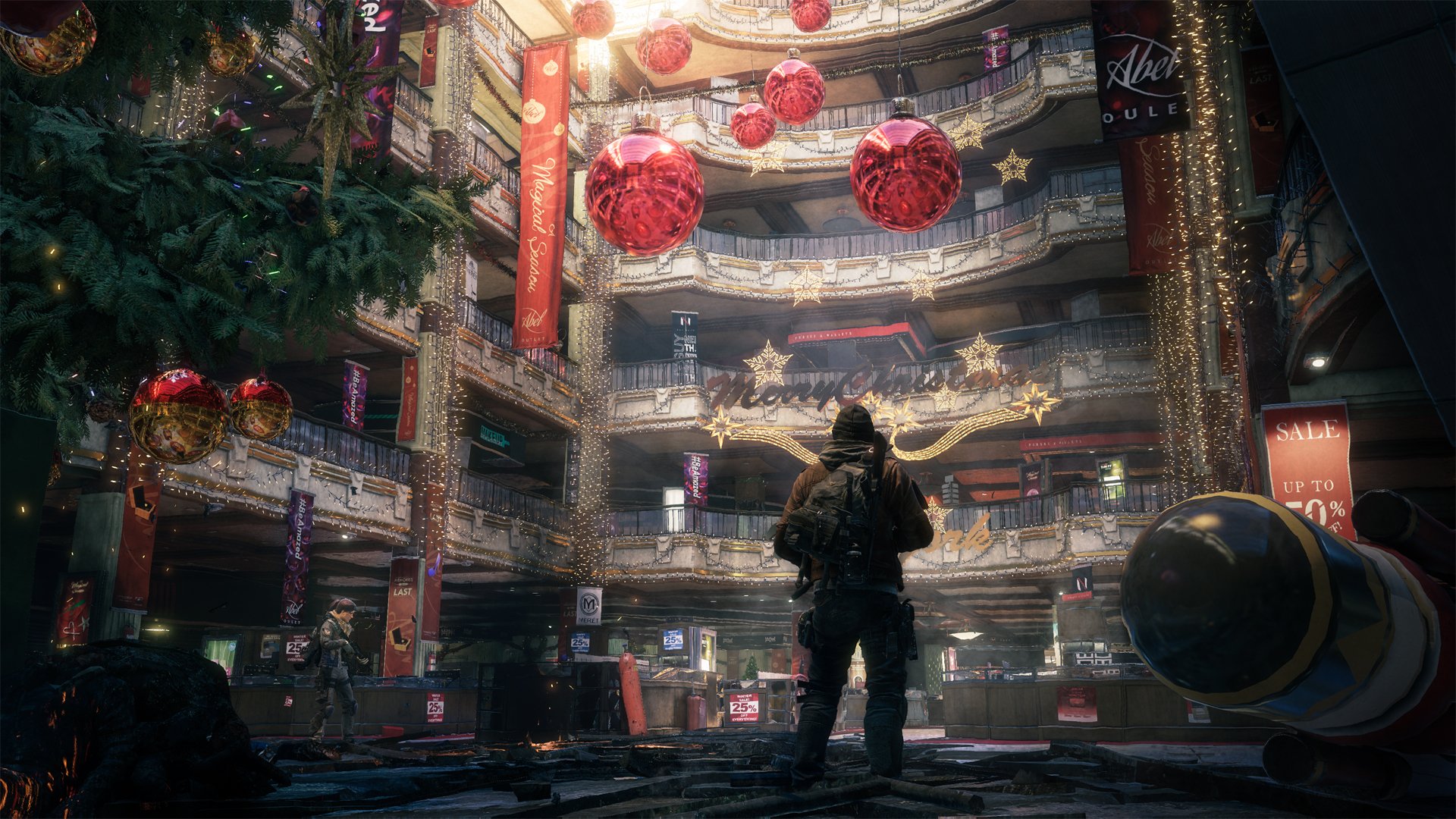
-
tom-clancys-the-division #11
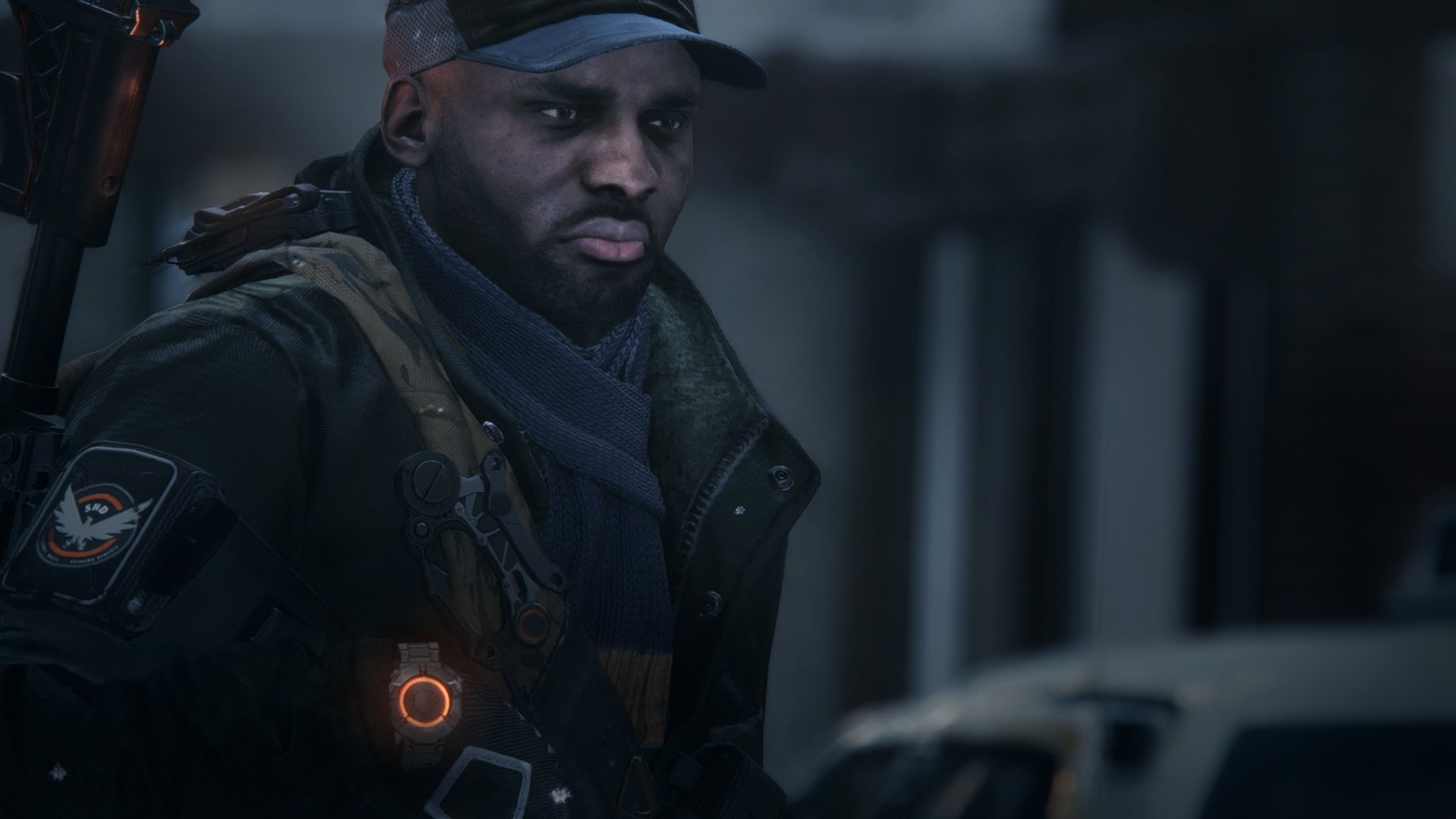
-
tom-clancys-the-division #12
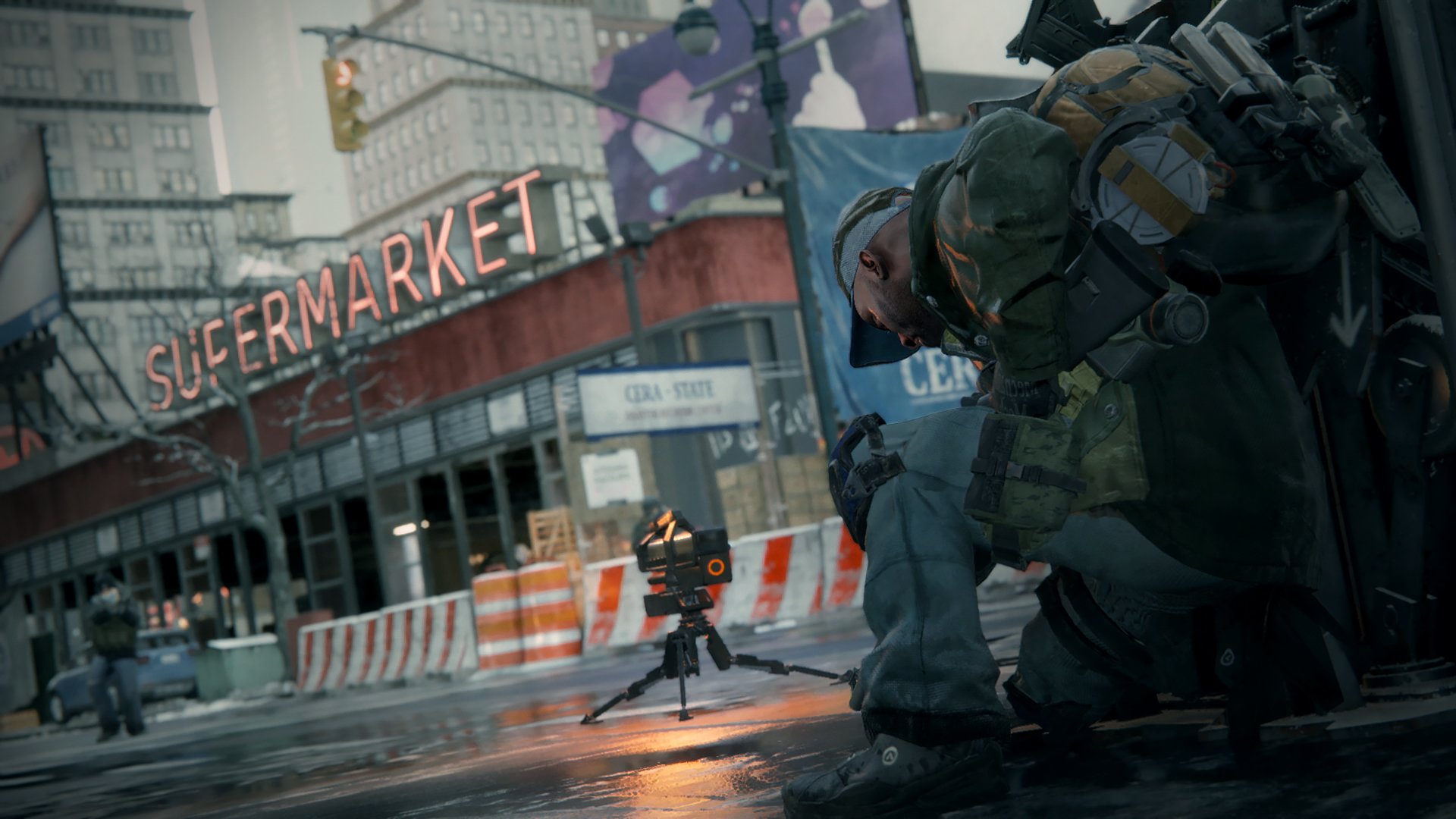
-
tom-clancys-the-division #13
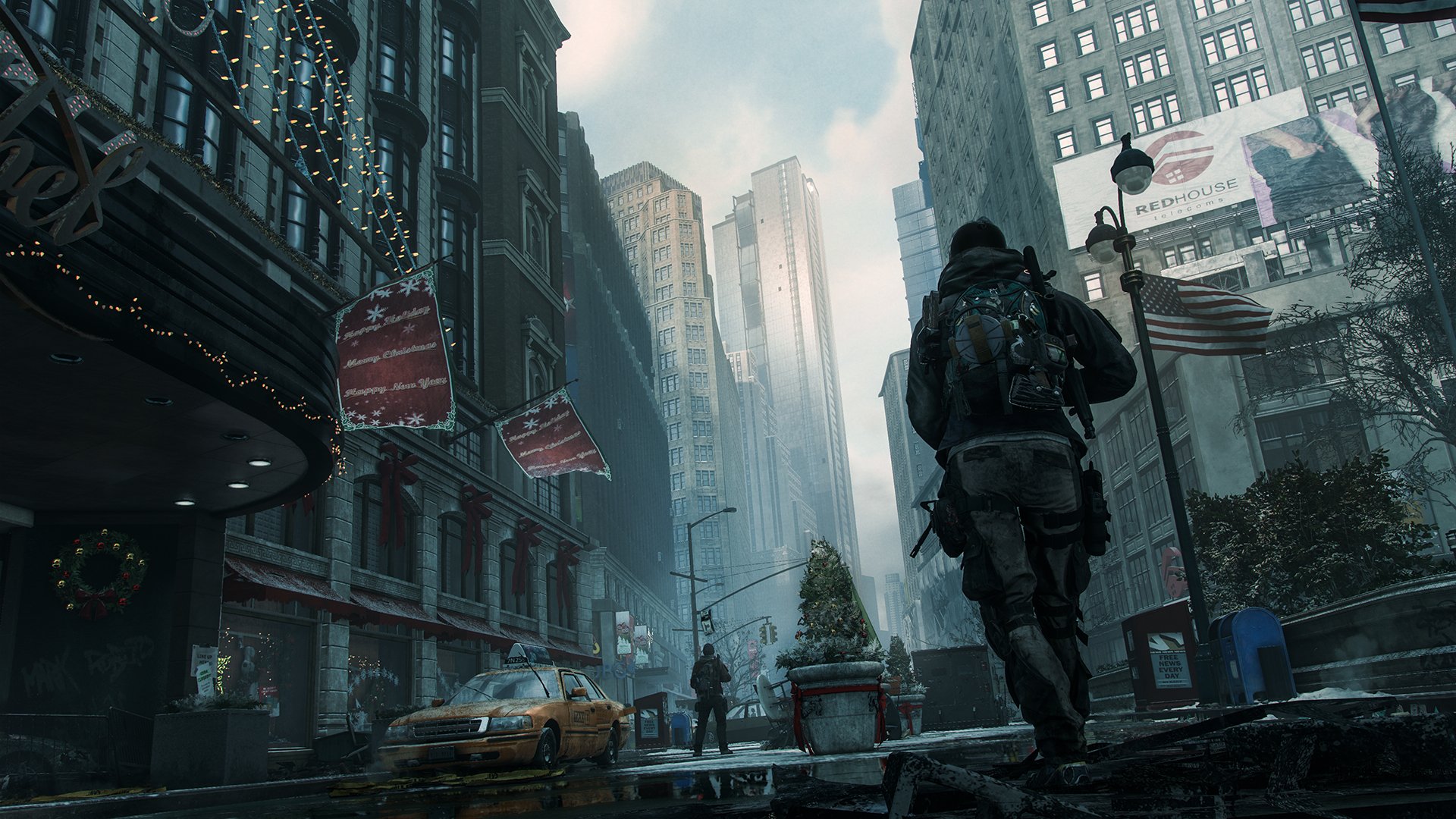
-
tom-clancys-the-division #14
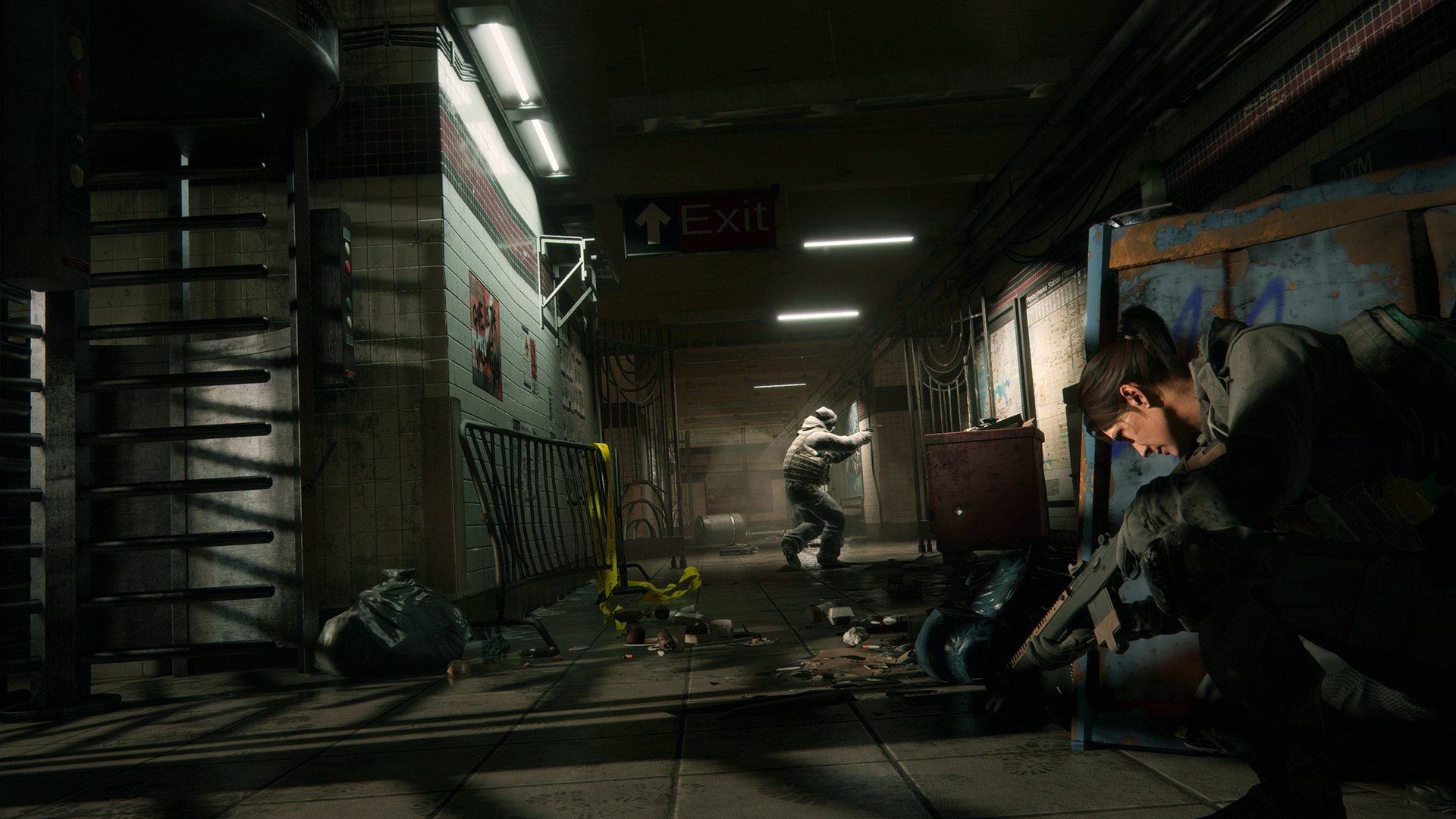
-
tom-clancys-the-division #15
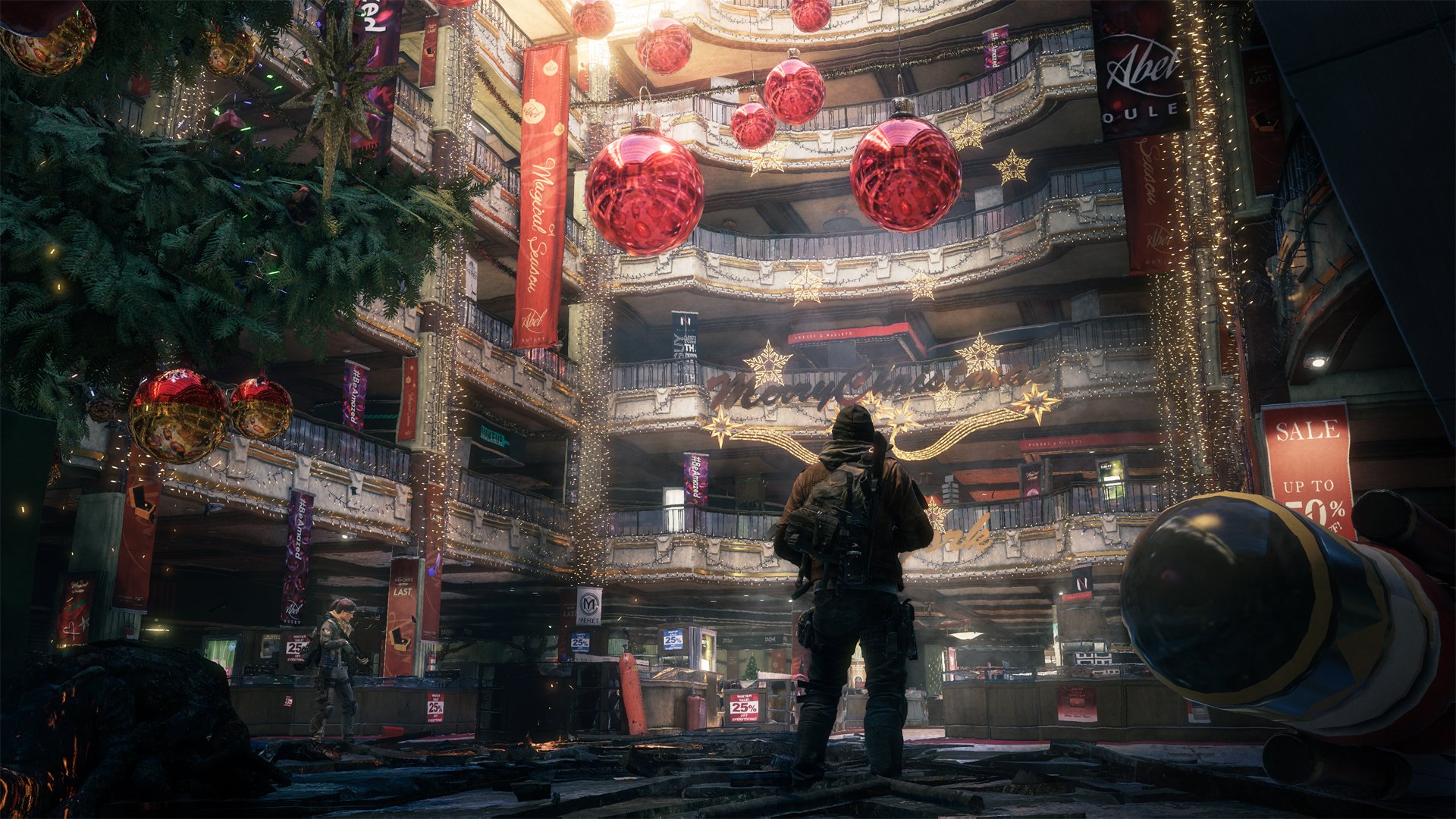
-
tom-clancys-the-division #16
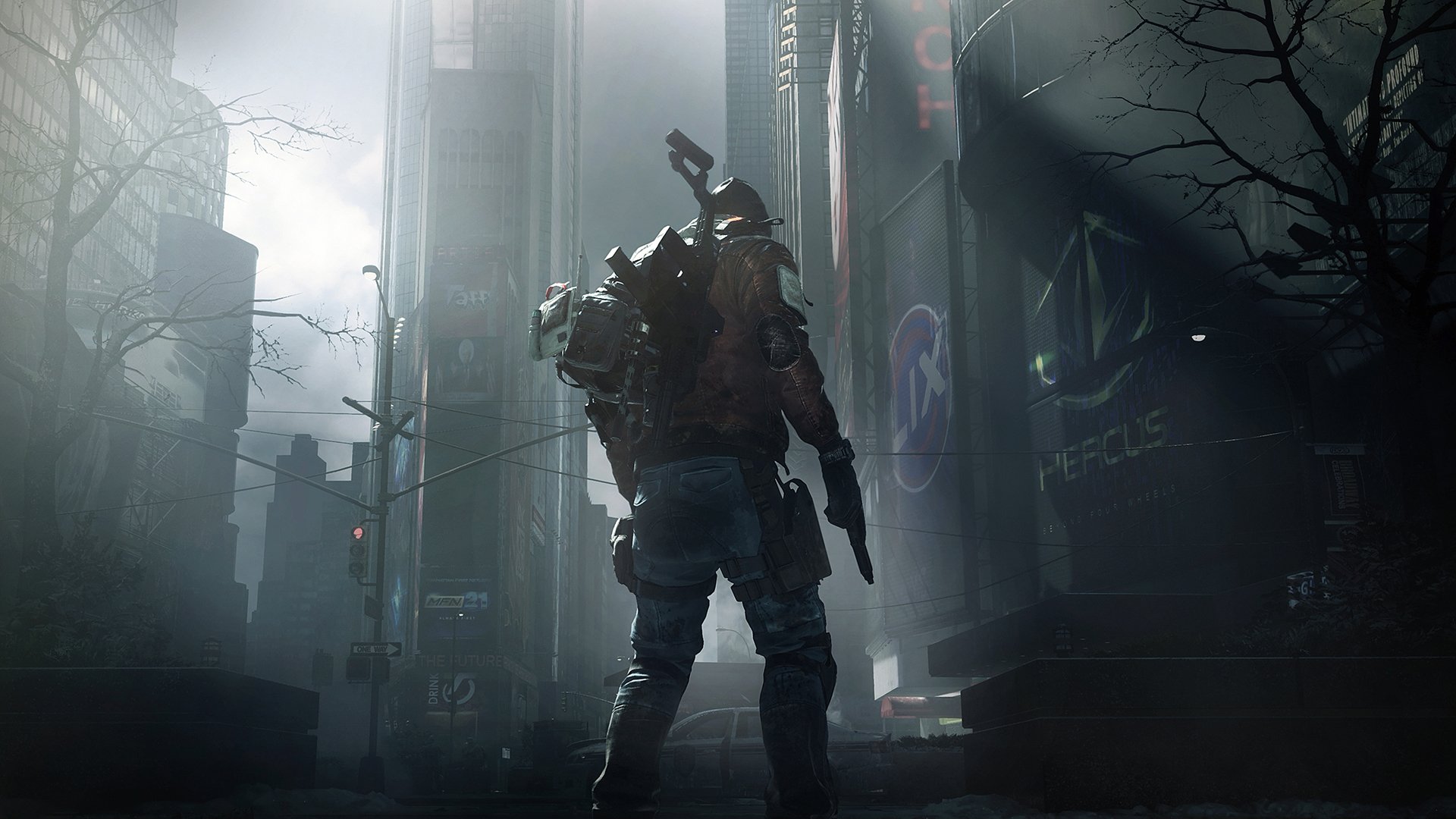
-
tom-clancys-the-division #17
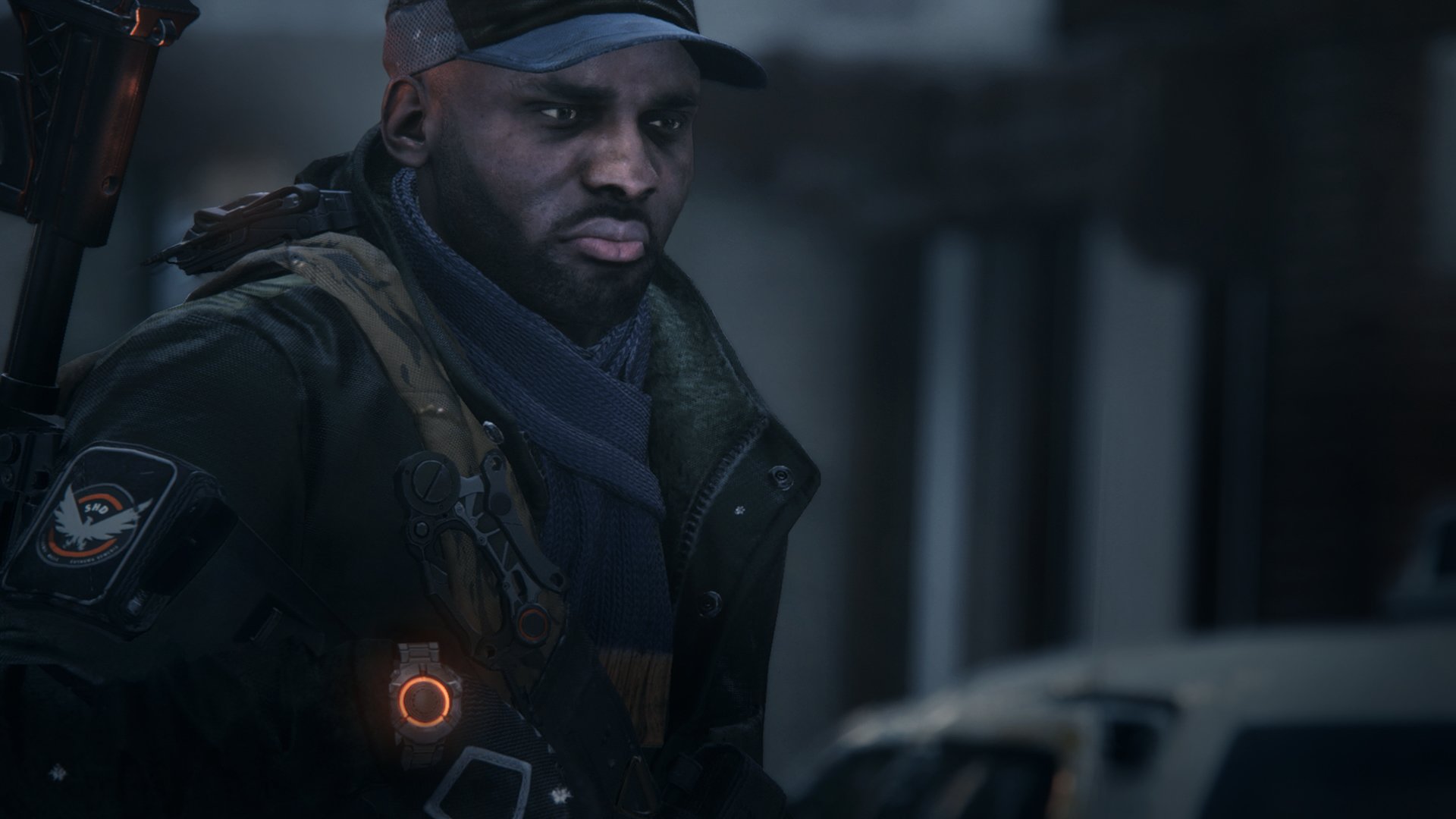
-
tom-clancys-the-division #18
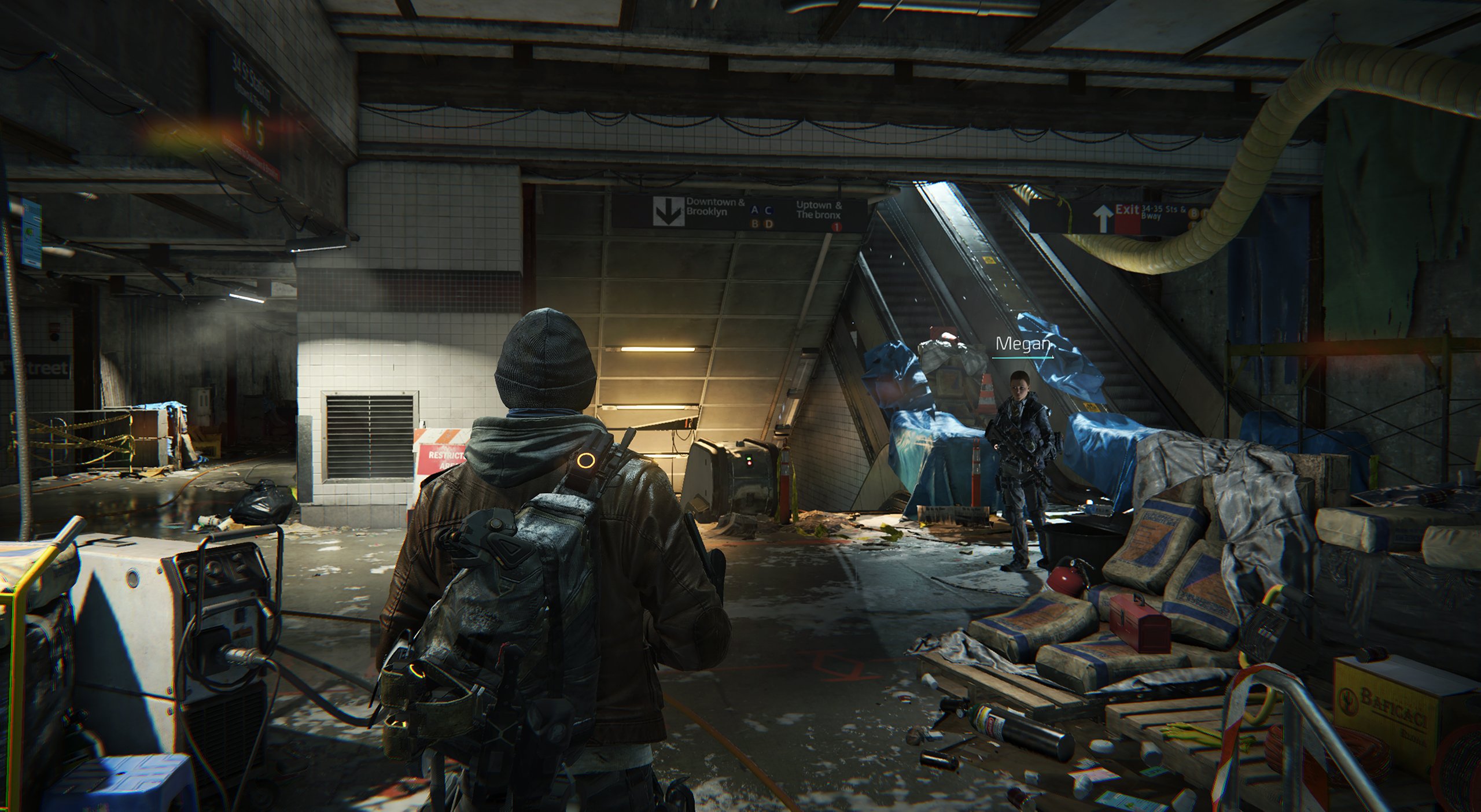
-
tom-clancys-the-division #19

-
tom-clancys-the-division #20
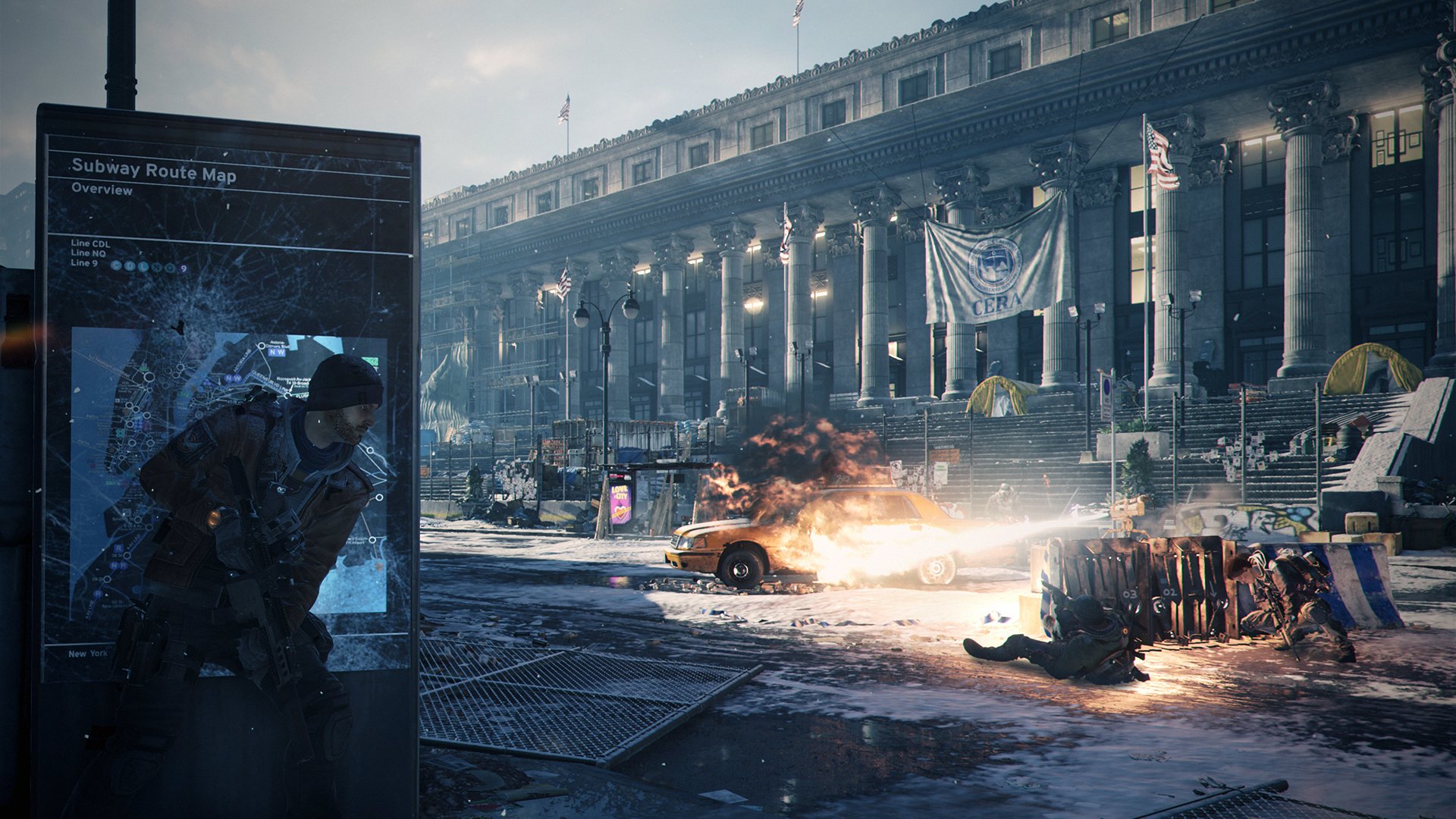
-
tom-clancys-the-division #21
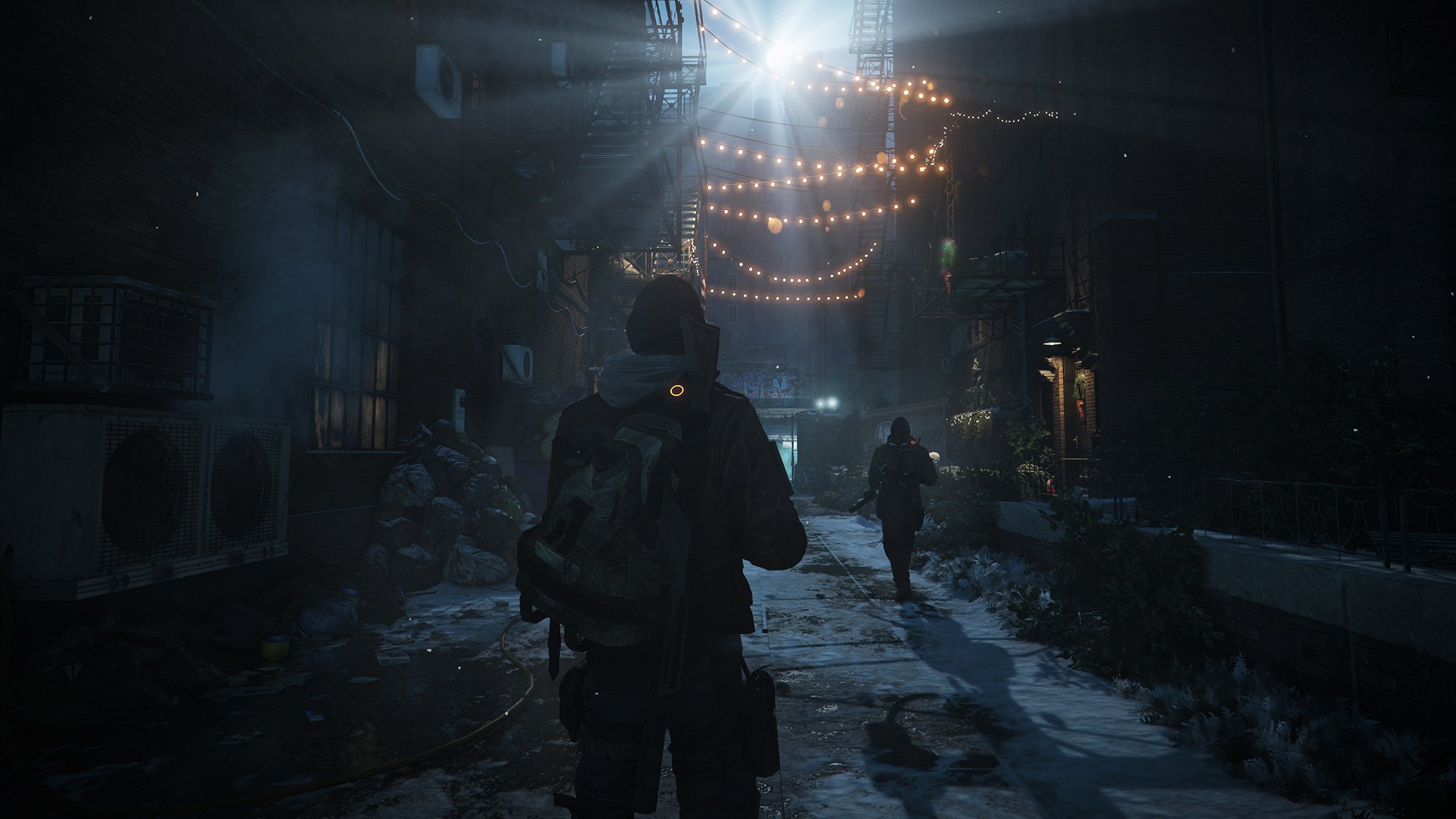
-
tom-clancys-the-division #22
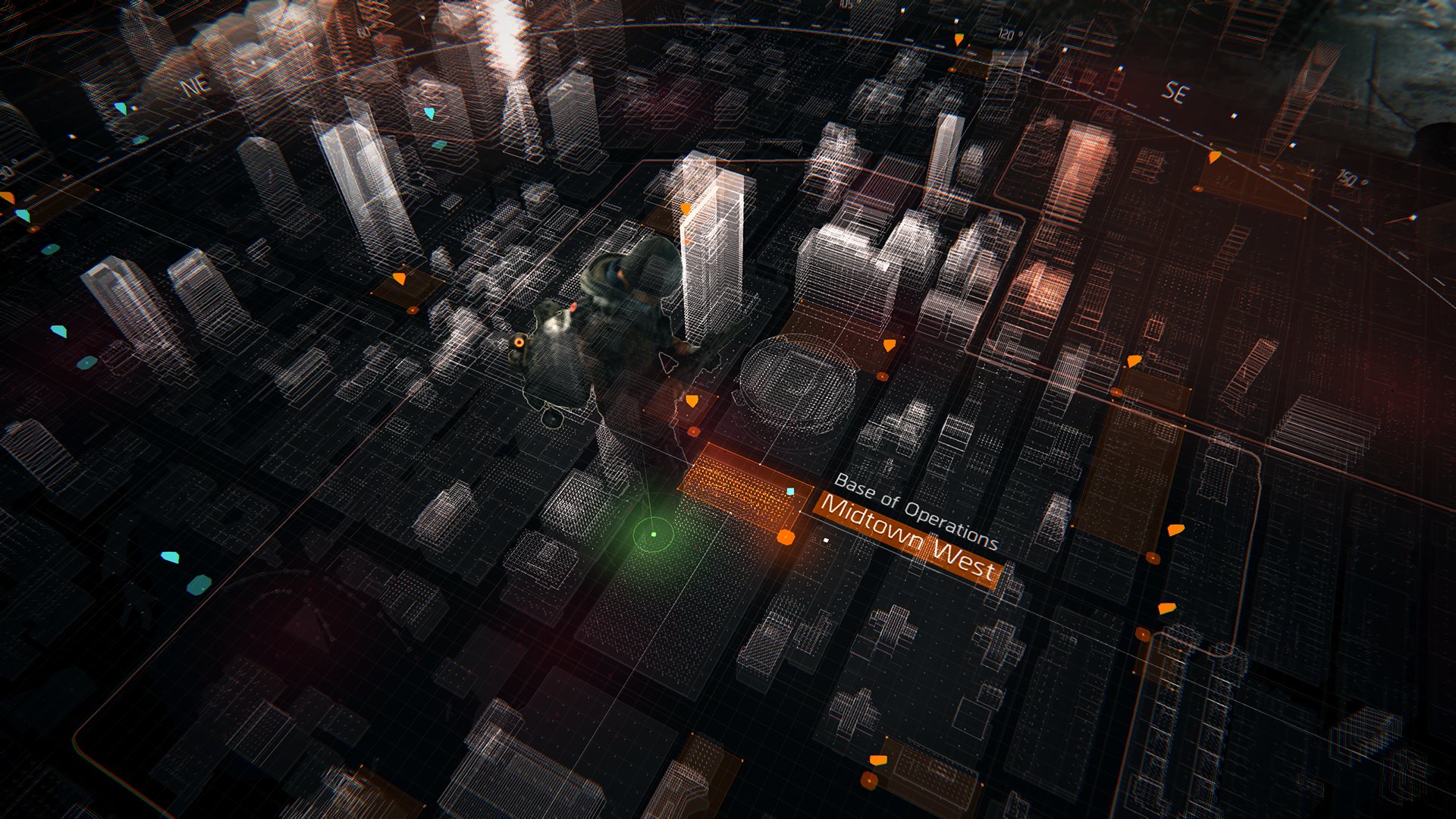
-
tom-clancys-the-division #23
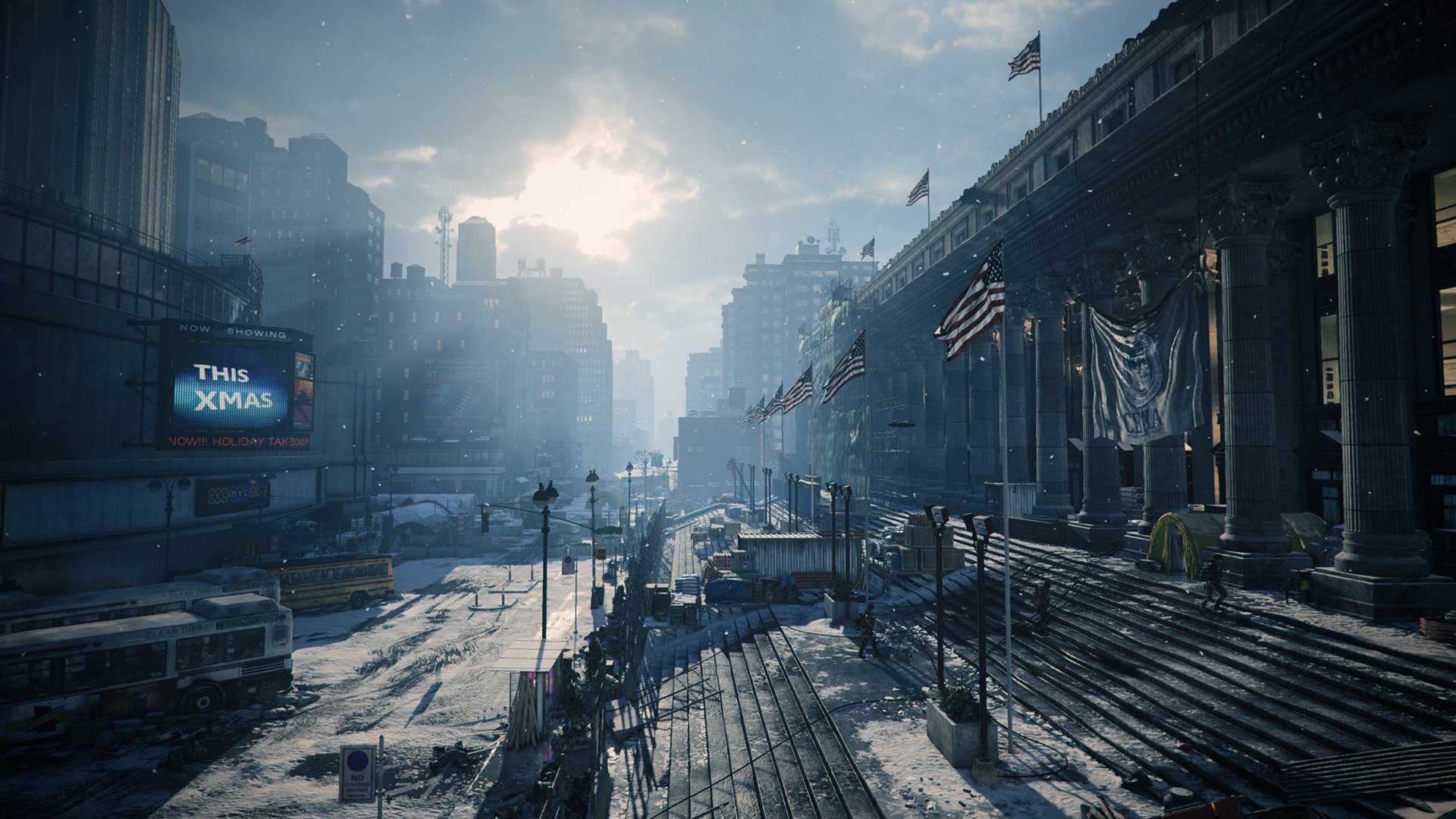
-
tom-clancys-the-division #24
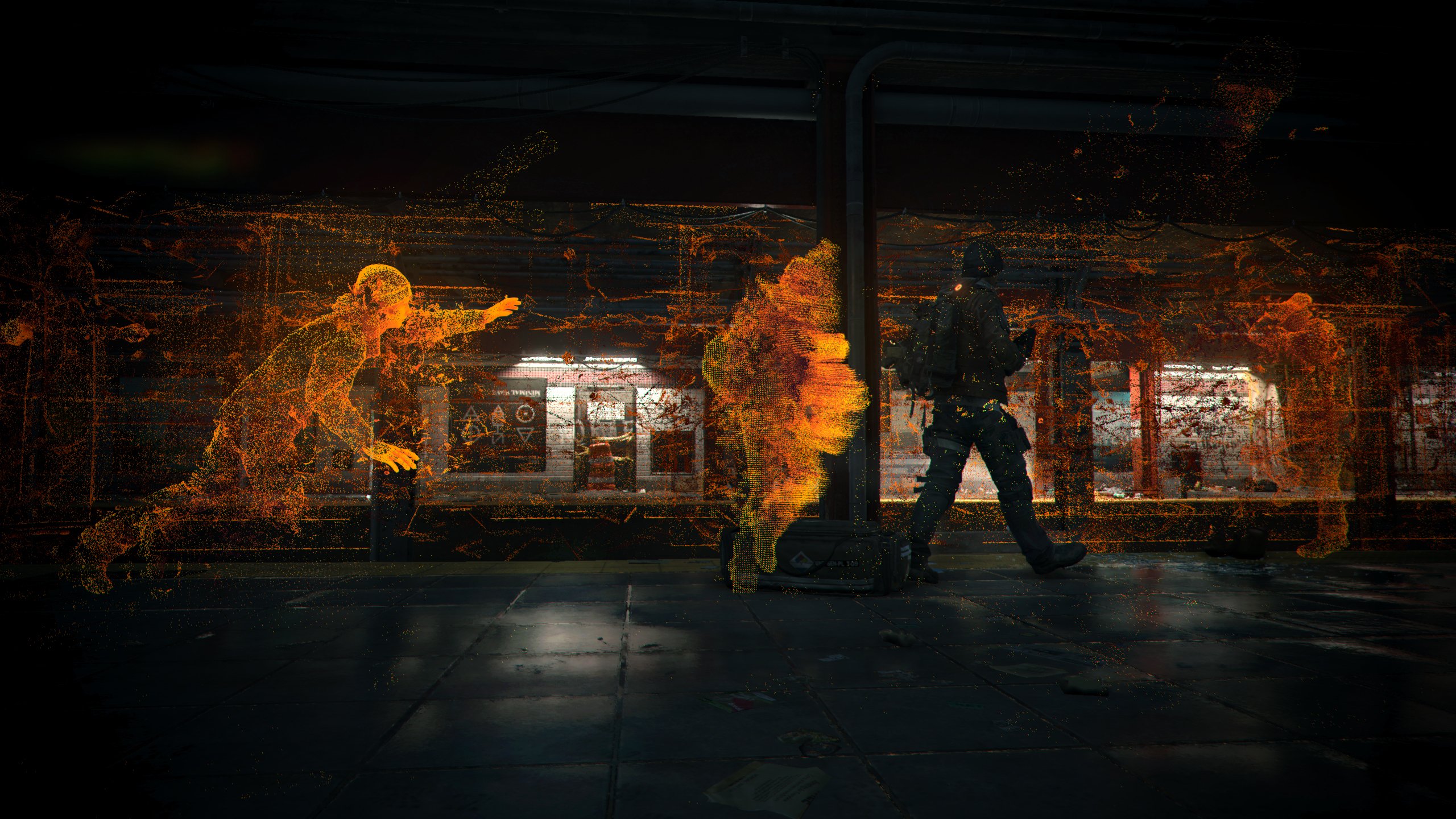
-
tom-clancys-the-division #25
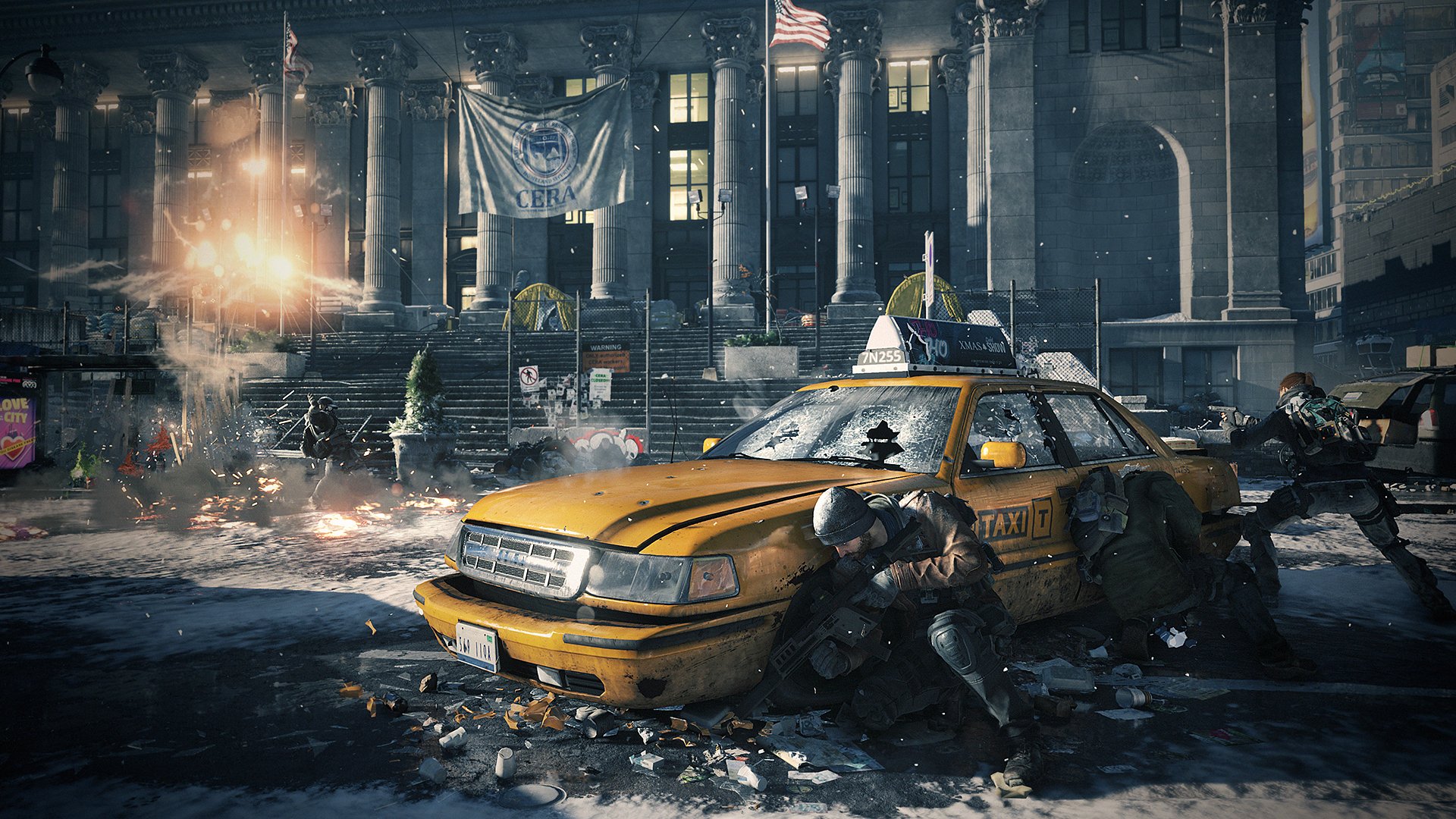
-
tom-clancys-the-division #26
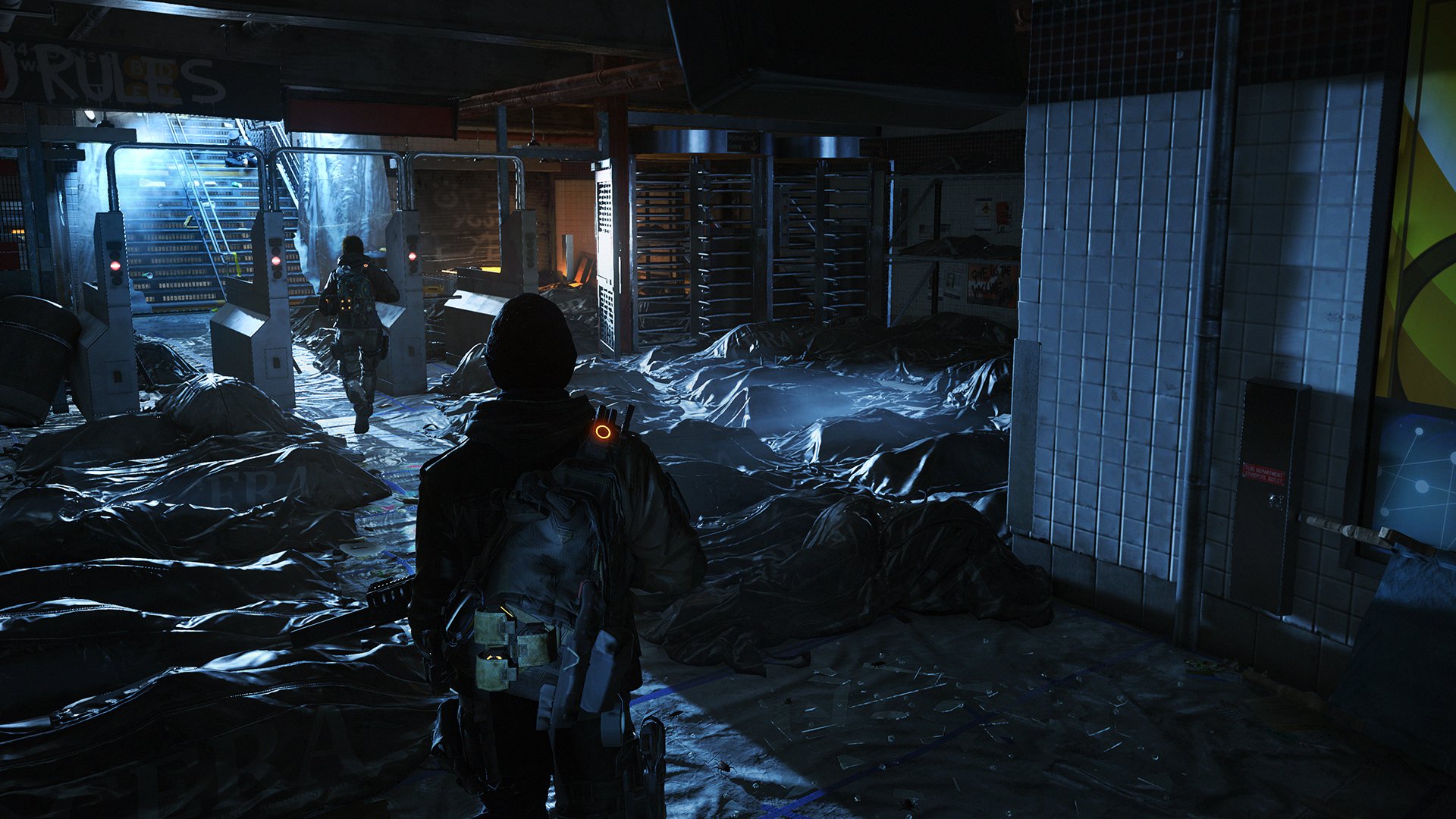
-
tom-clancys-the-division #27
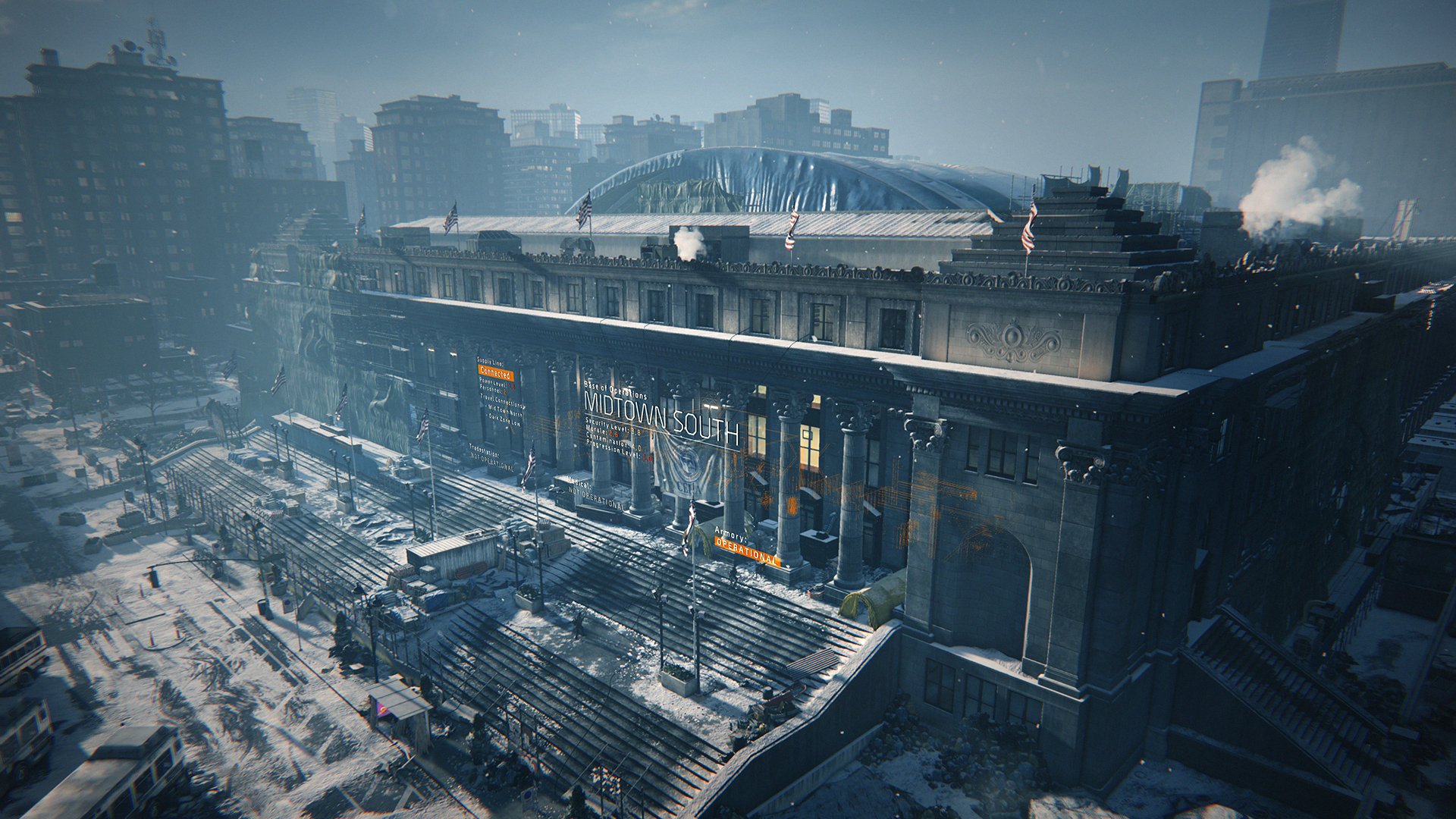
-
tom-clancys-the-division #28
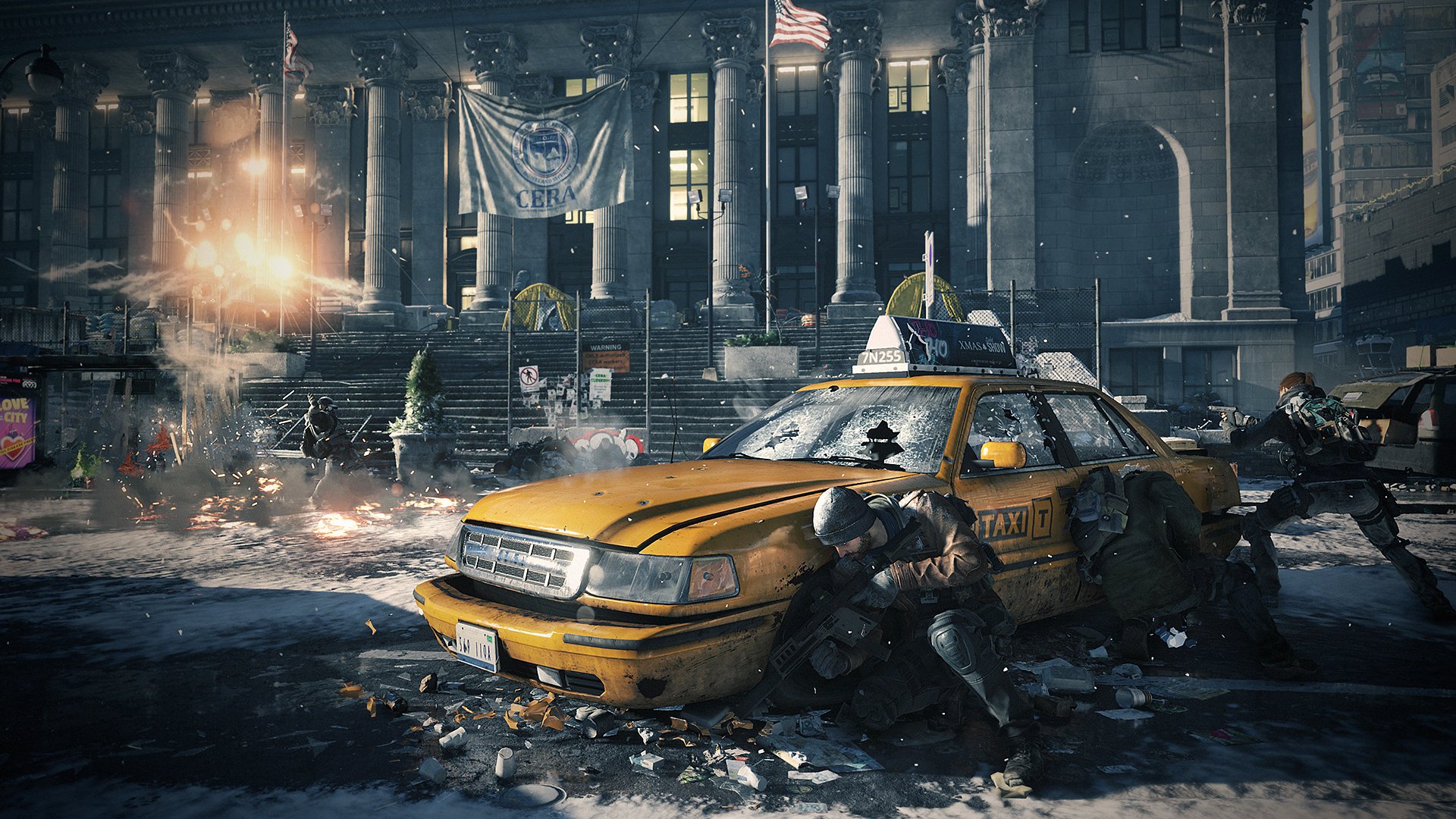
-
tom-clancys-the-division #29
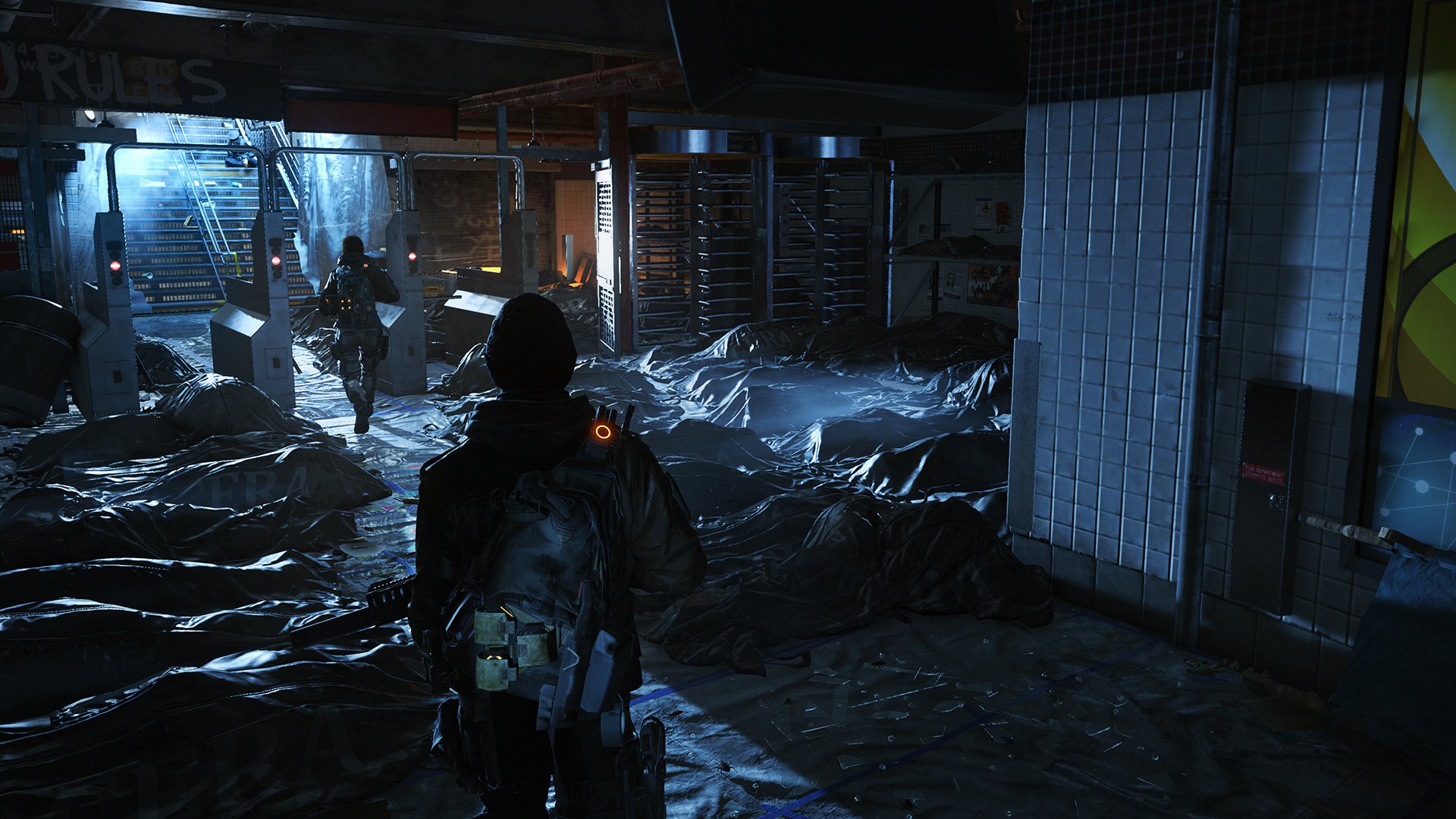
-
tom-clancys-the-division #30
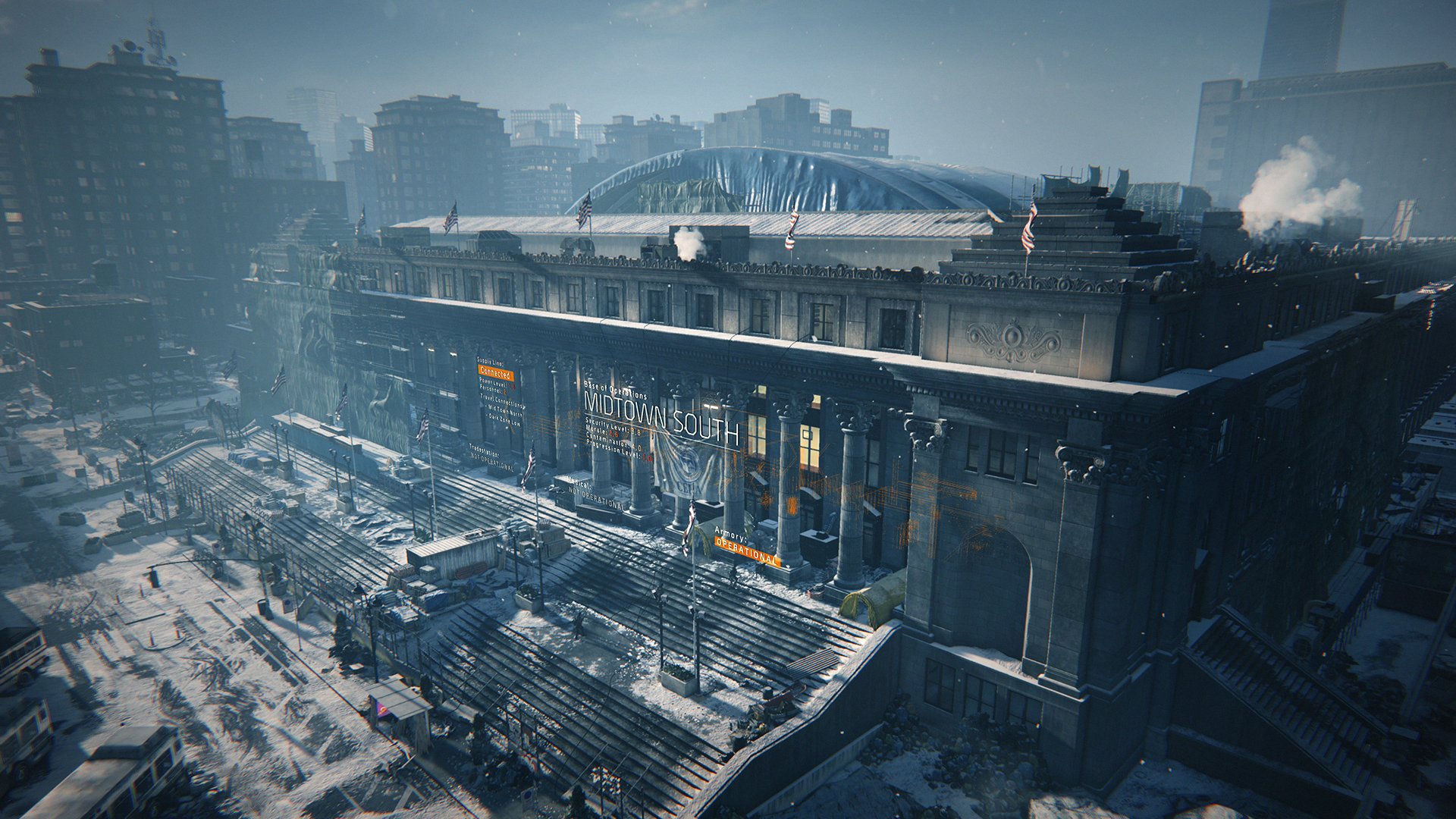
-
tom-clancys-the-division #31

-
tom-clancys-the-division #32
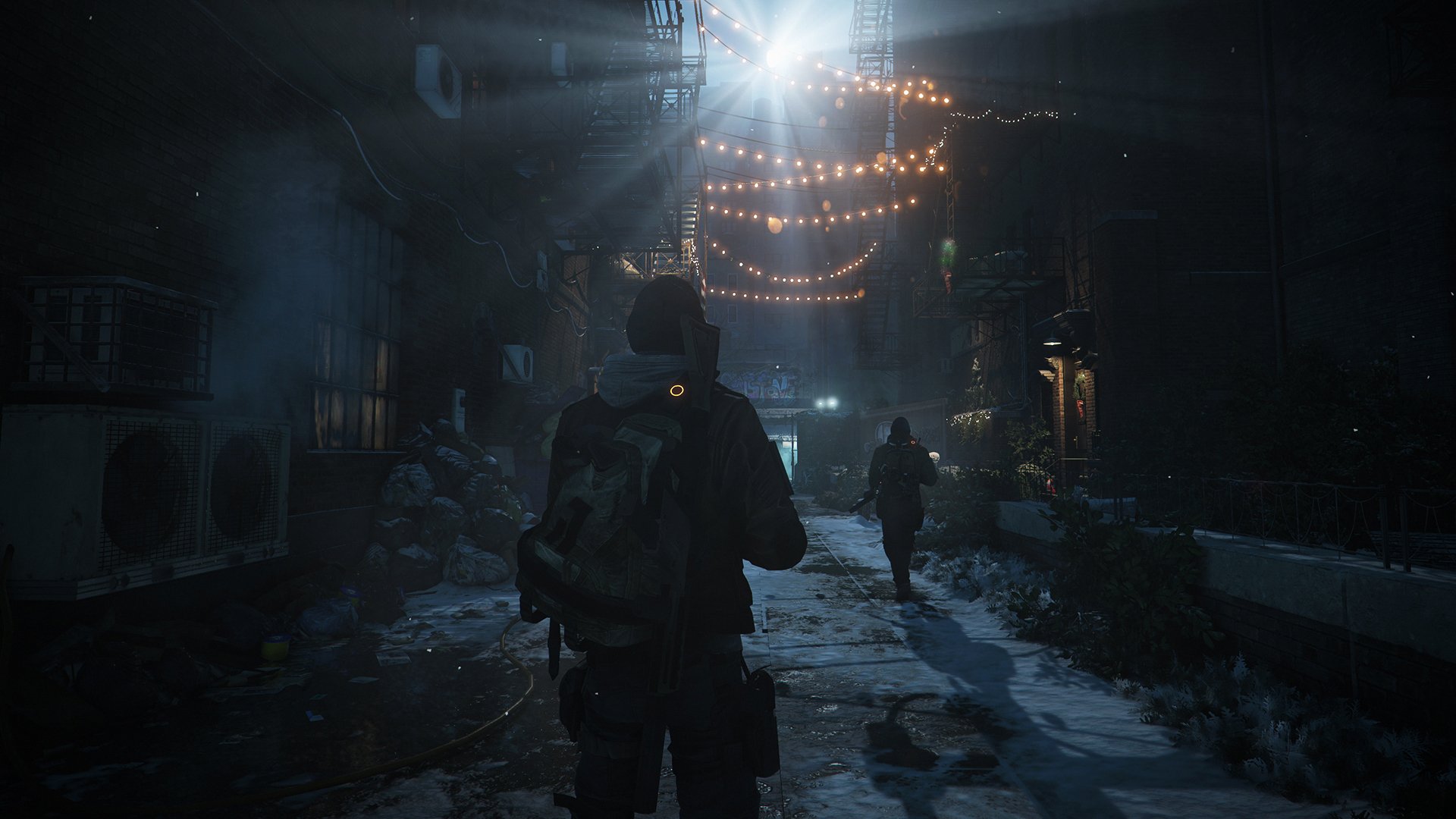
-
tom-clancys-the-division #33
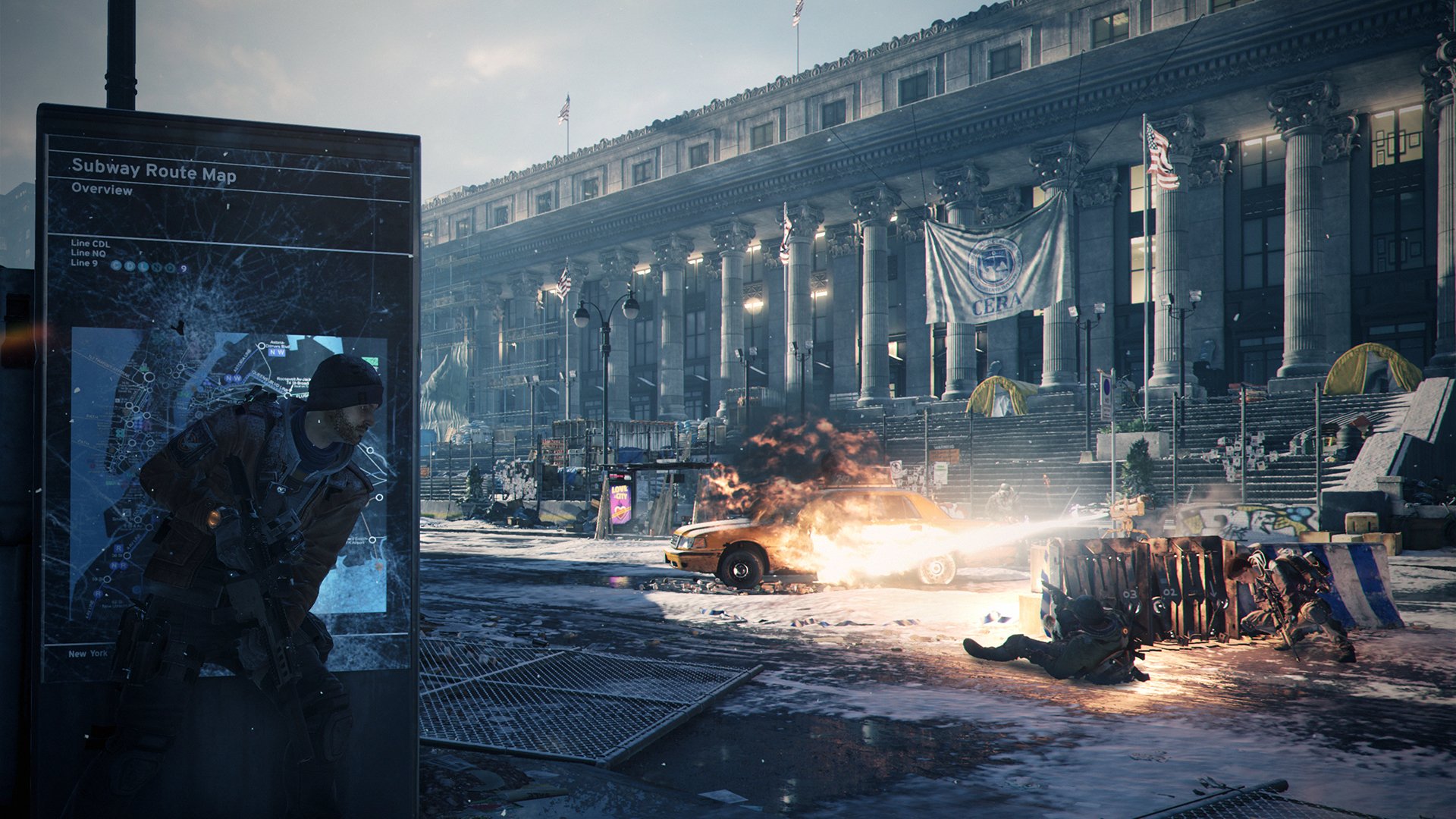
-
tom-clancys-the-division #34
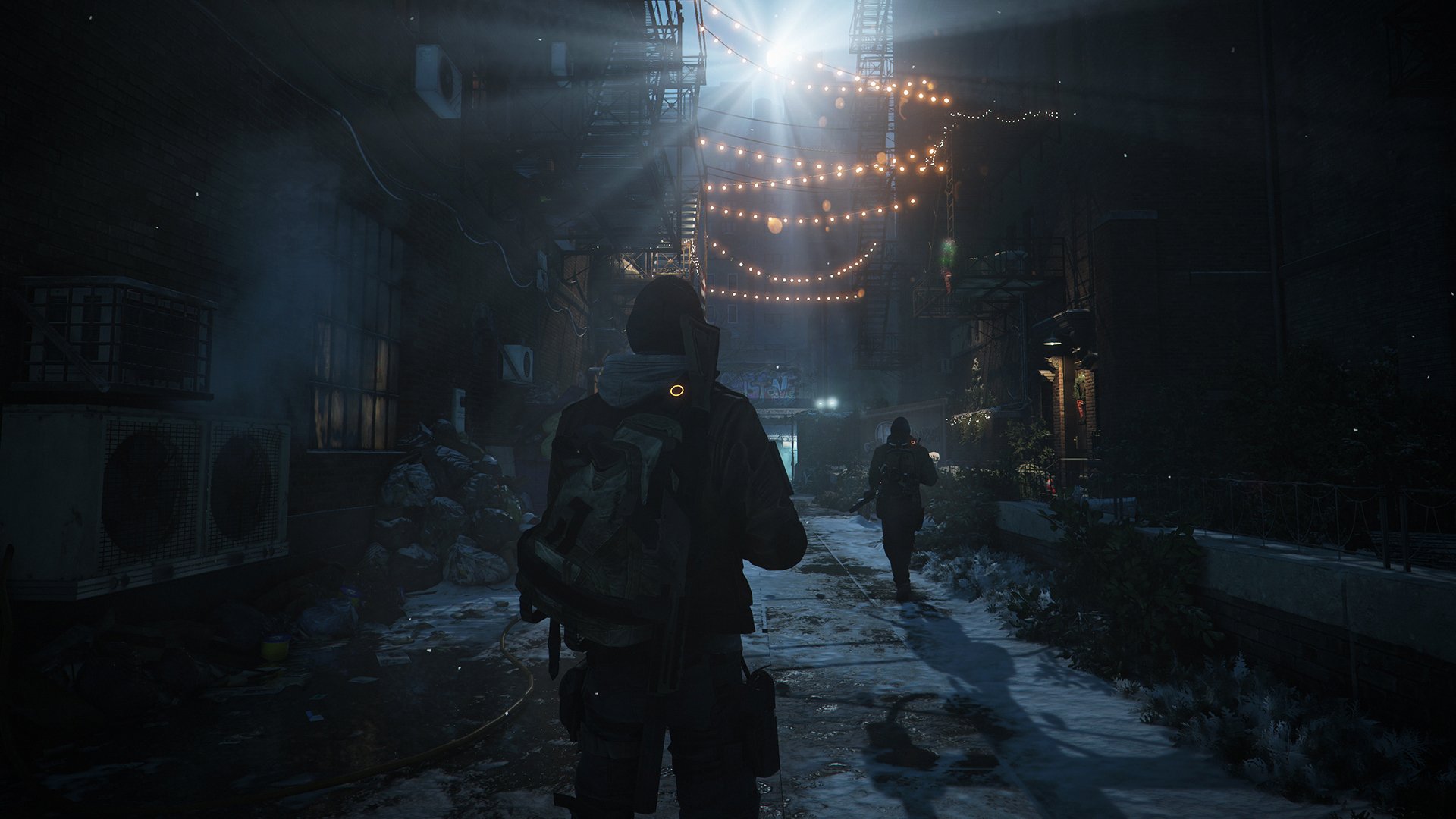
-
tom-clancys-the-division #35
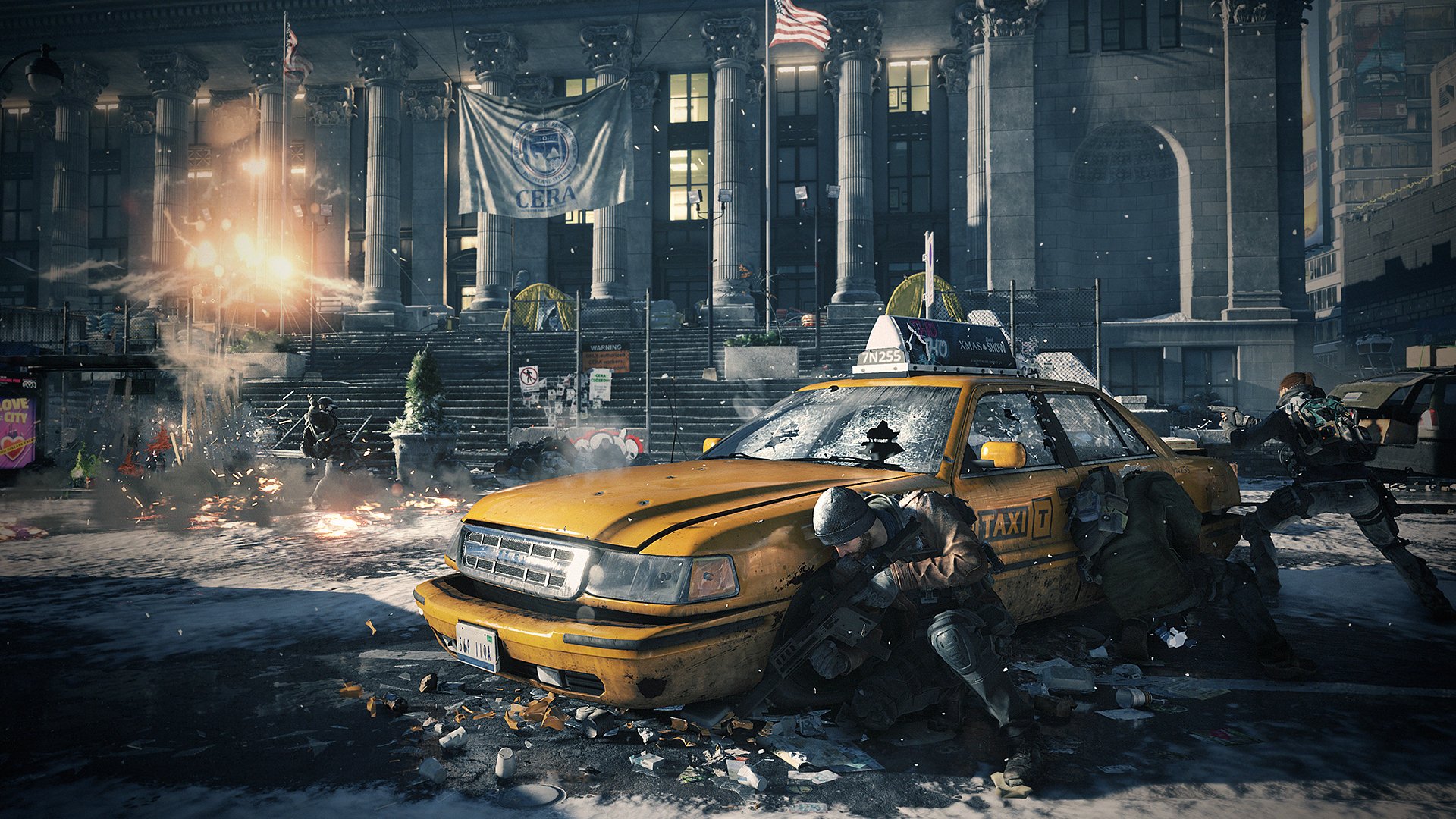
-
tom-clancys-the-division #36

-
tom-clancys-the-division #37
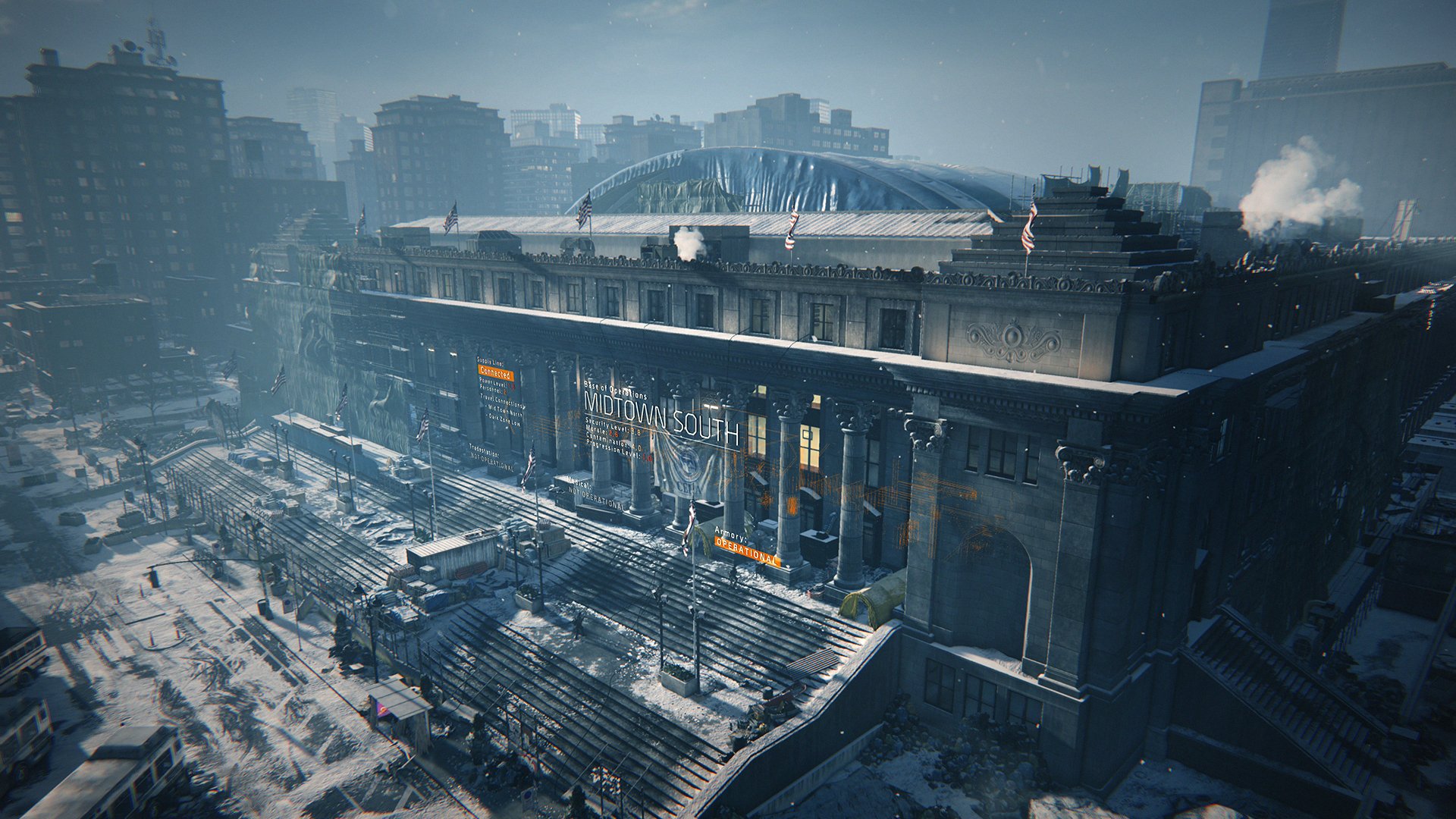
-
tom-clancys-the-division #38
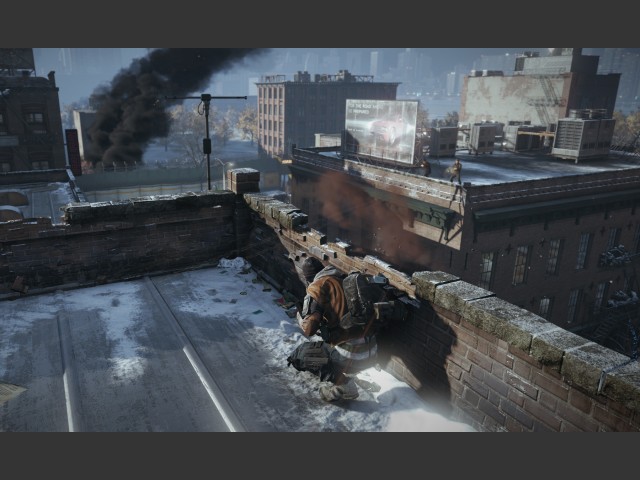
-
tom-clancys-the-division #39
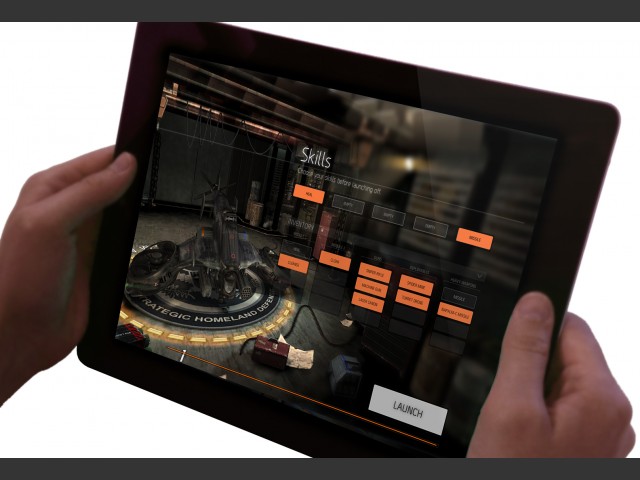
-
tom-clancys-the-division #40
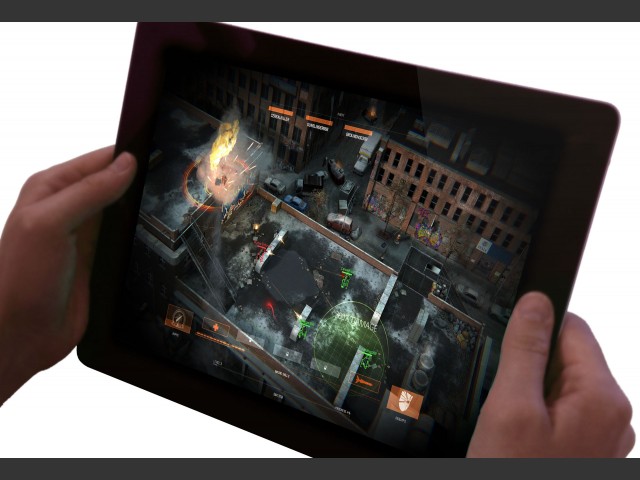
-
tom-clancys-the-division #41
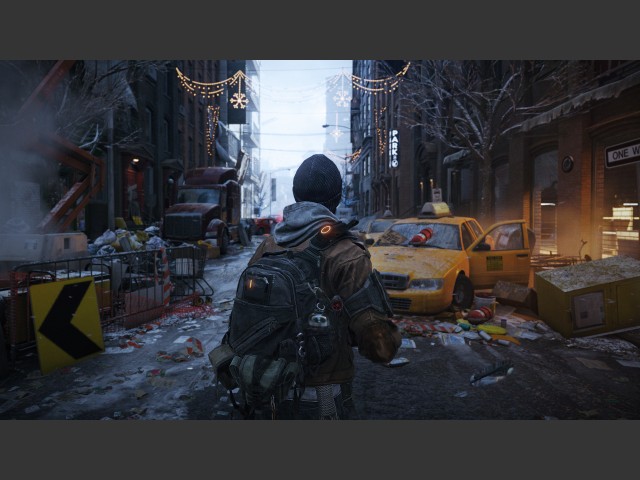
-
tom-clancys-the-division #42
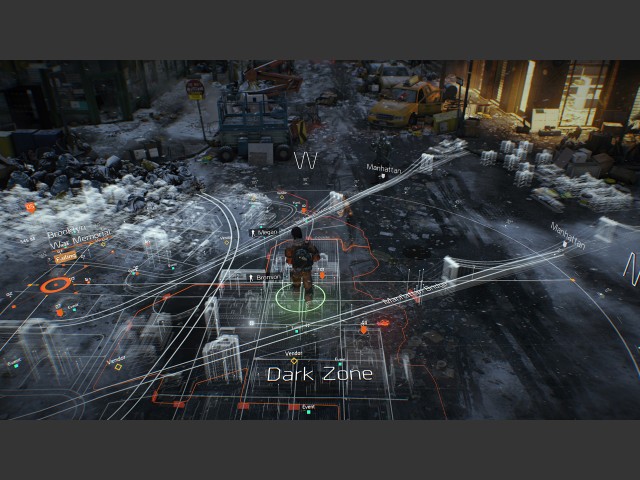
-
tom-clancys-the-division #43
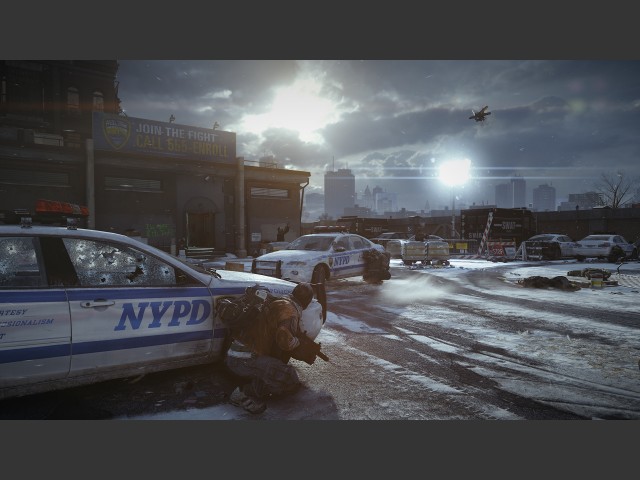
-
tom-clancys-the-division #44
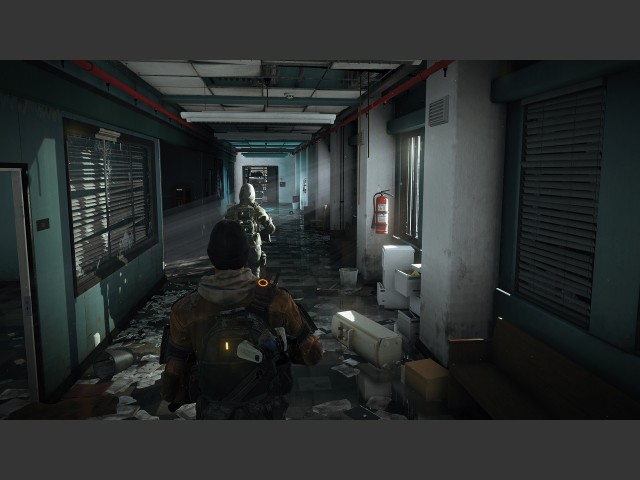
-
tom-clancys-the-division #45
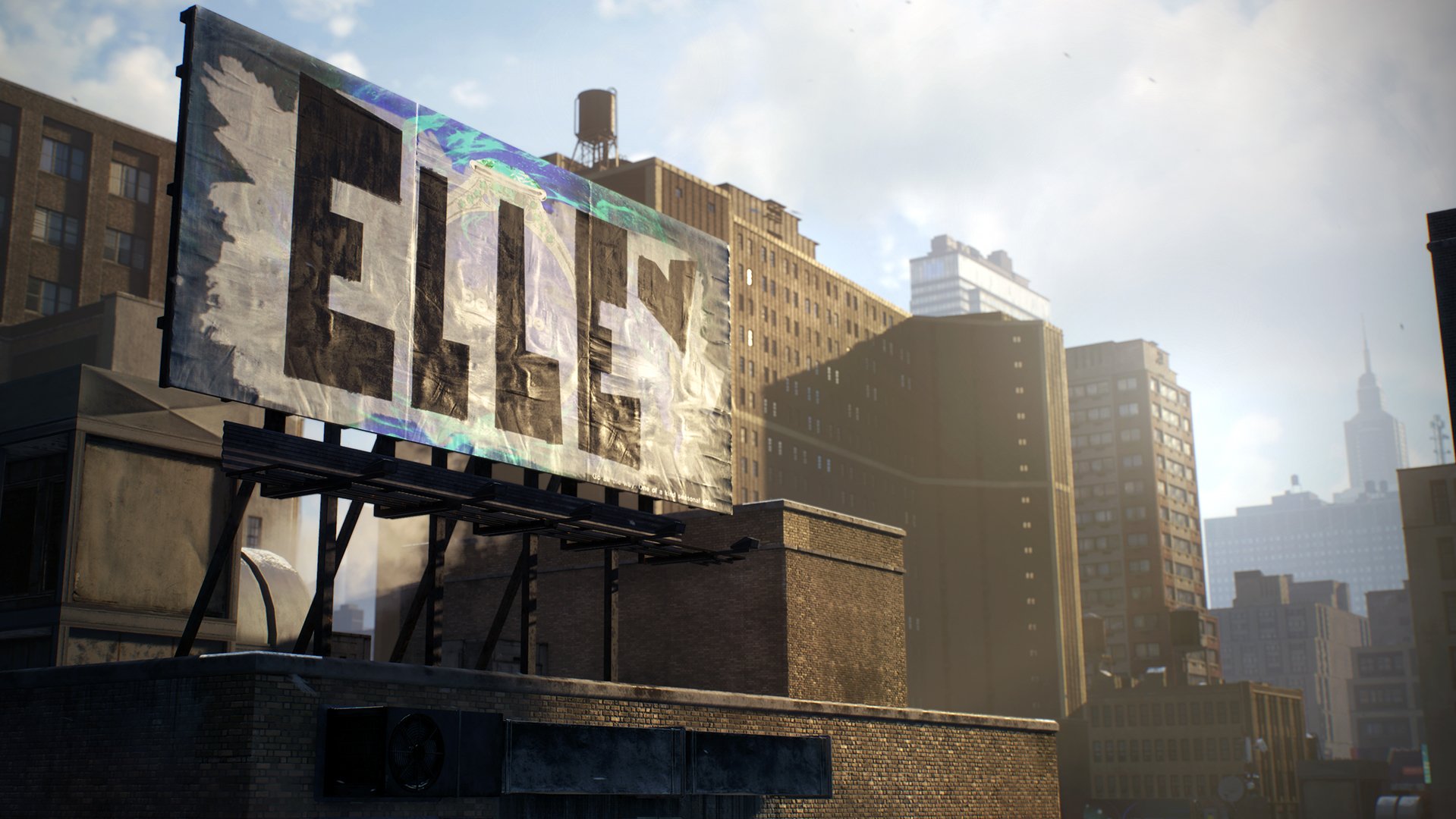
-
tom-clancys-the-division #46
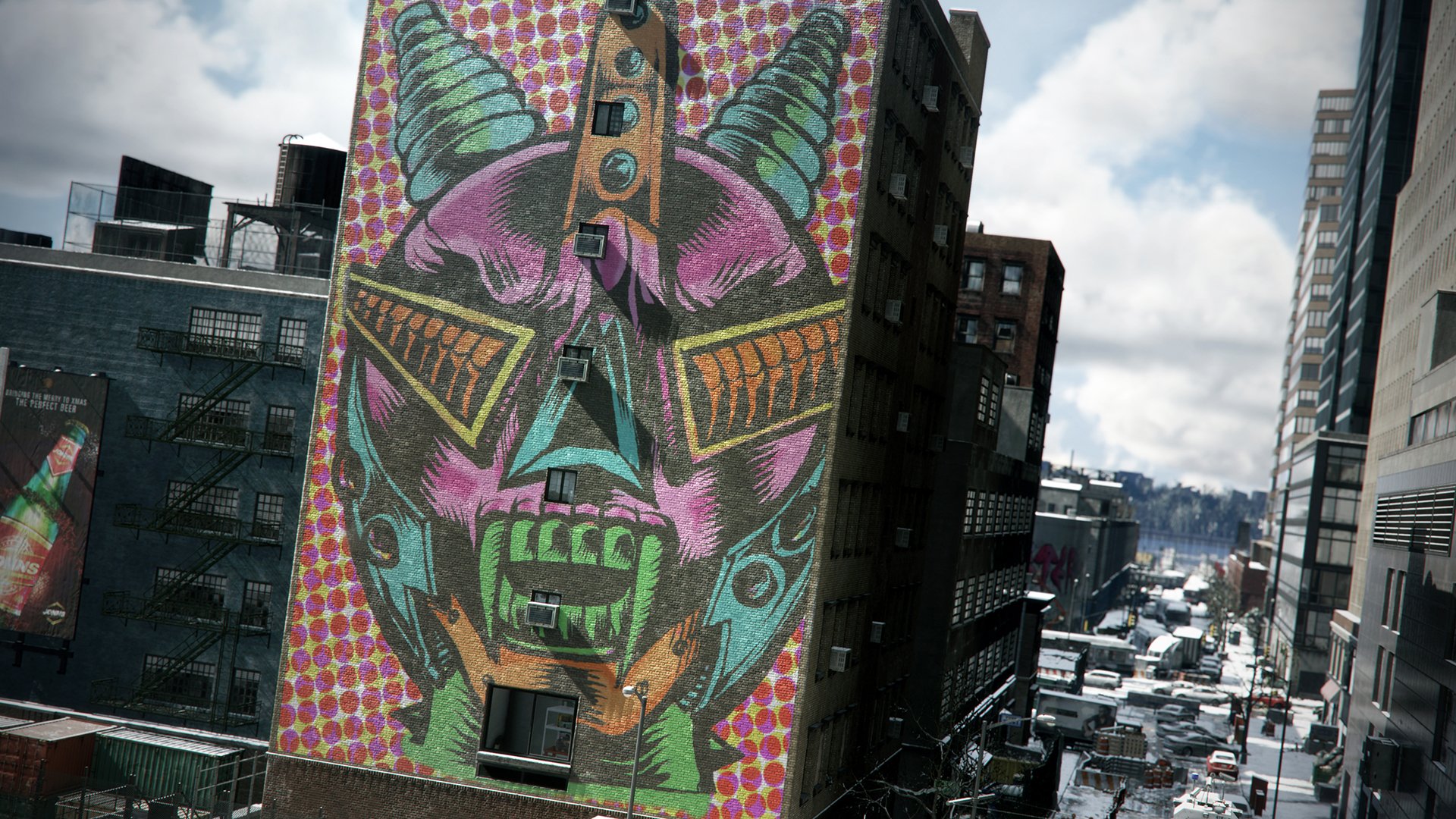
-
tom-clancys-the-division #47
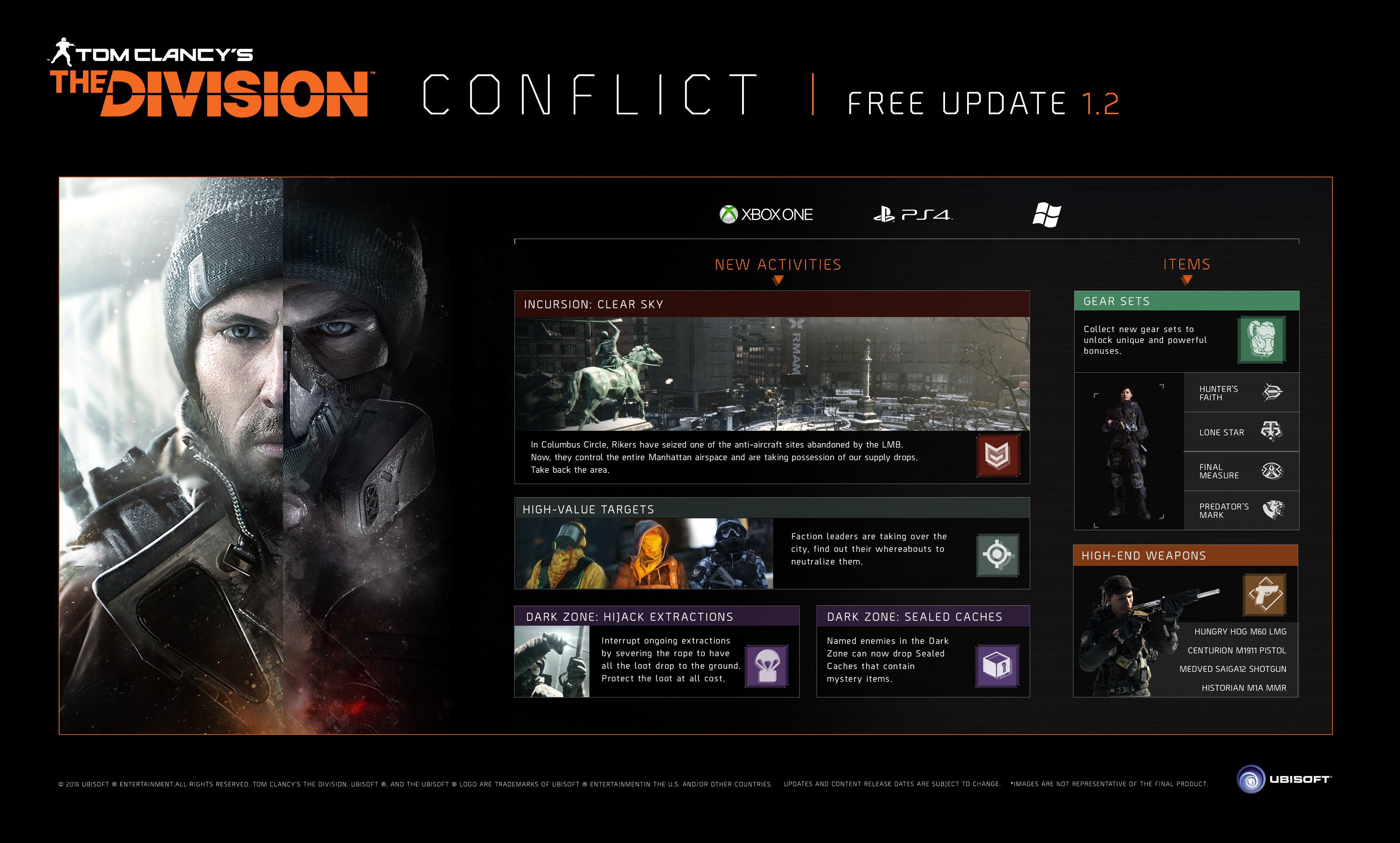
-
tom-clancys-the-division #48
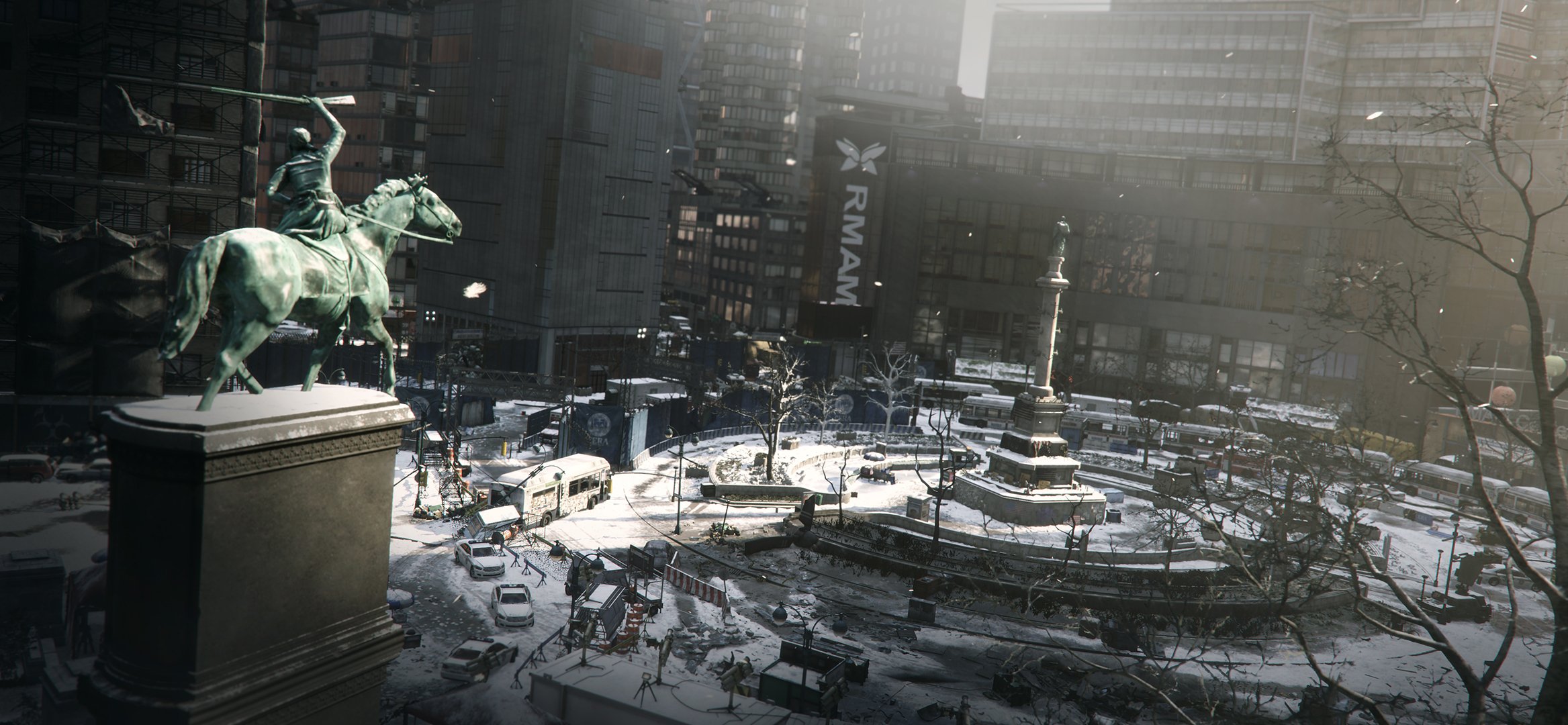
-
tom-clancys-the-division #49

-
tom-clancys-the-division #50
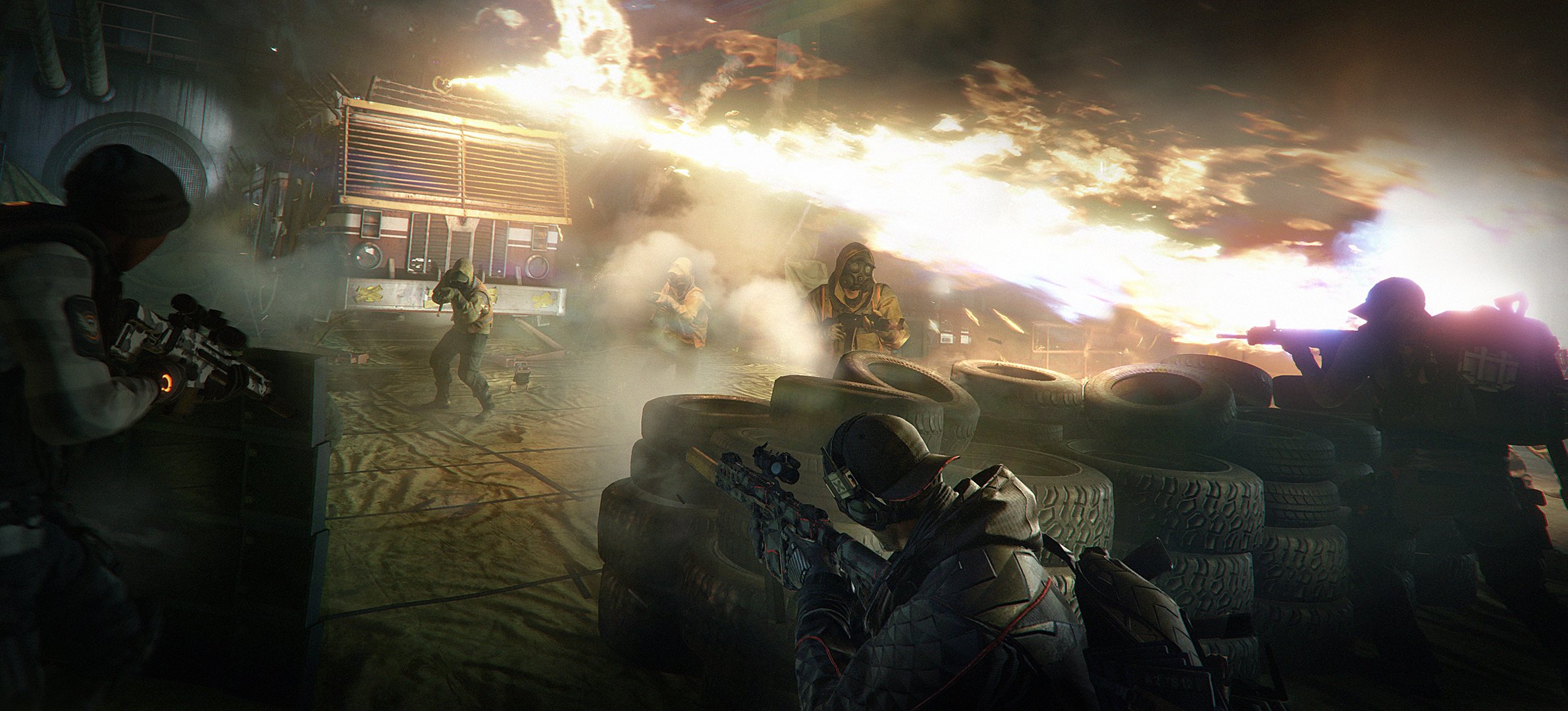
-
tom-clancys-the-division #51
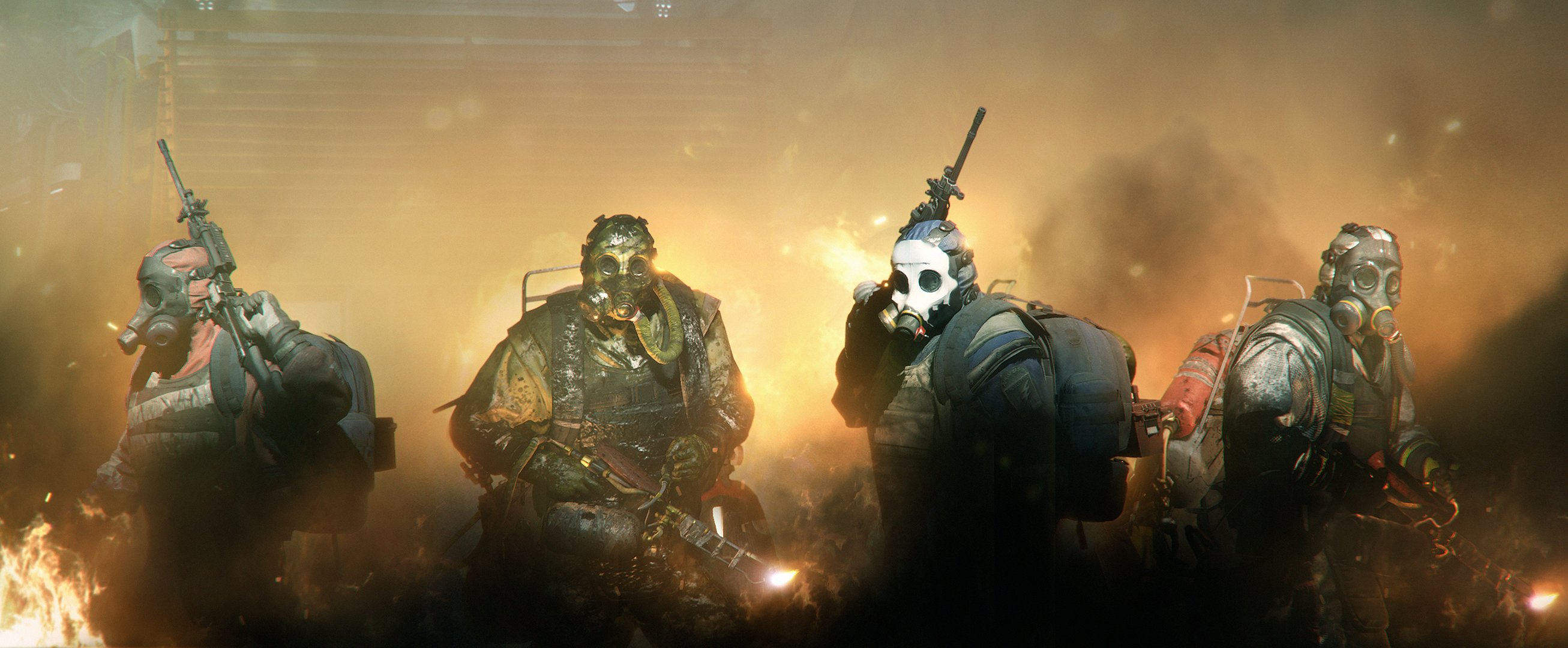
-
tom-clancys-the-division #52
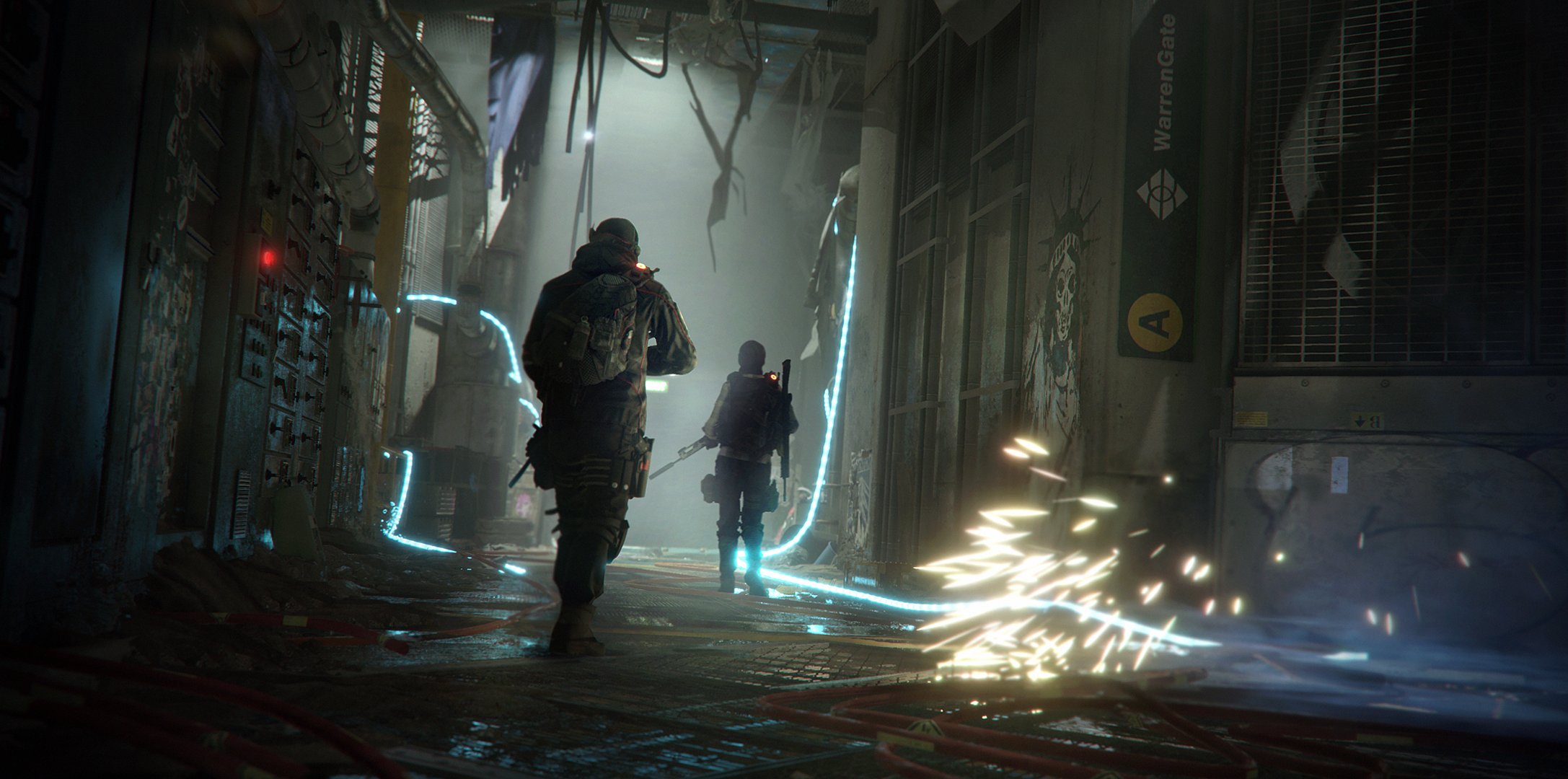
-
tom-clancys-the-division #53
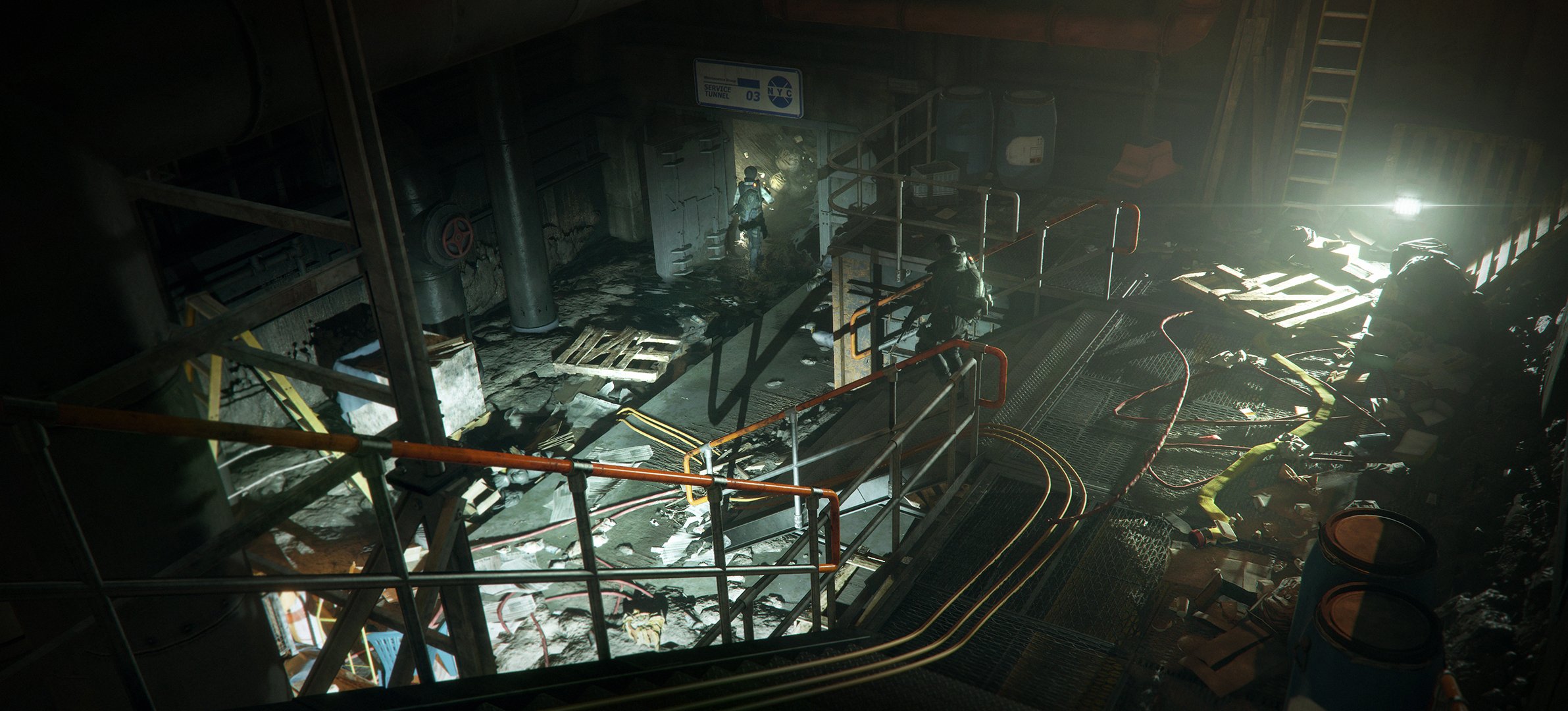
-
tom-clancys-the-division #54
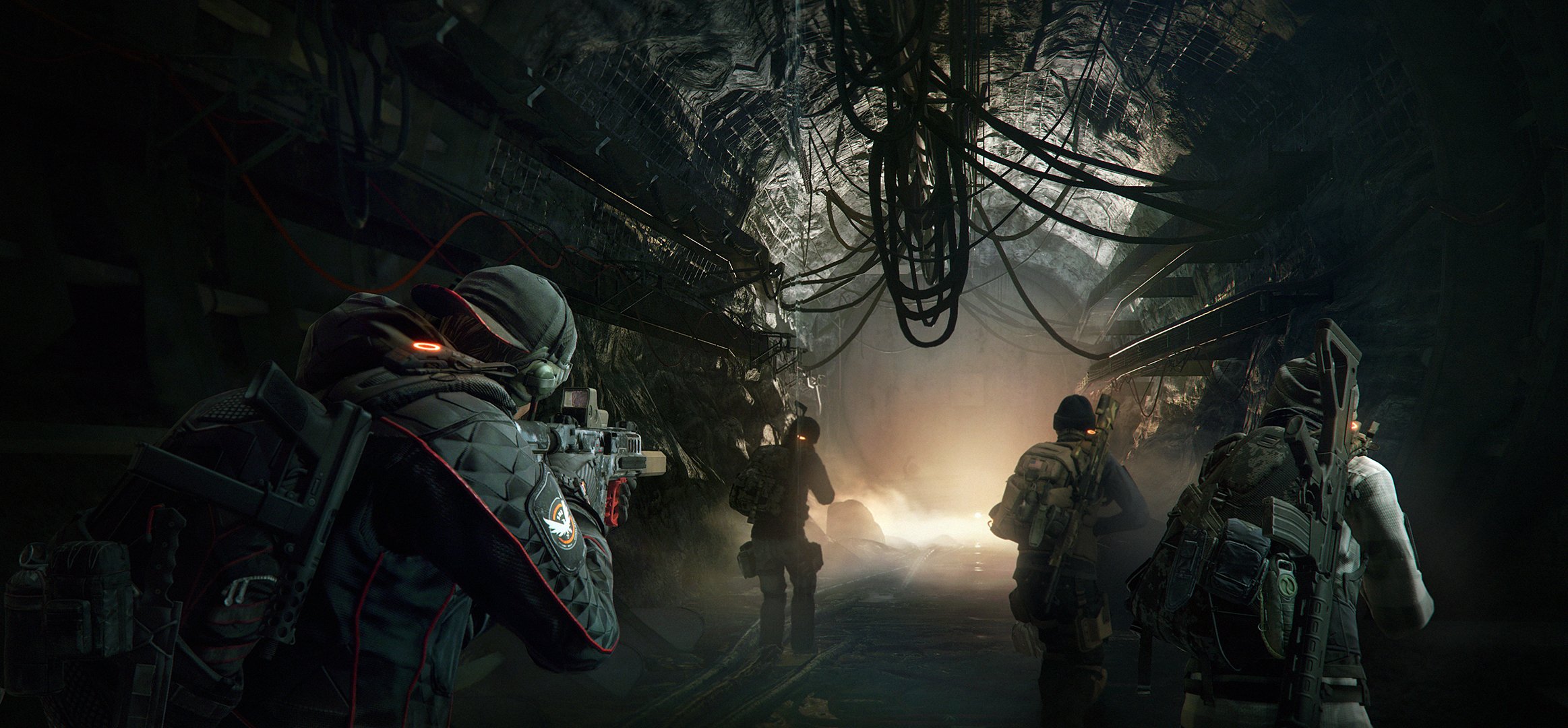
-
tom-clancys-the-division #55
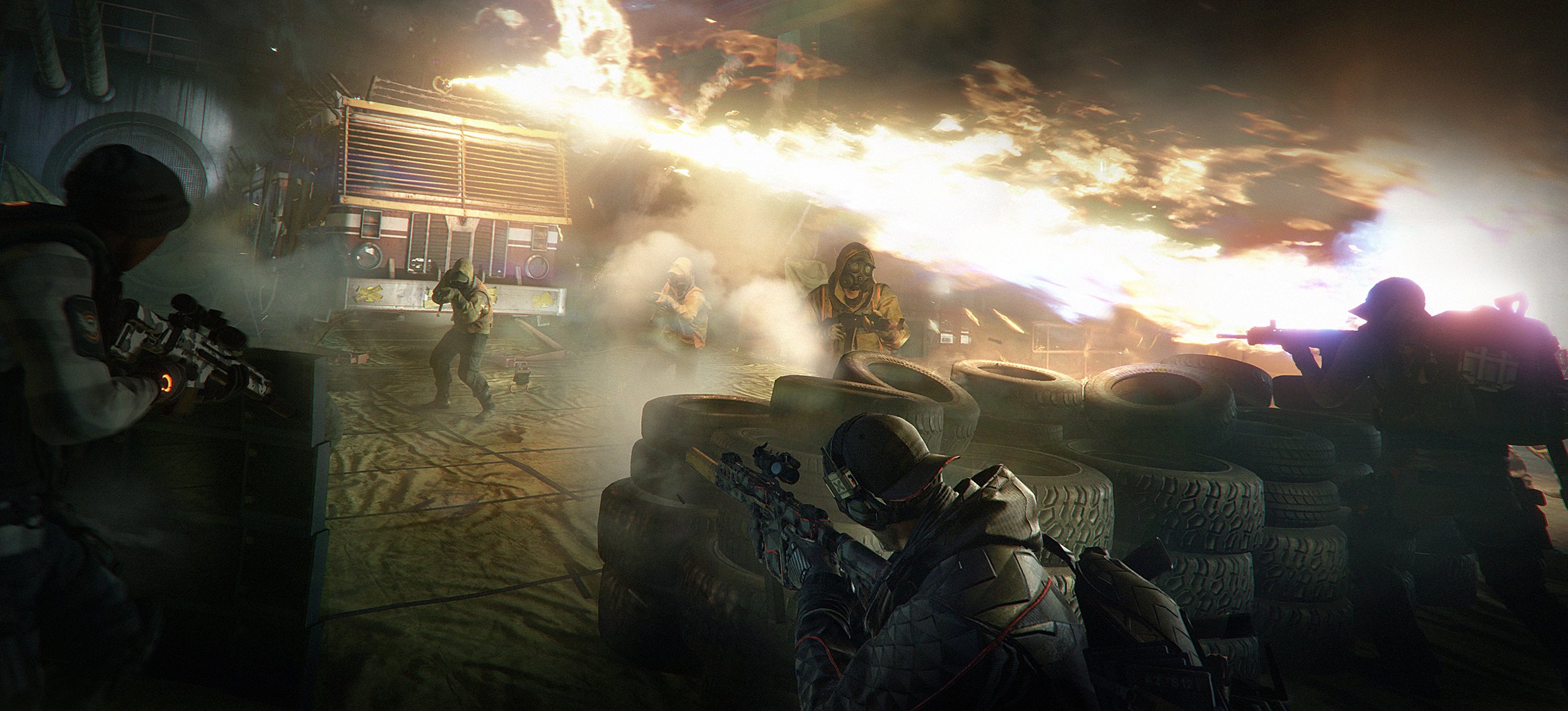
-
tom-clancys-the-division #56
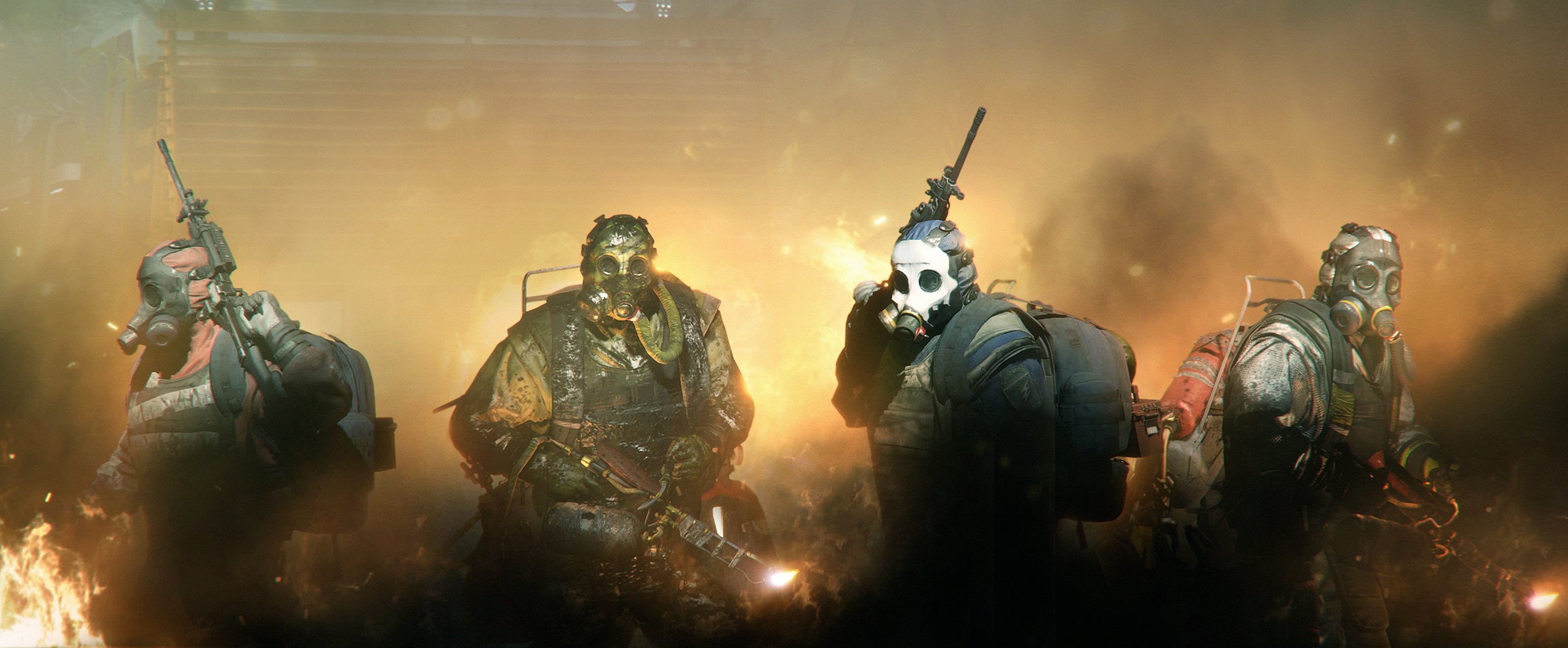
-
tom-clancys-the-division #57
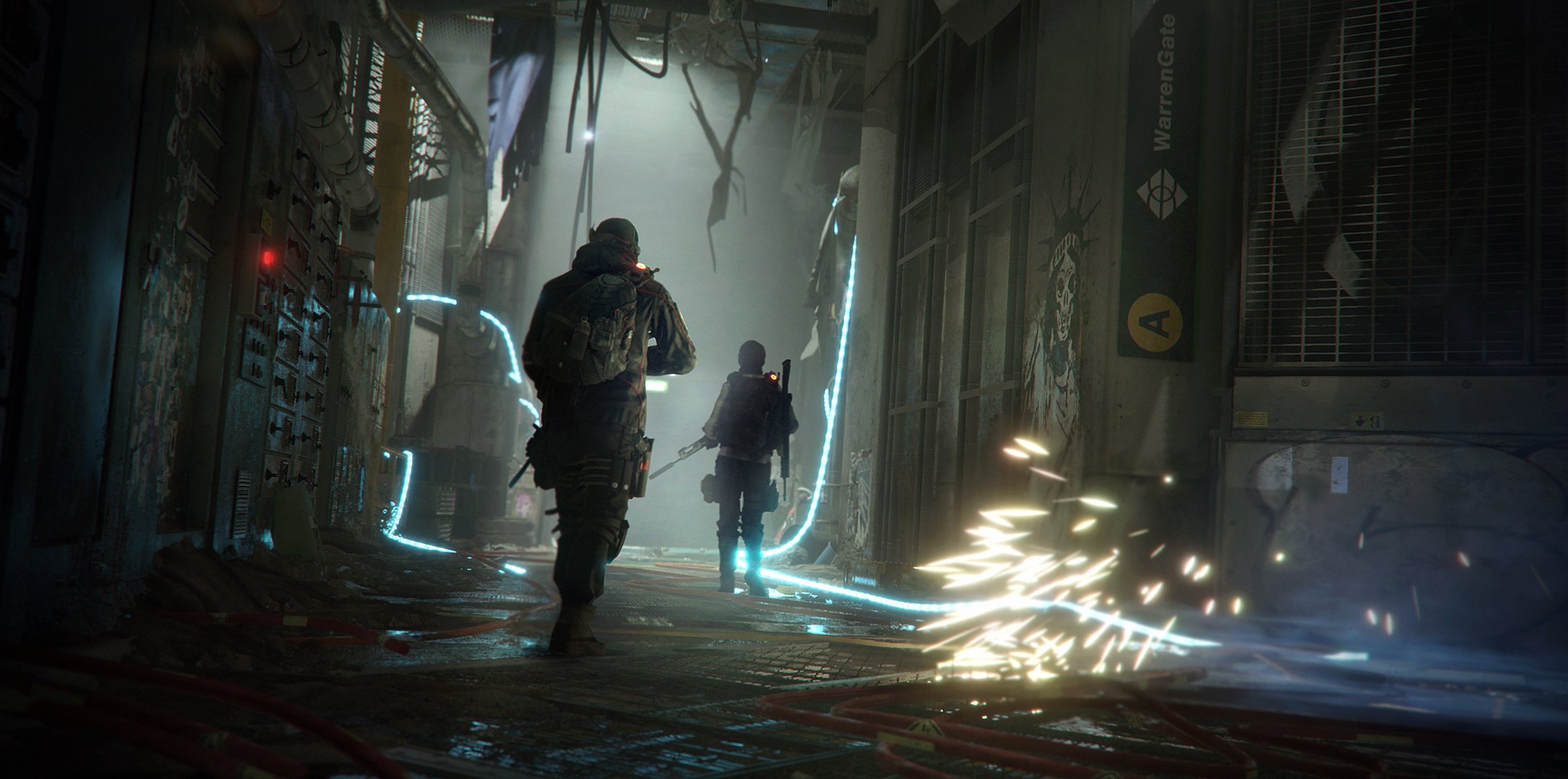
-
tom-clancys-the-division #58
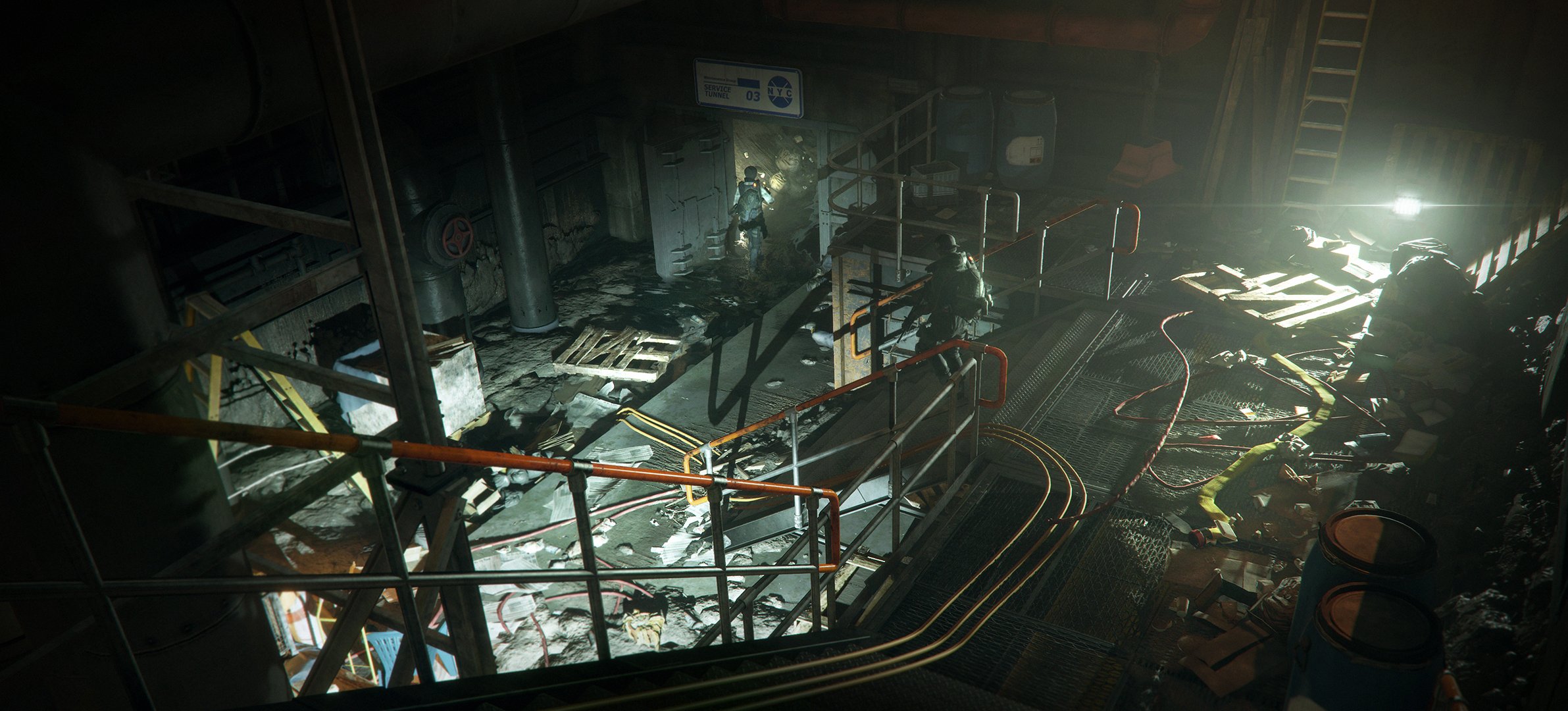
-
tom-clancys-the-division #59
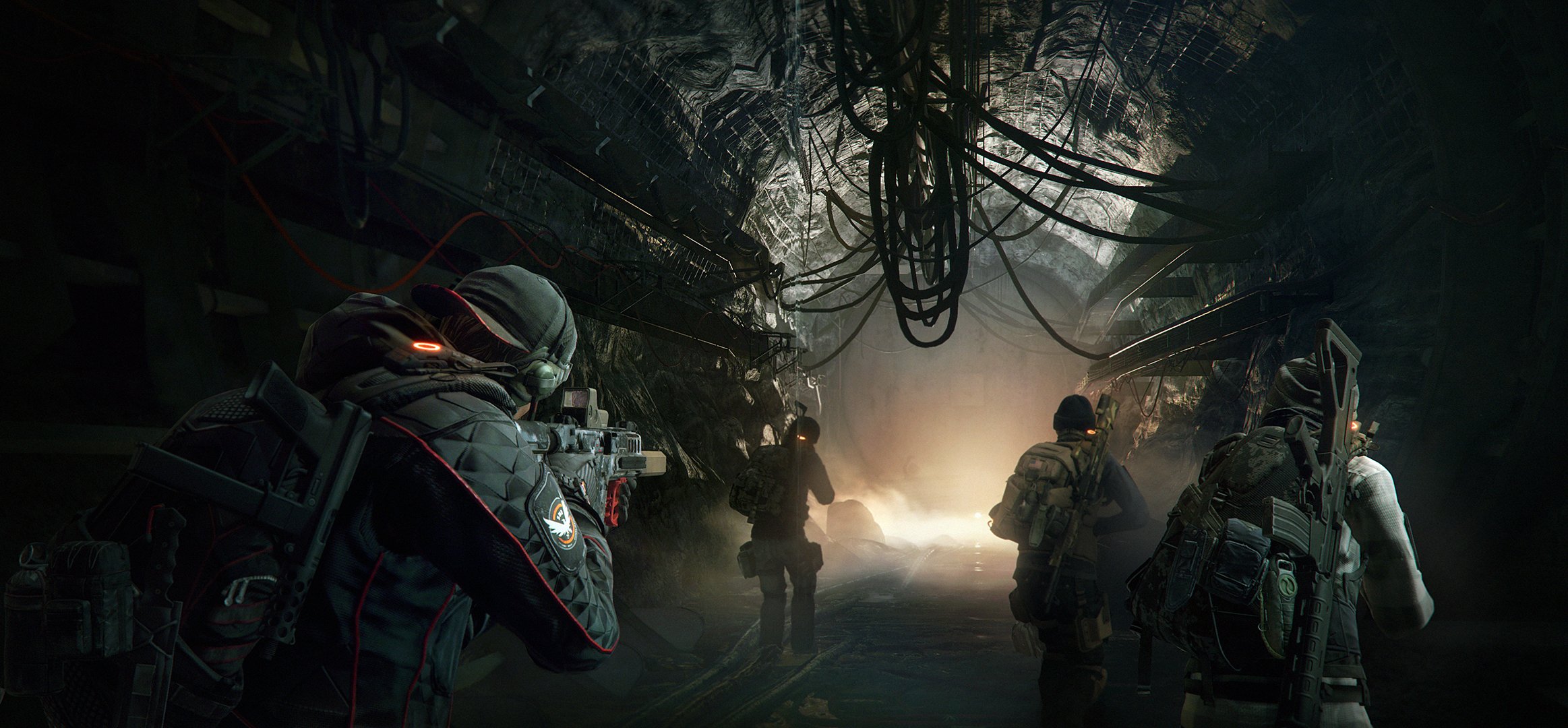
-
tom-clancys-the-division #60
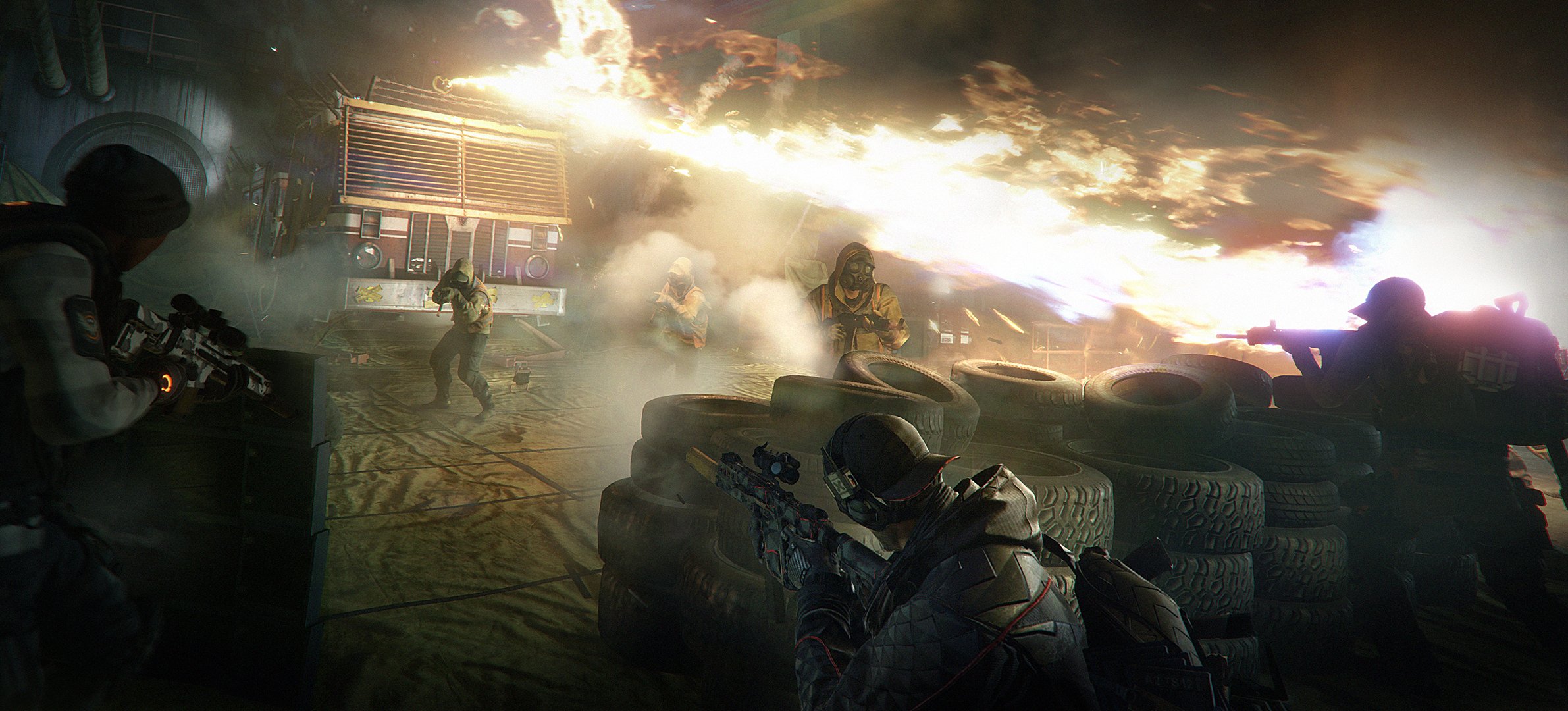
-
tom-clancys-the-division #61
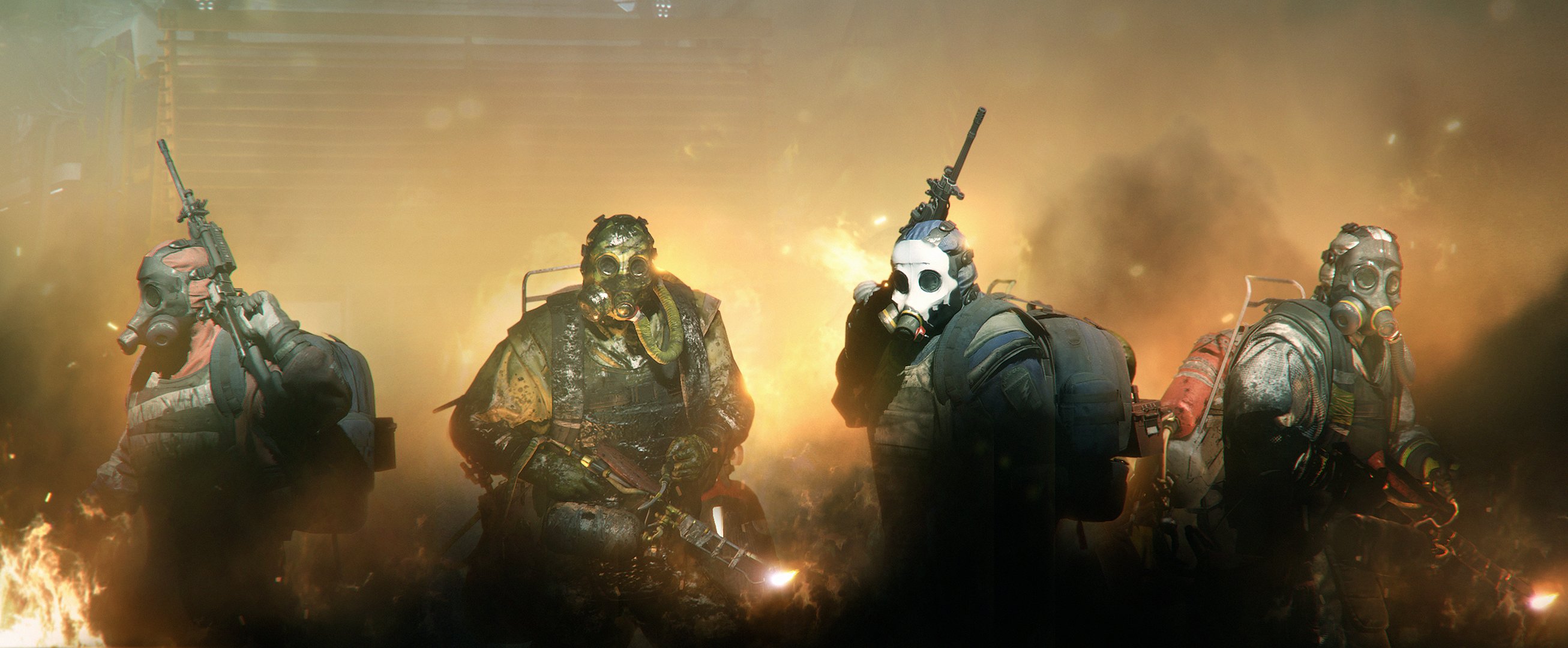
-
tom-clancys-the-division #62
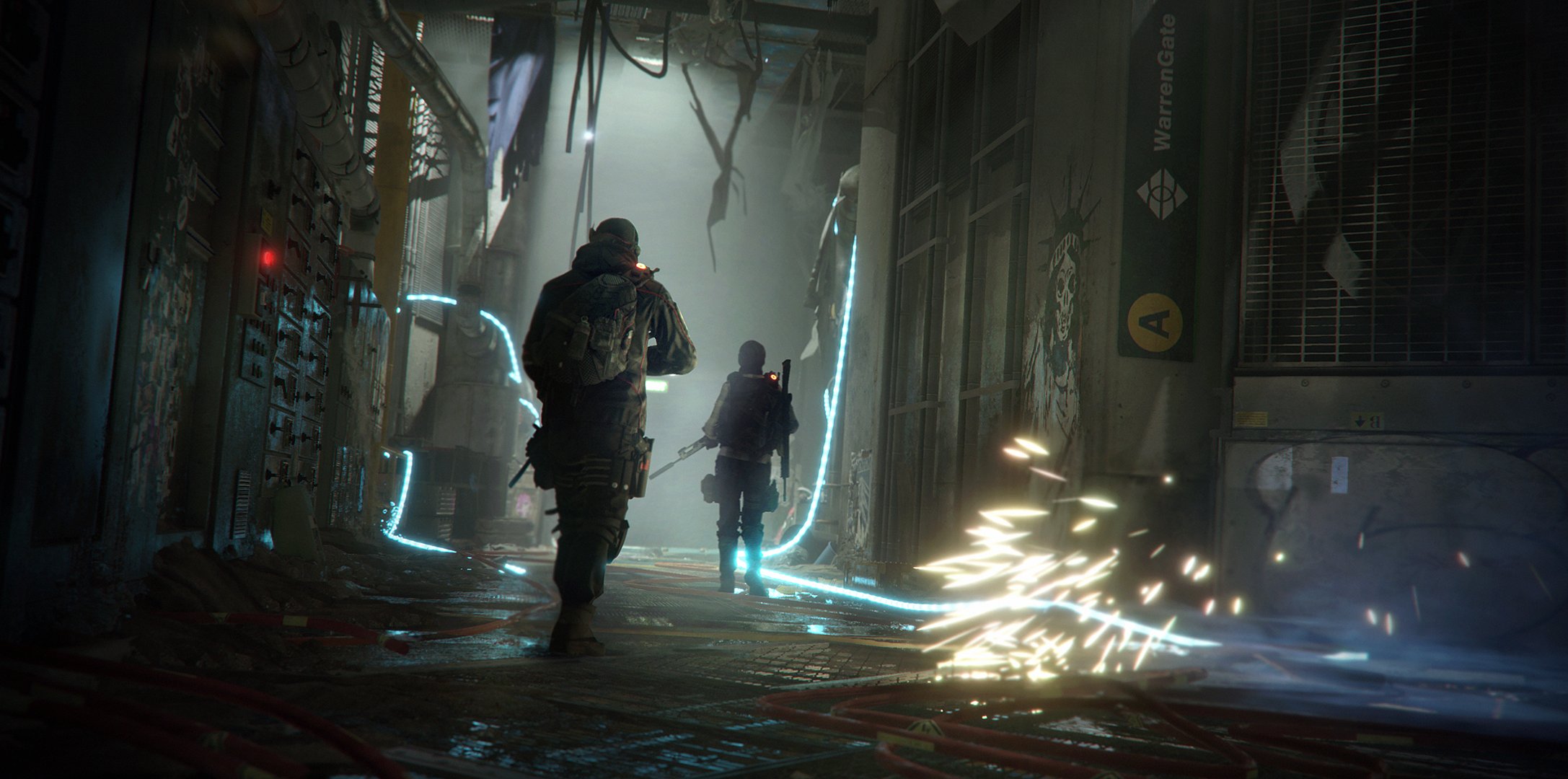
-
tom-clancys-the-division #63
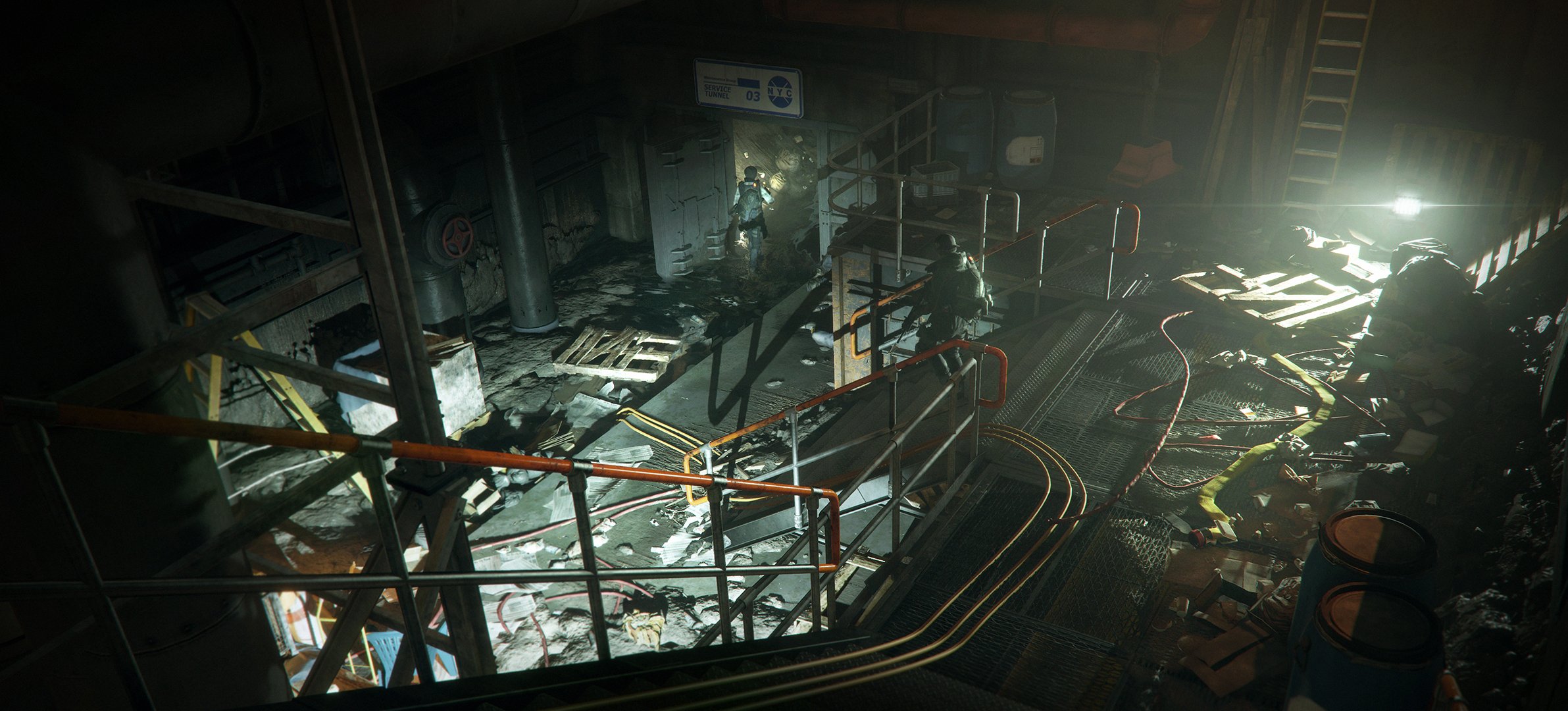
-
tom-clancys-the-division #64

-
tom-clancys-the-division #65
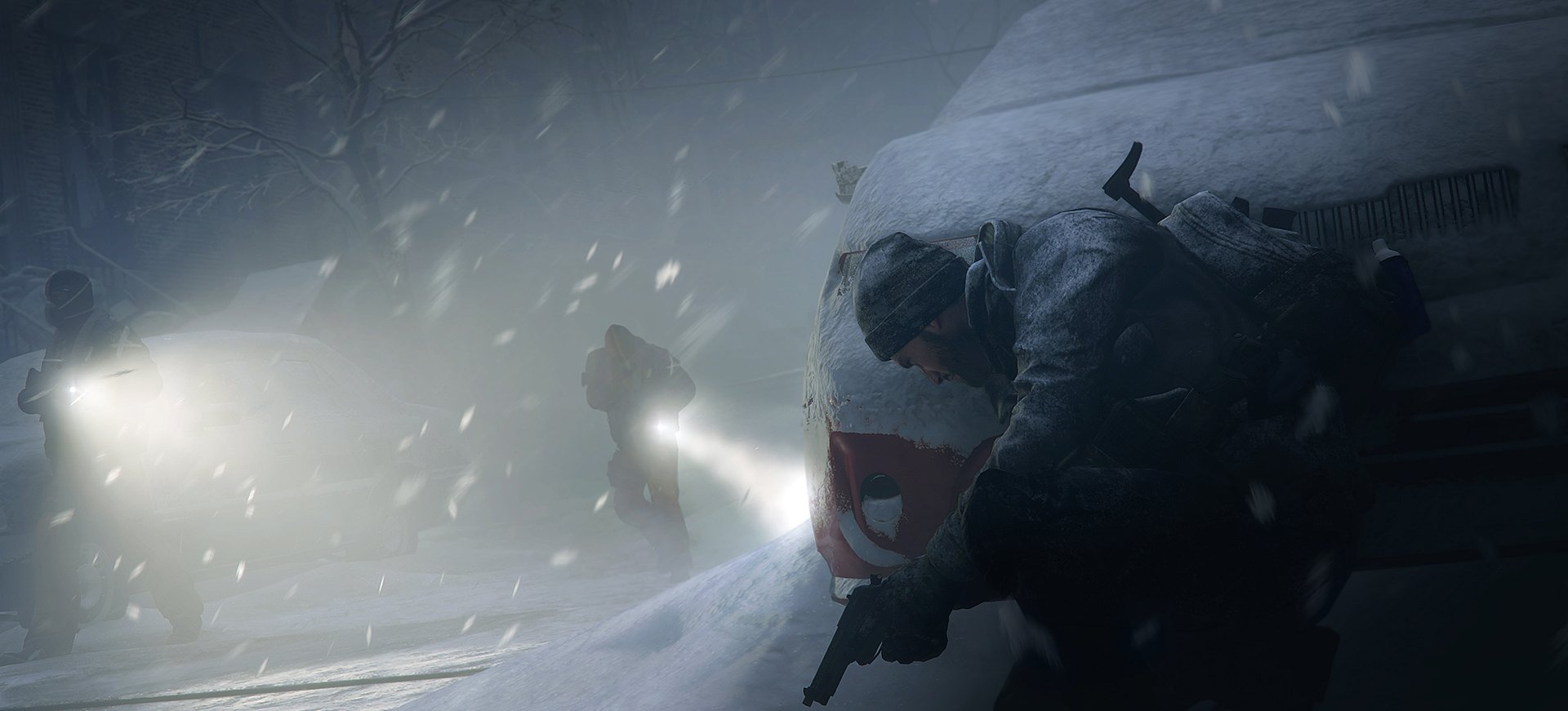
-
tom-clancys-the-division #66
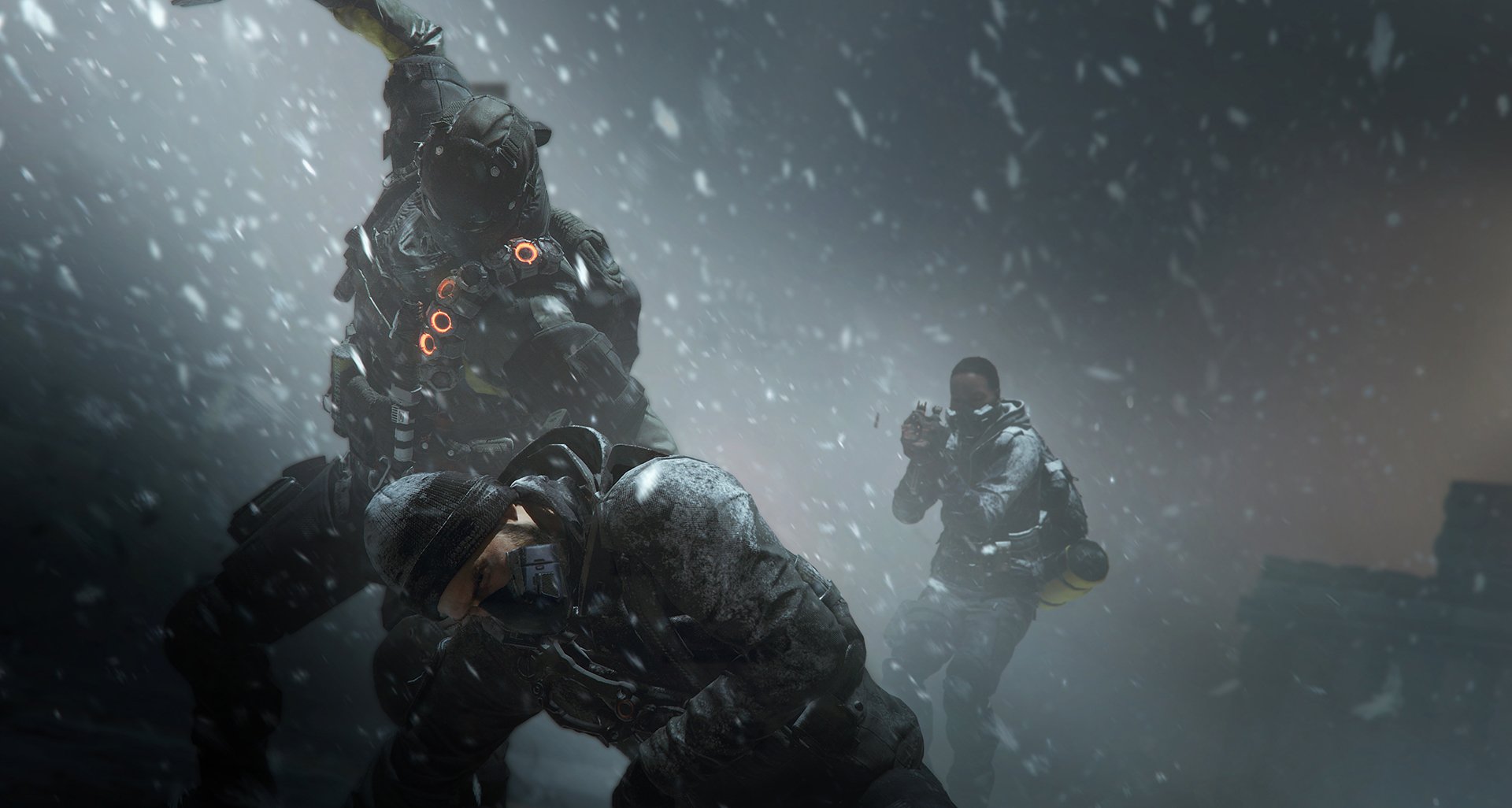
-
tom-clancys-the-division #67
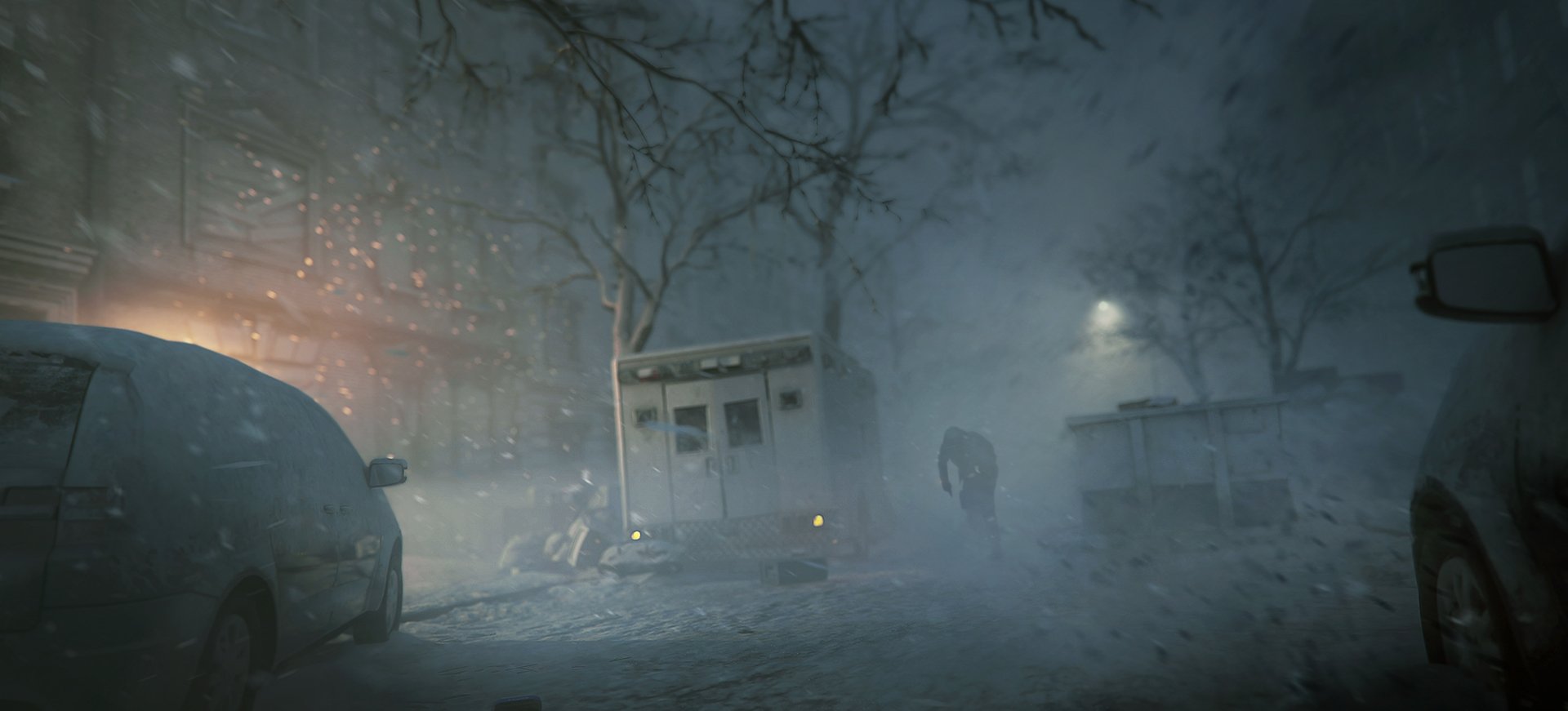
-
tom-clancys-the-division #68
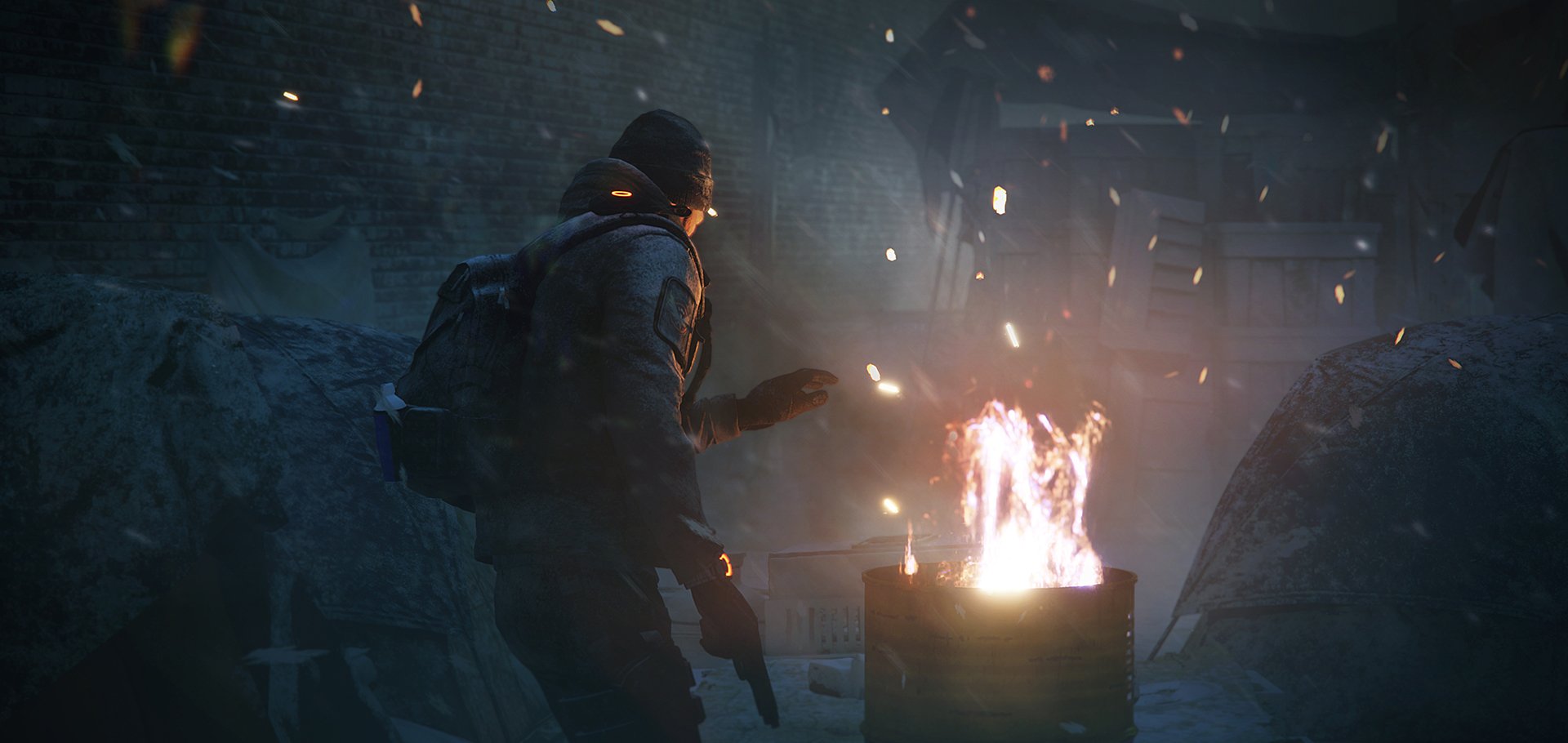
-
tom-clancys-the-division #69
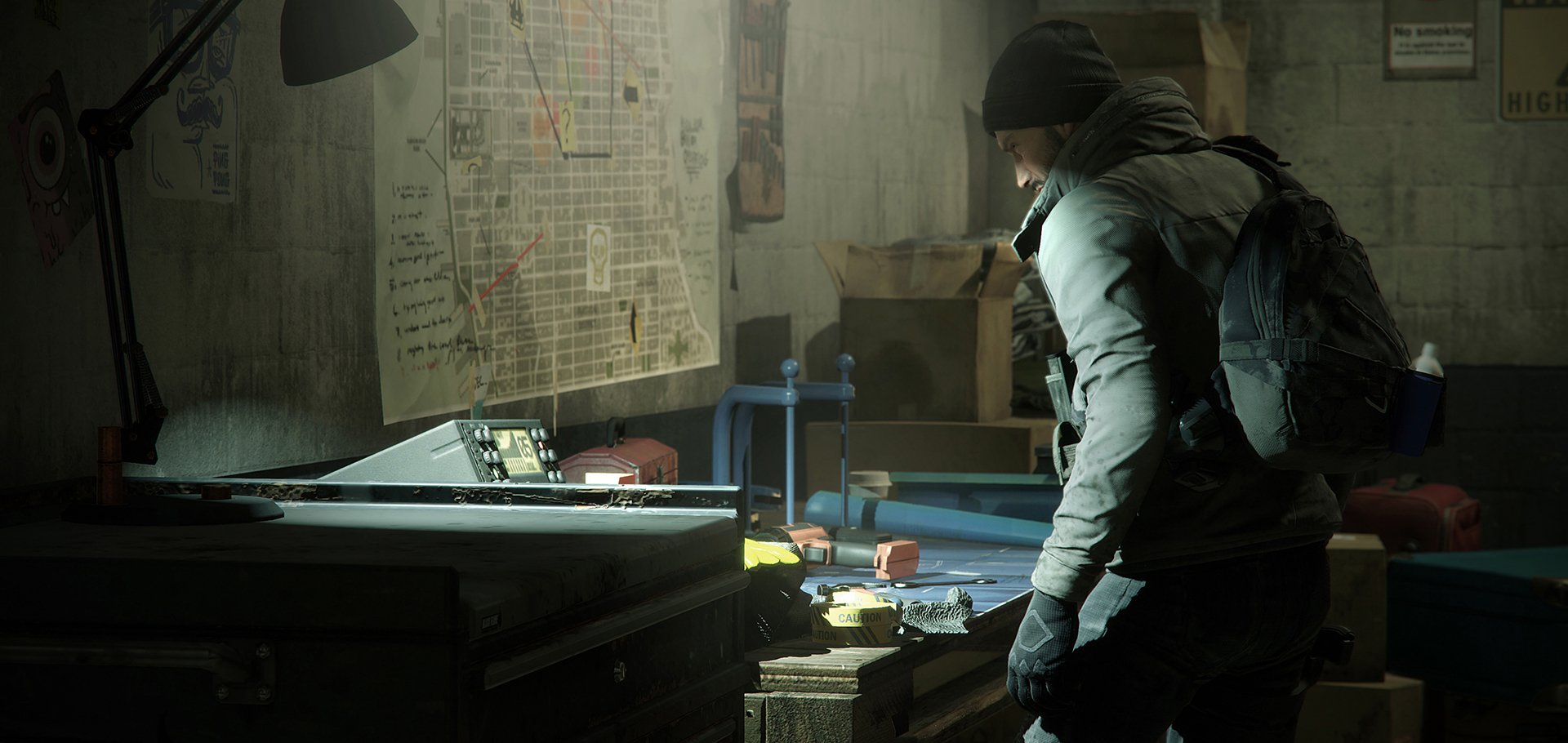
-
tom-clancys-the-division #70
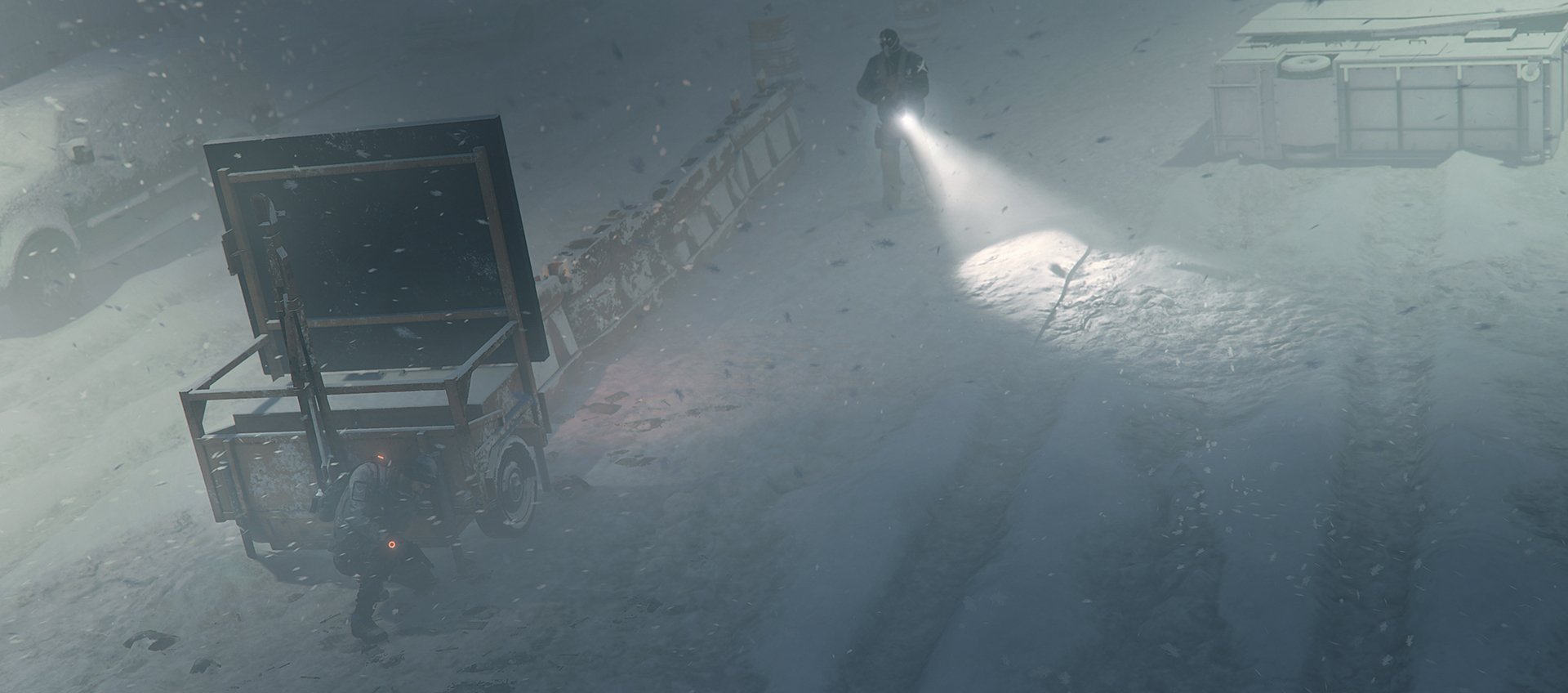
-
tom-clancys-the-division #71

-
tom-clancys-the-division #72
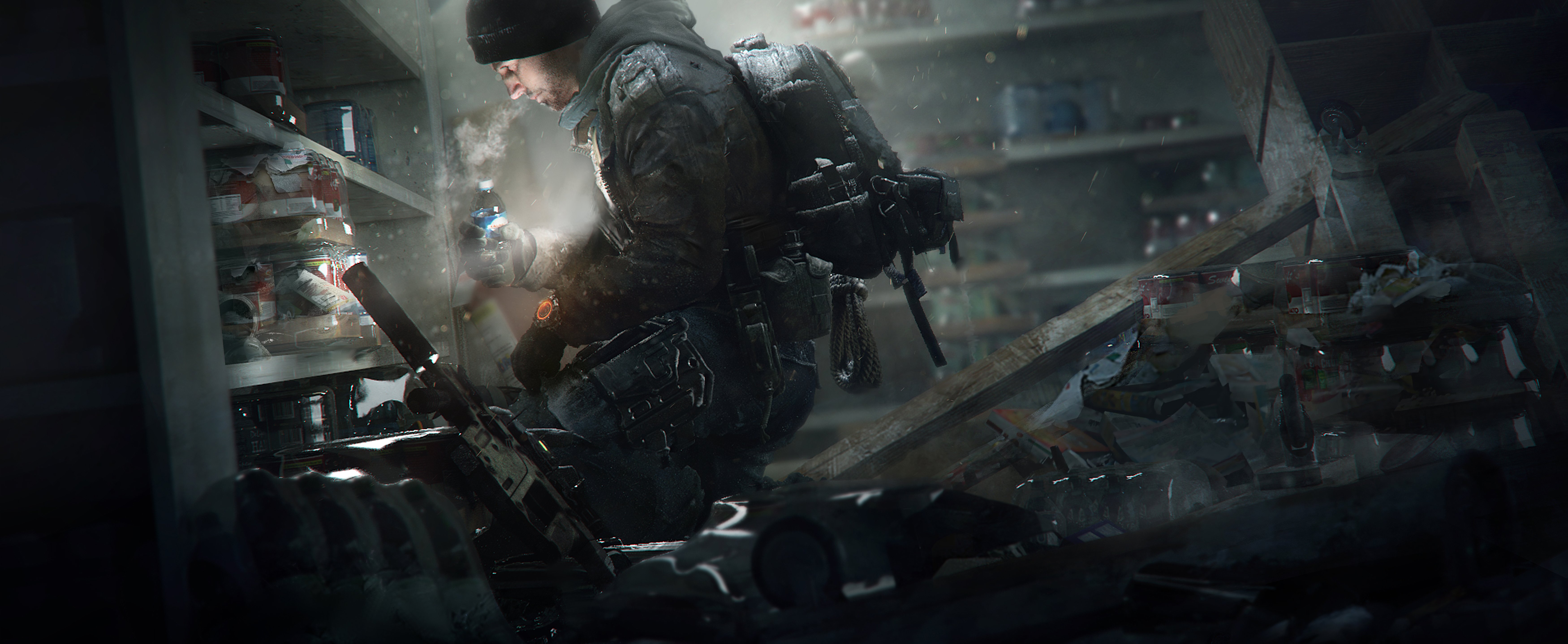
-
tom-clancys-the-division #73
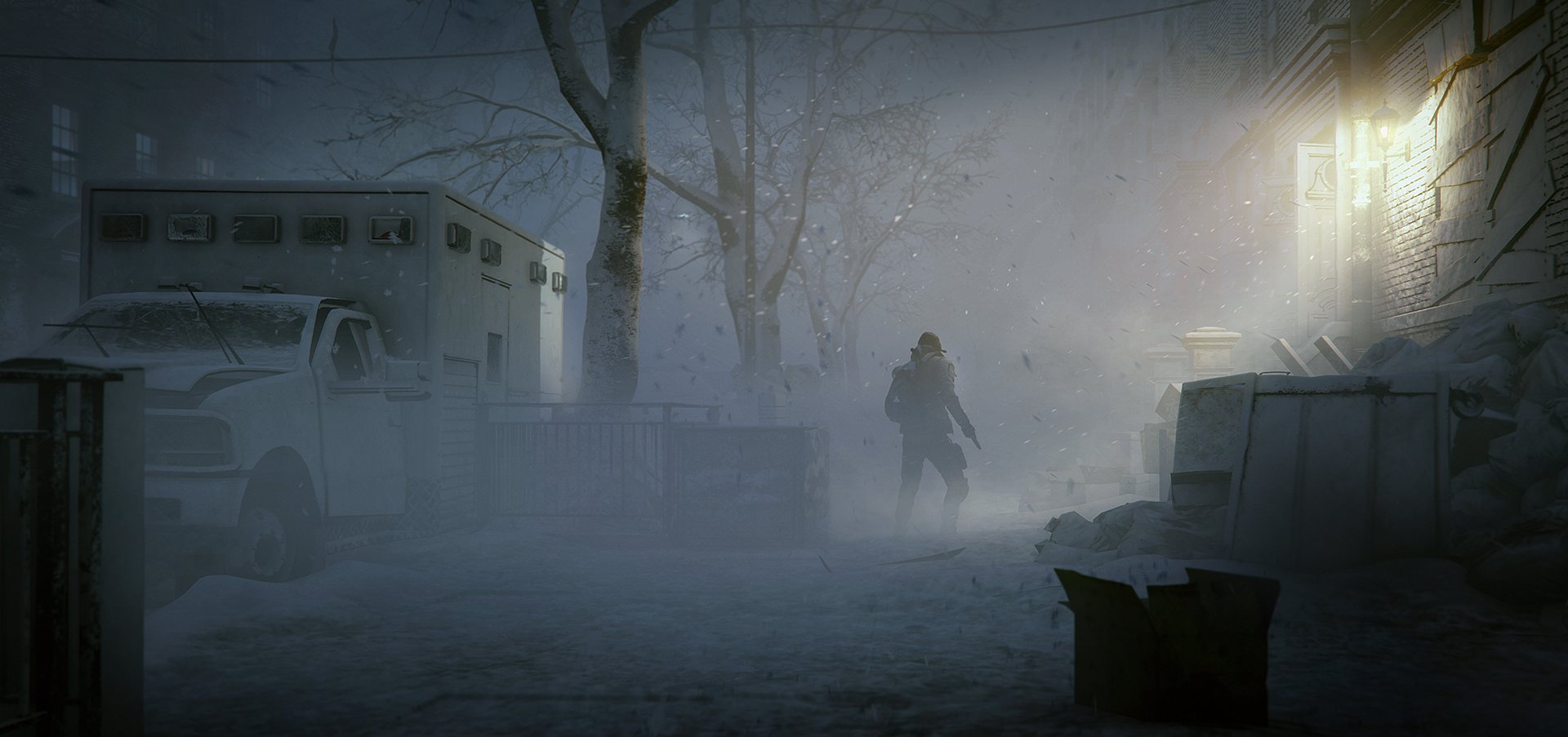
-
tom-clancys-the-division #74
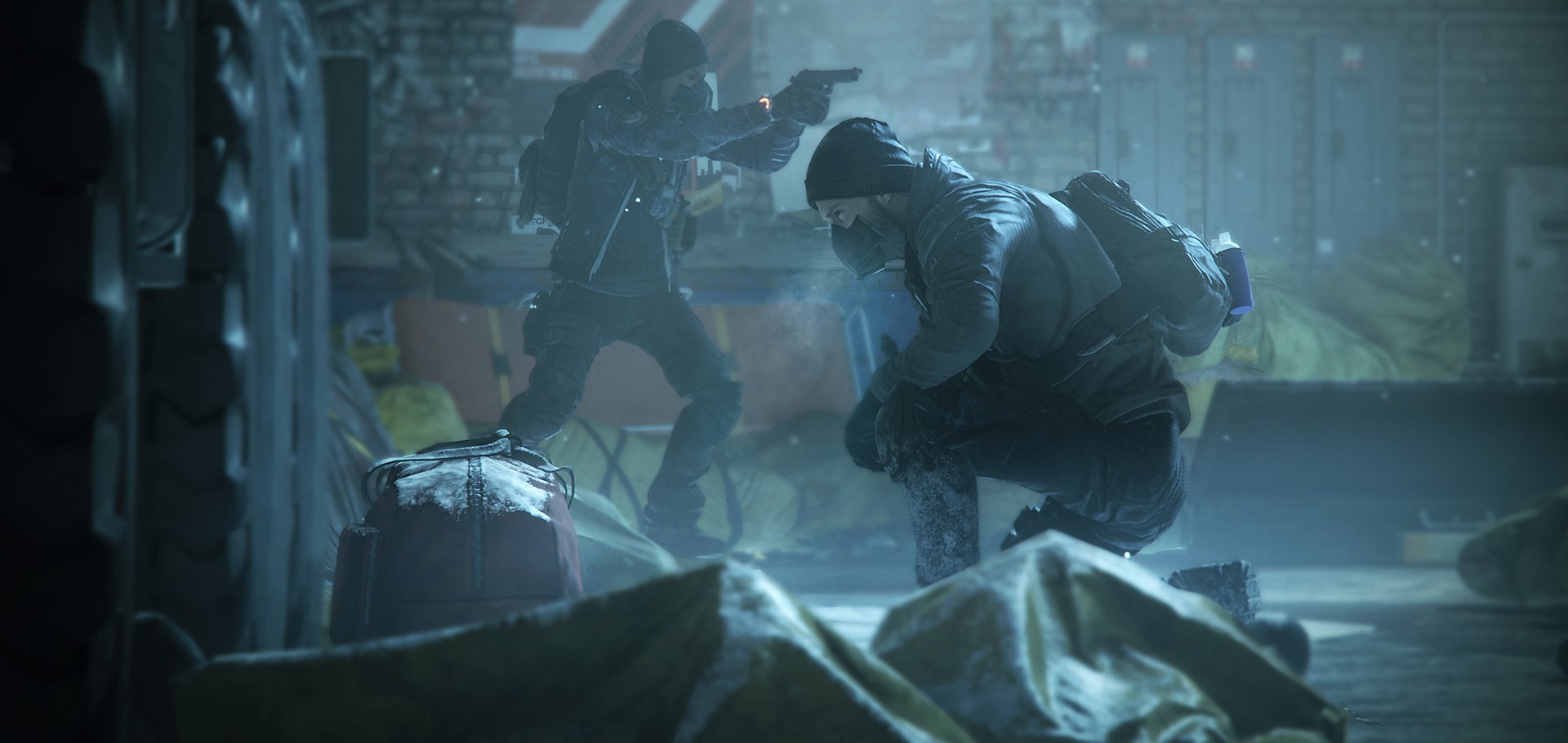
-
tom-clancys-the-division #75
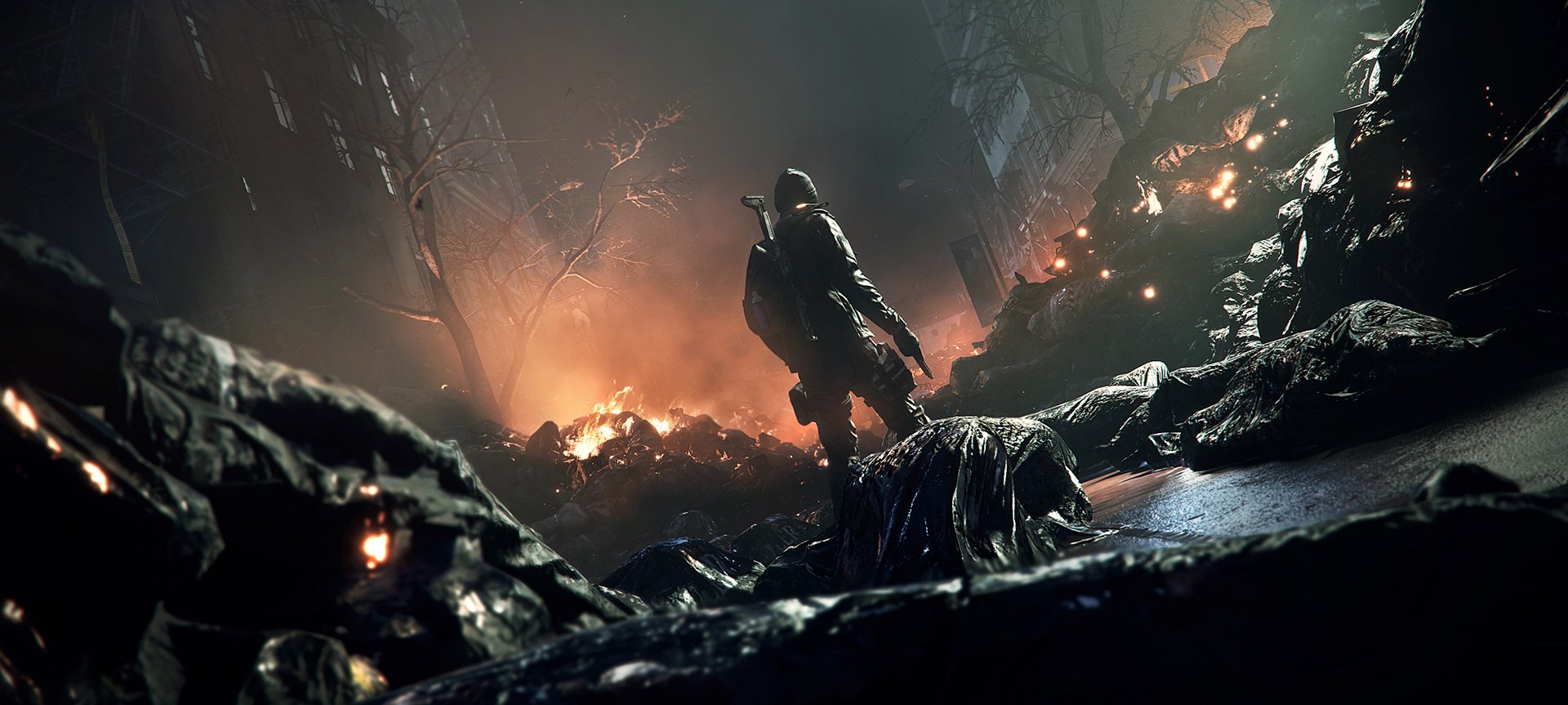
-
tom-clancys-the-division #76
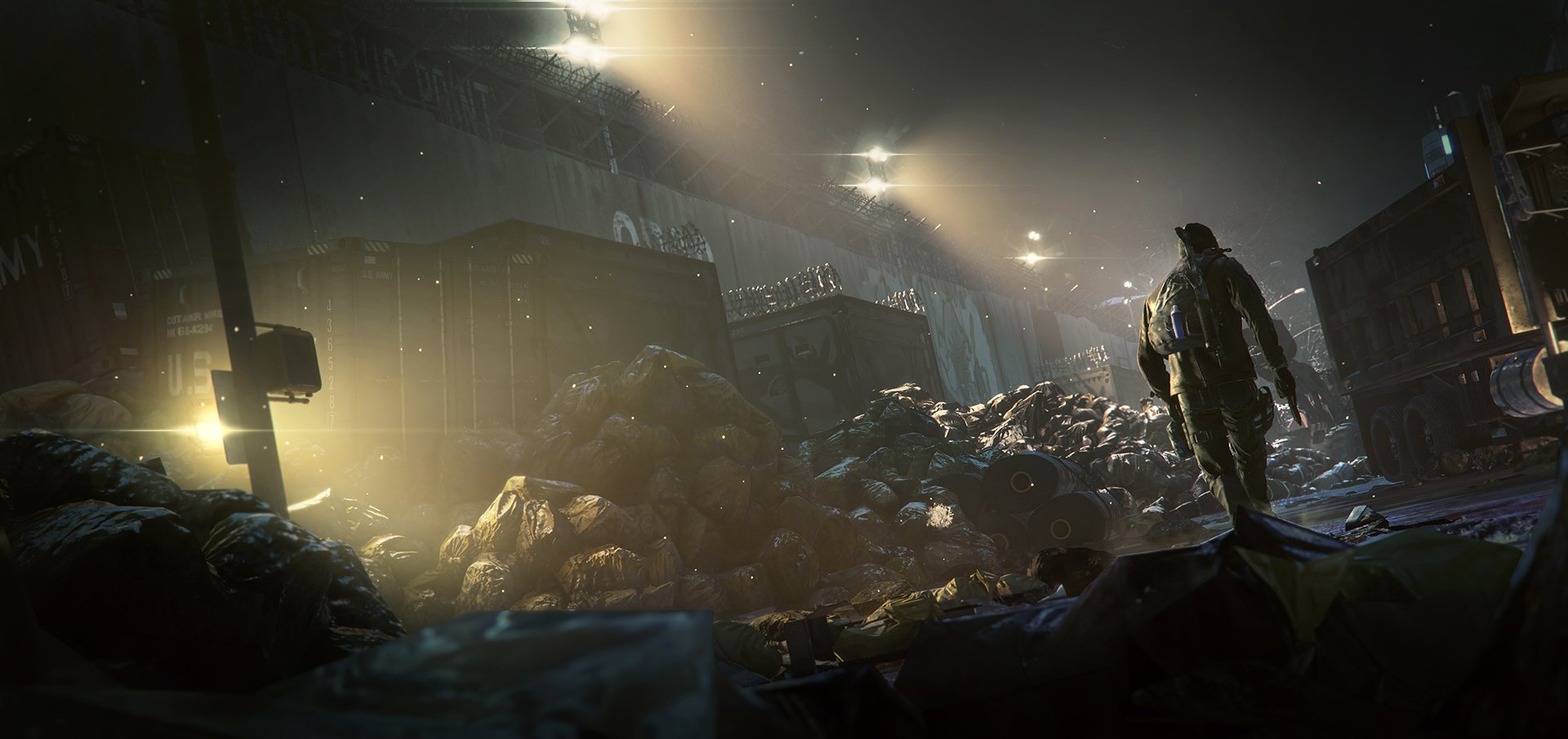
-
tom-clancys-the-division #77
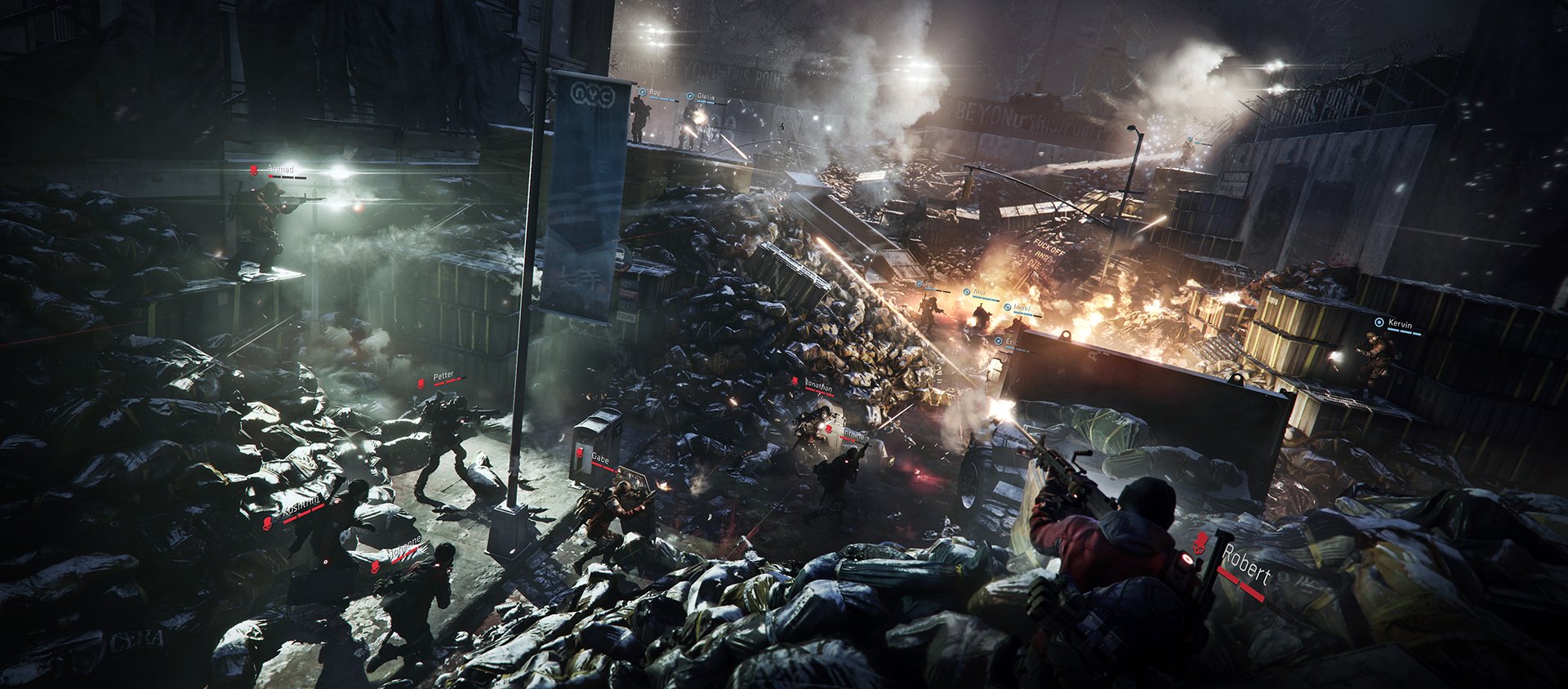
-
tom-clancys-the-division #78
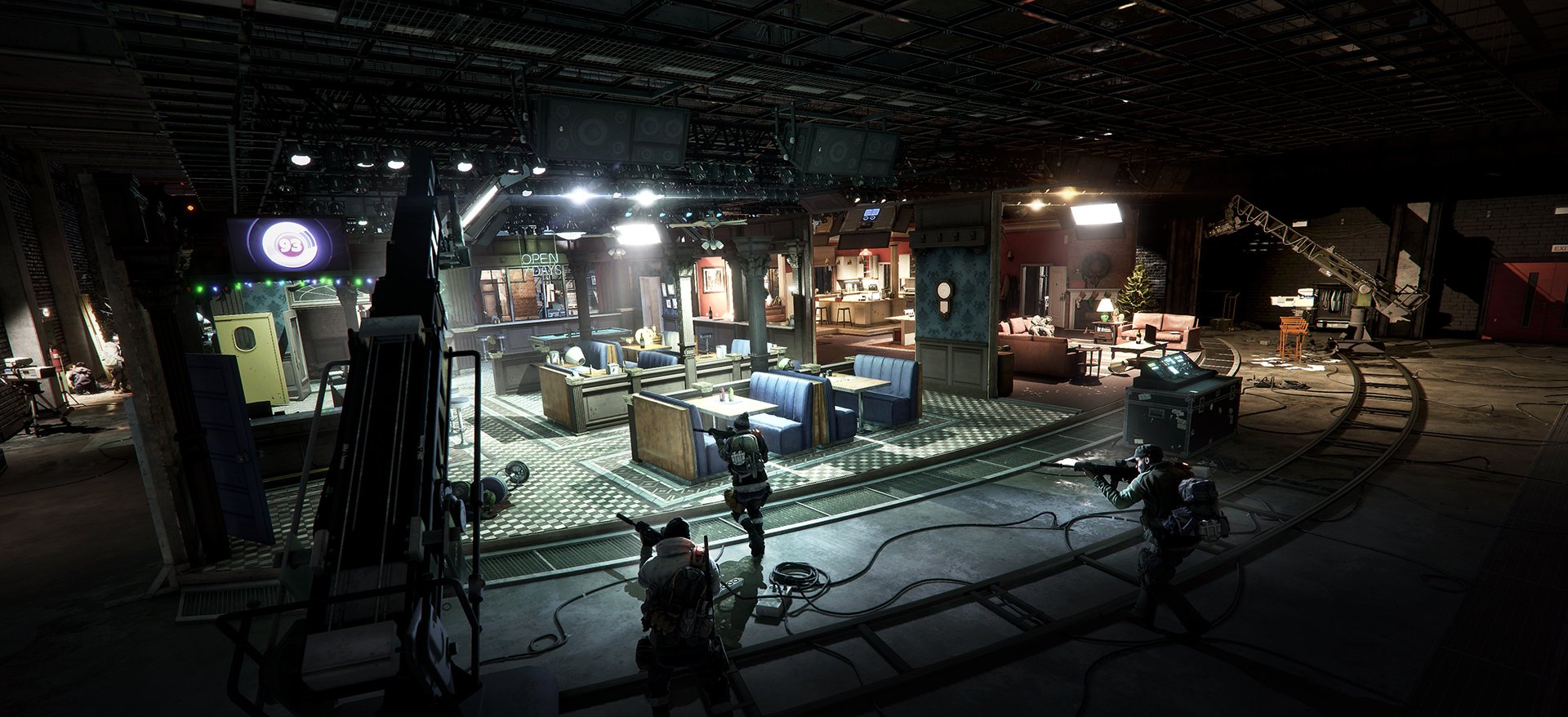
-
tom-clancys-the-division #79
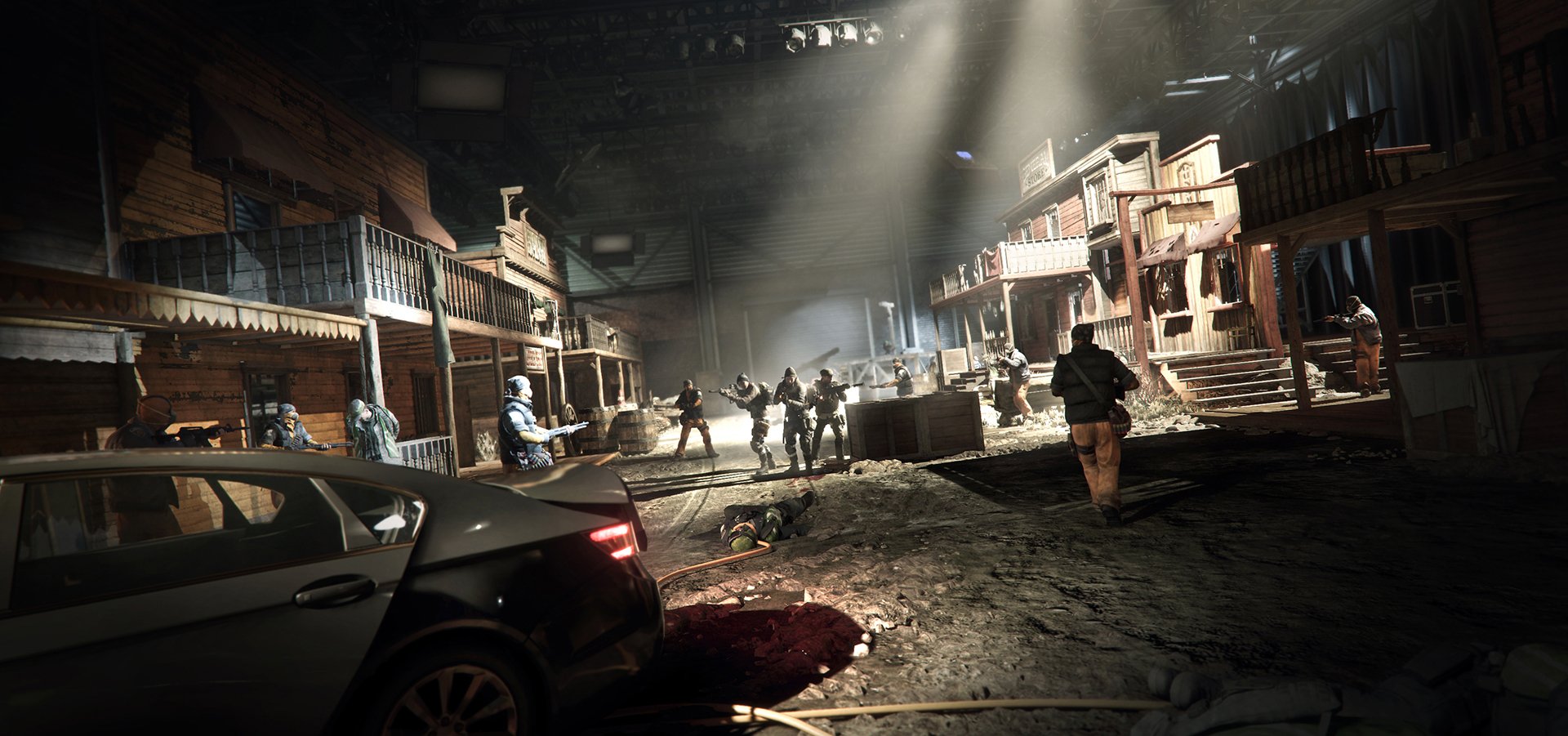
-
tom-clancys-the-division #80
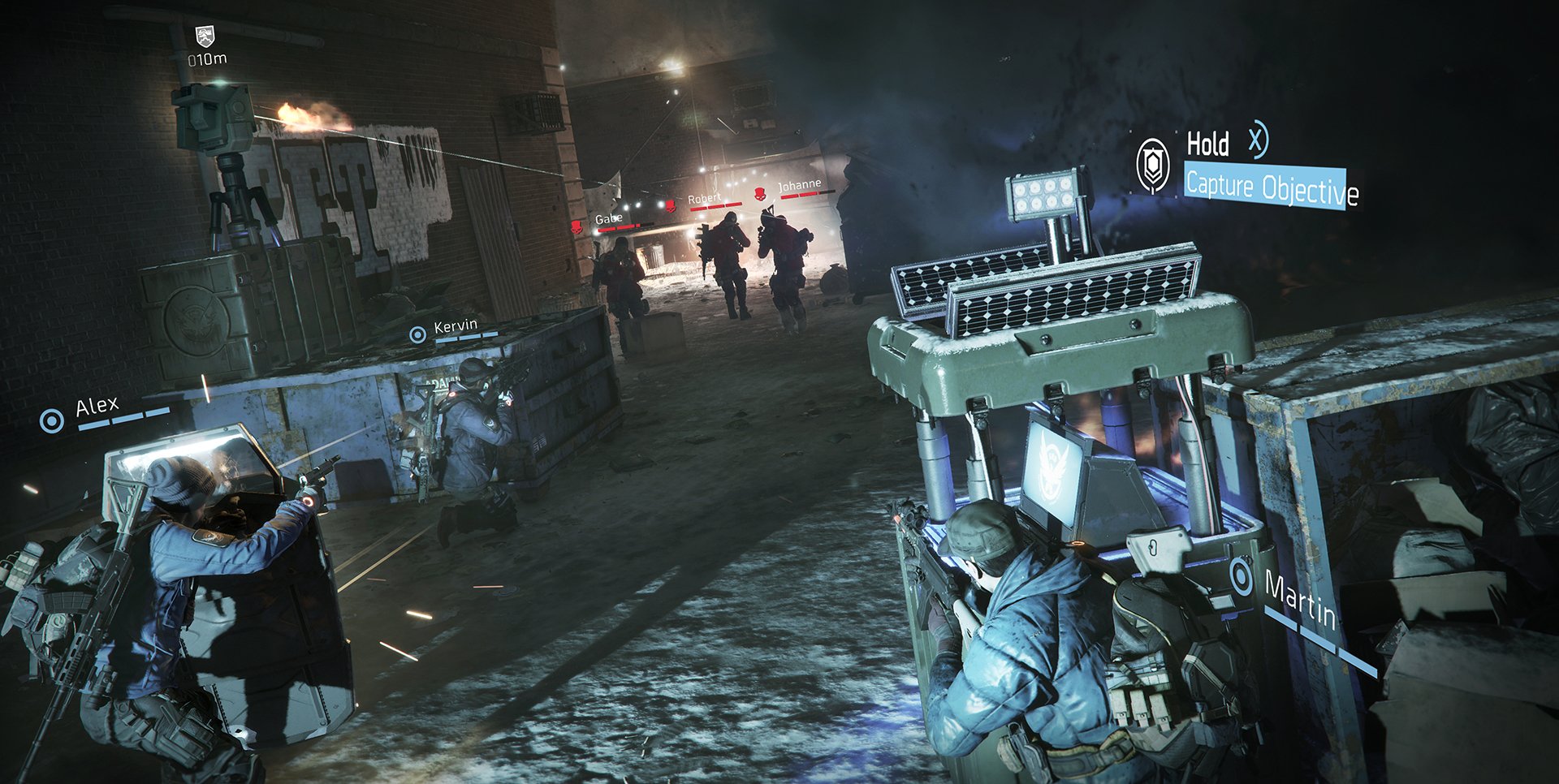
-
tom-clancys-the-division #81

-
tom-clancys-the-division #82
